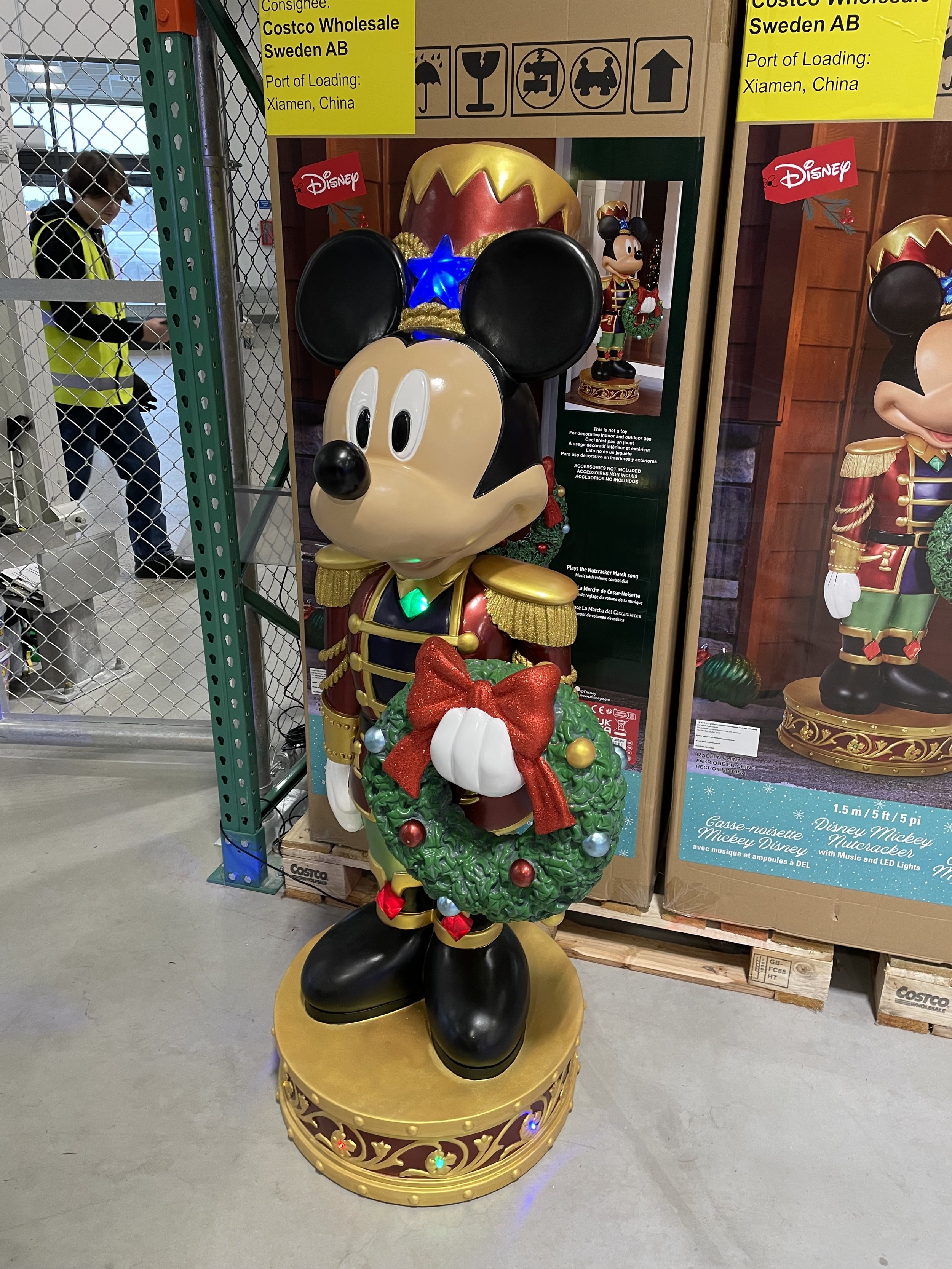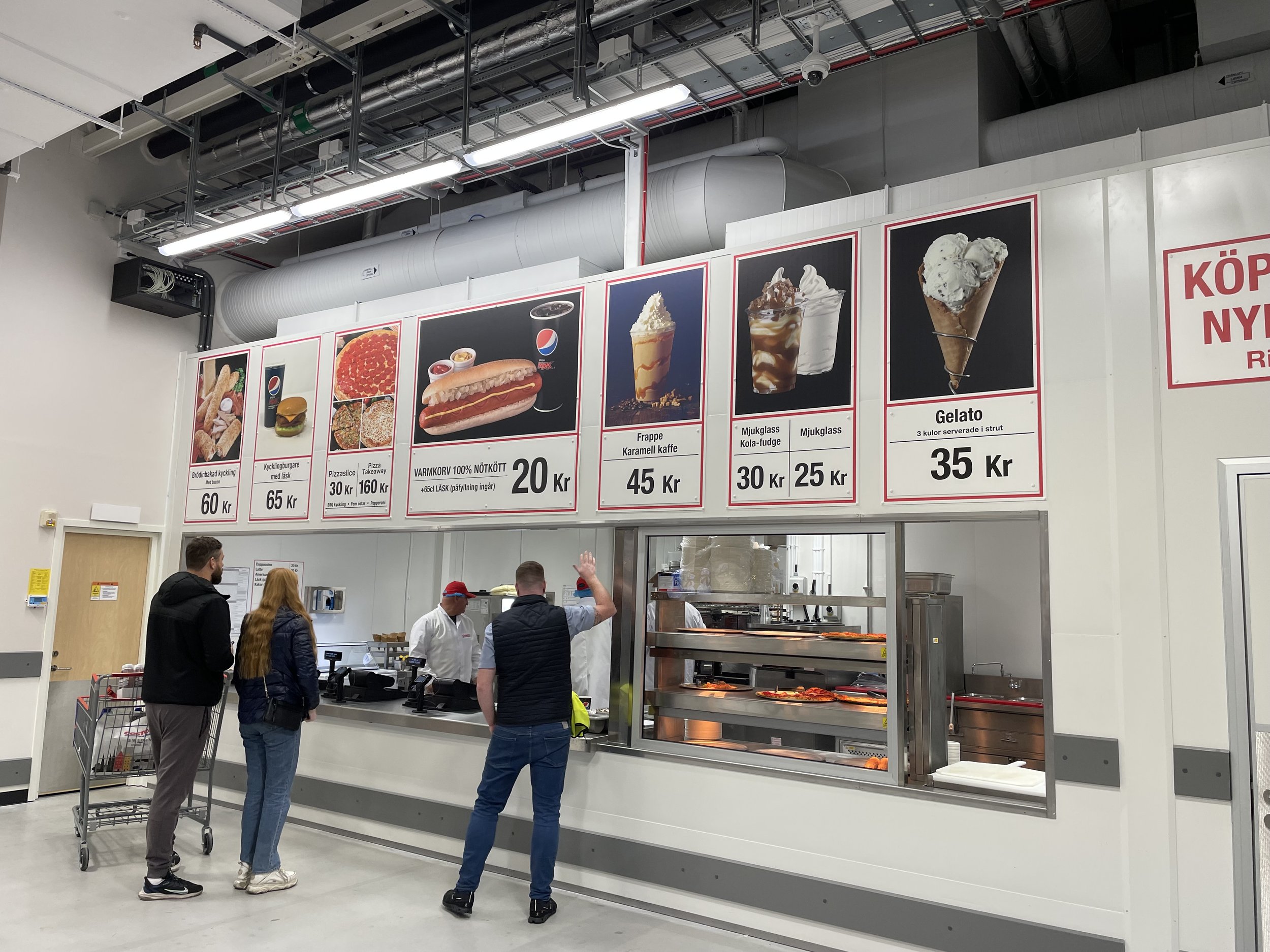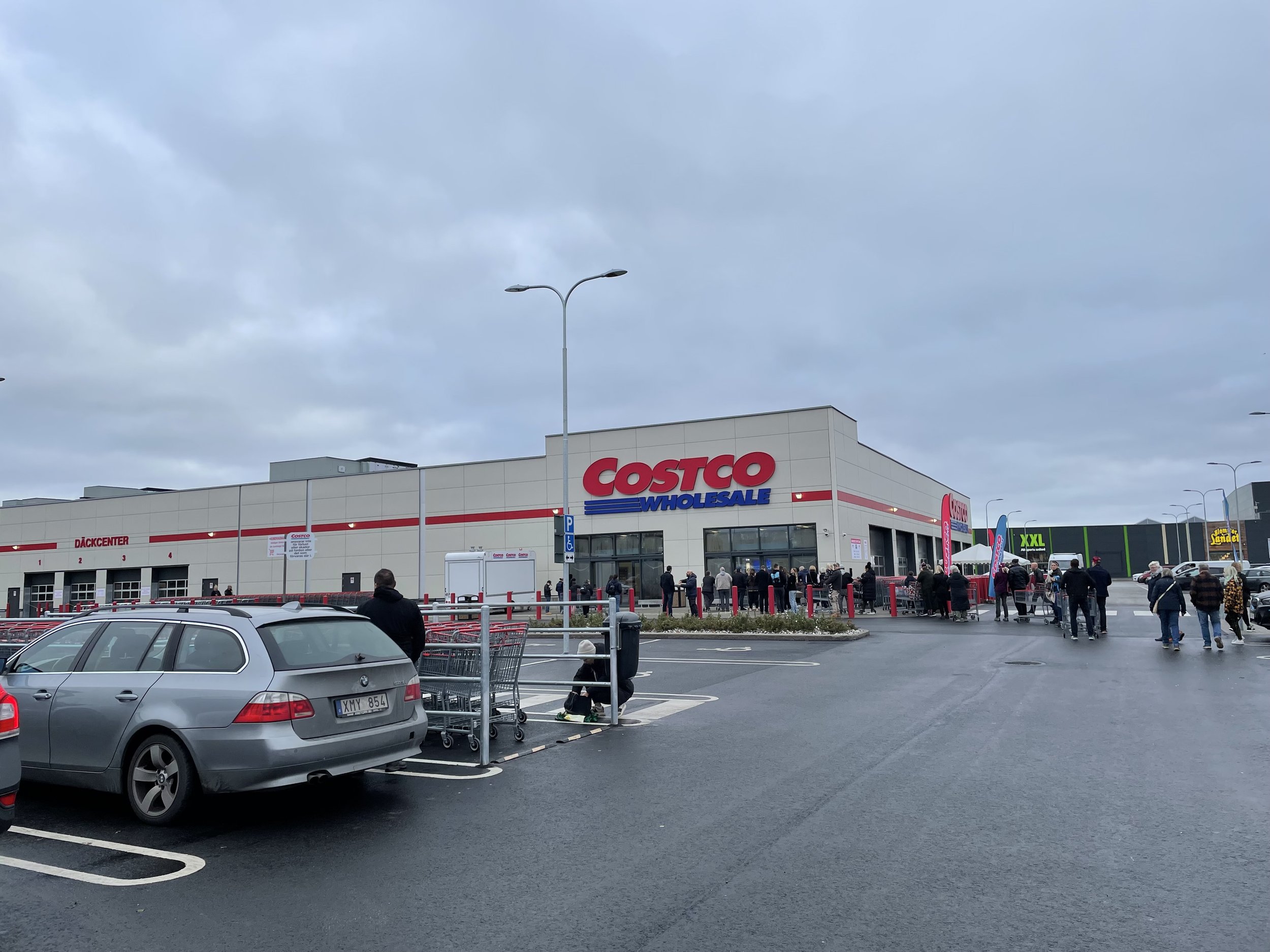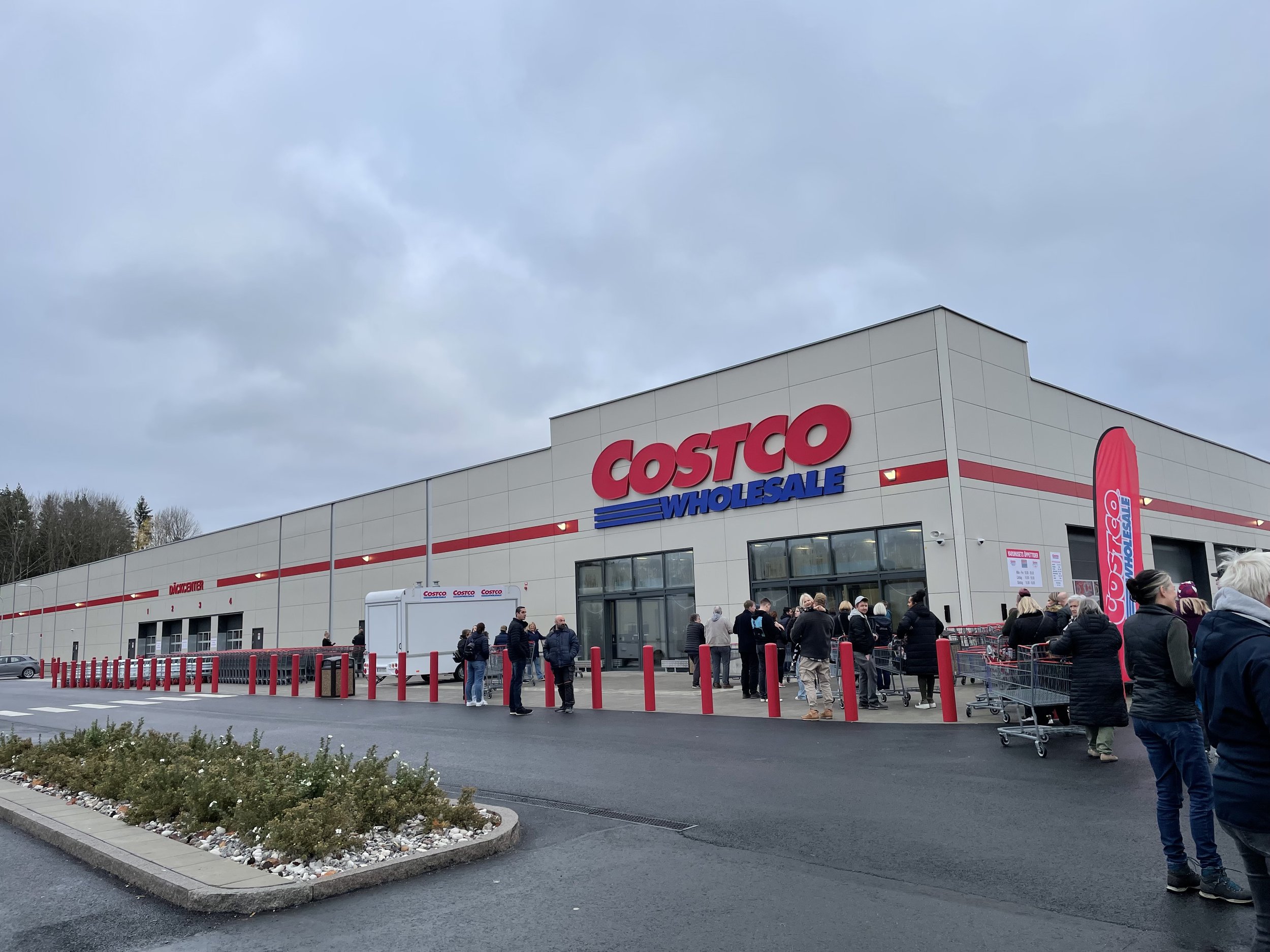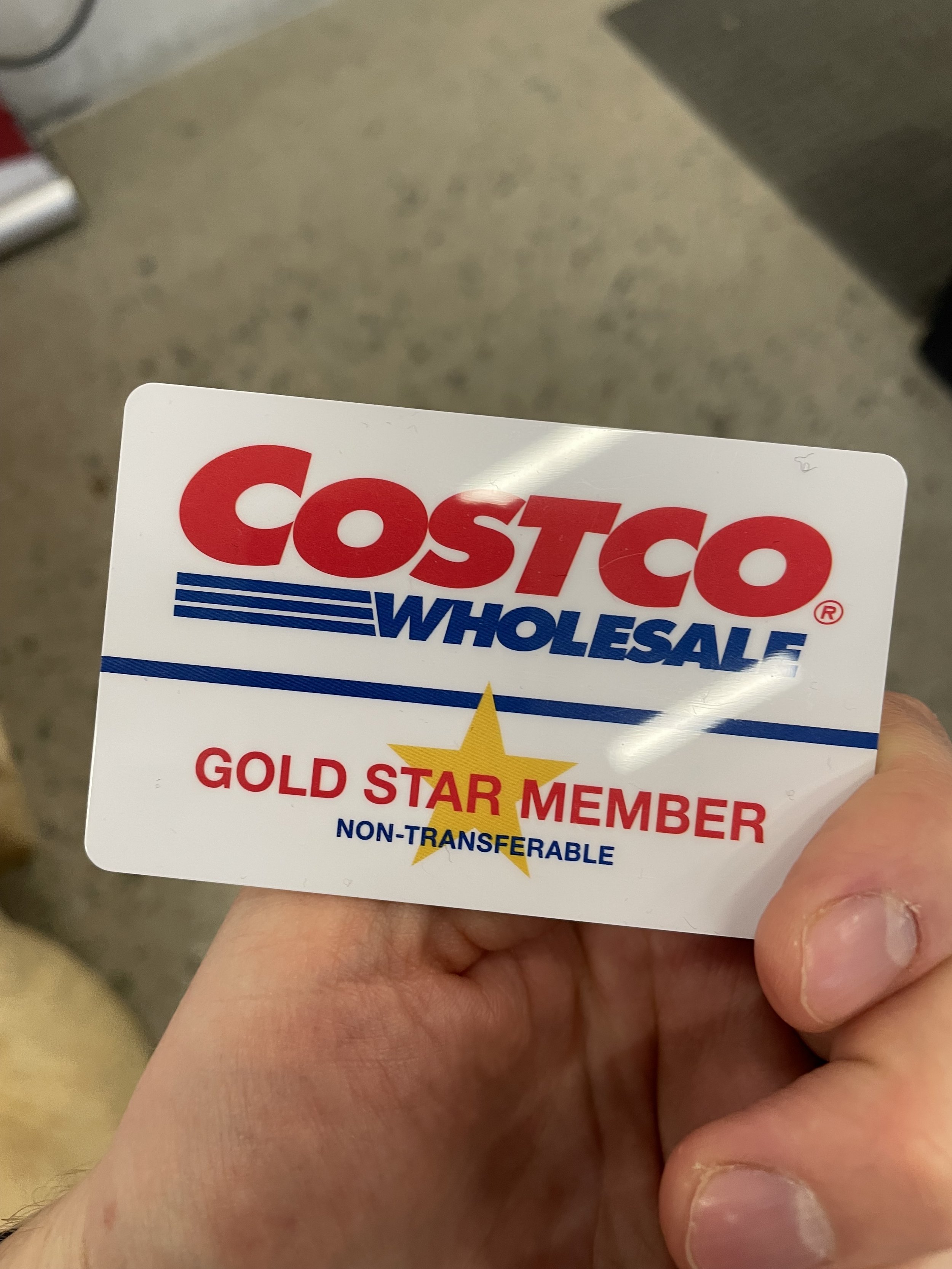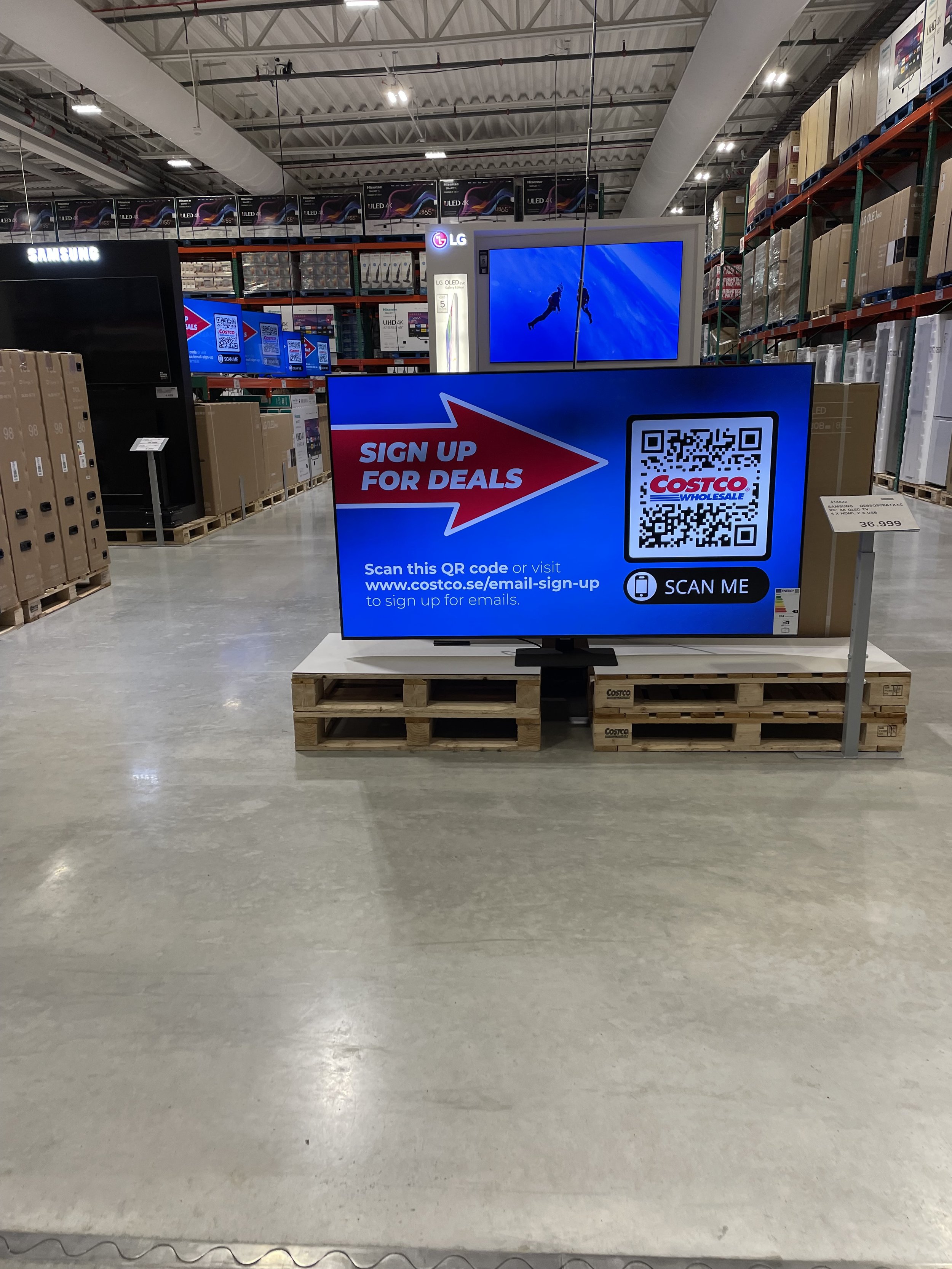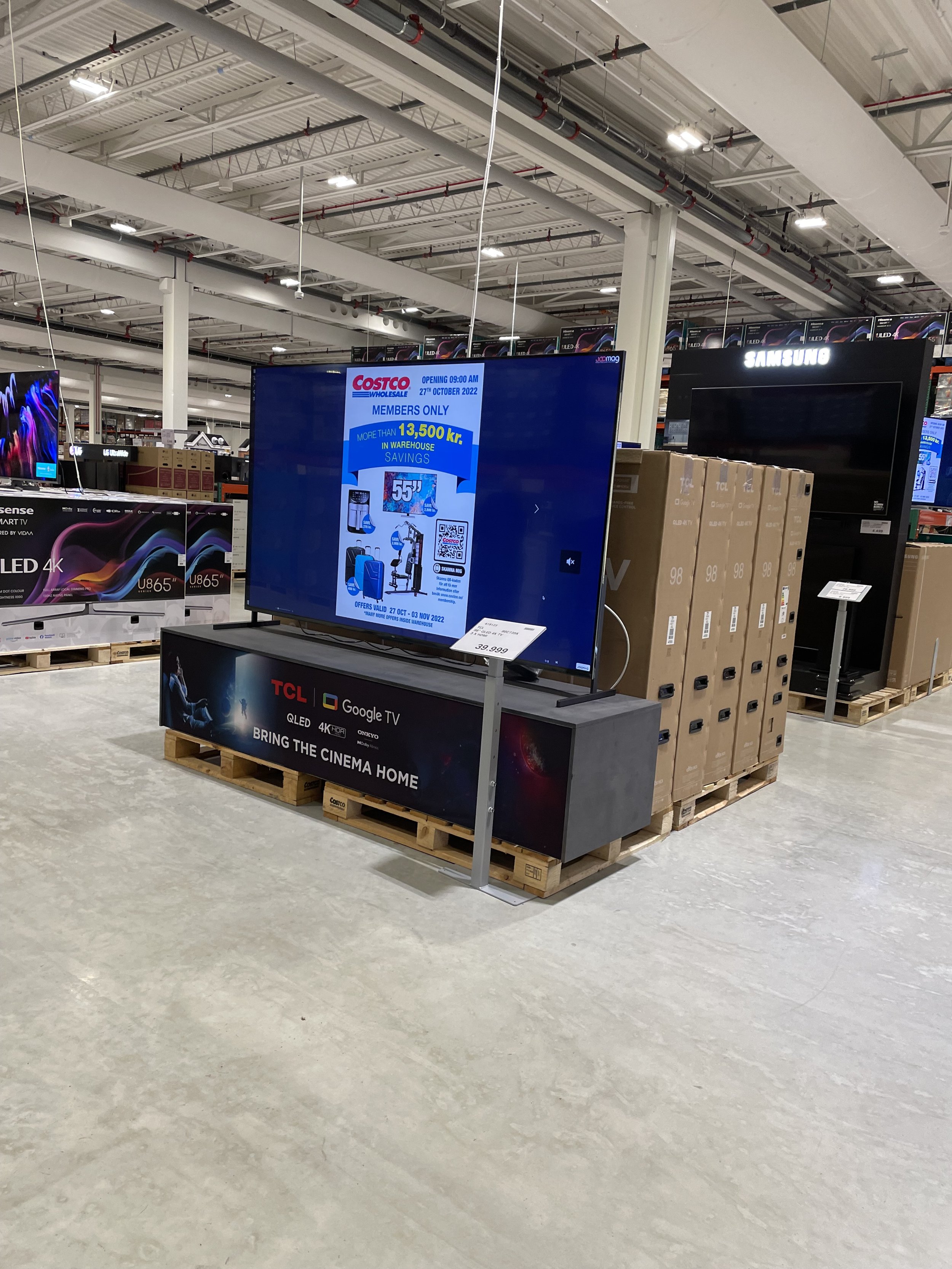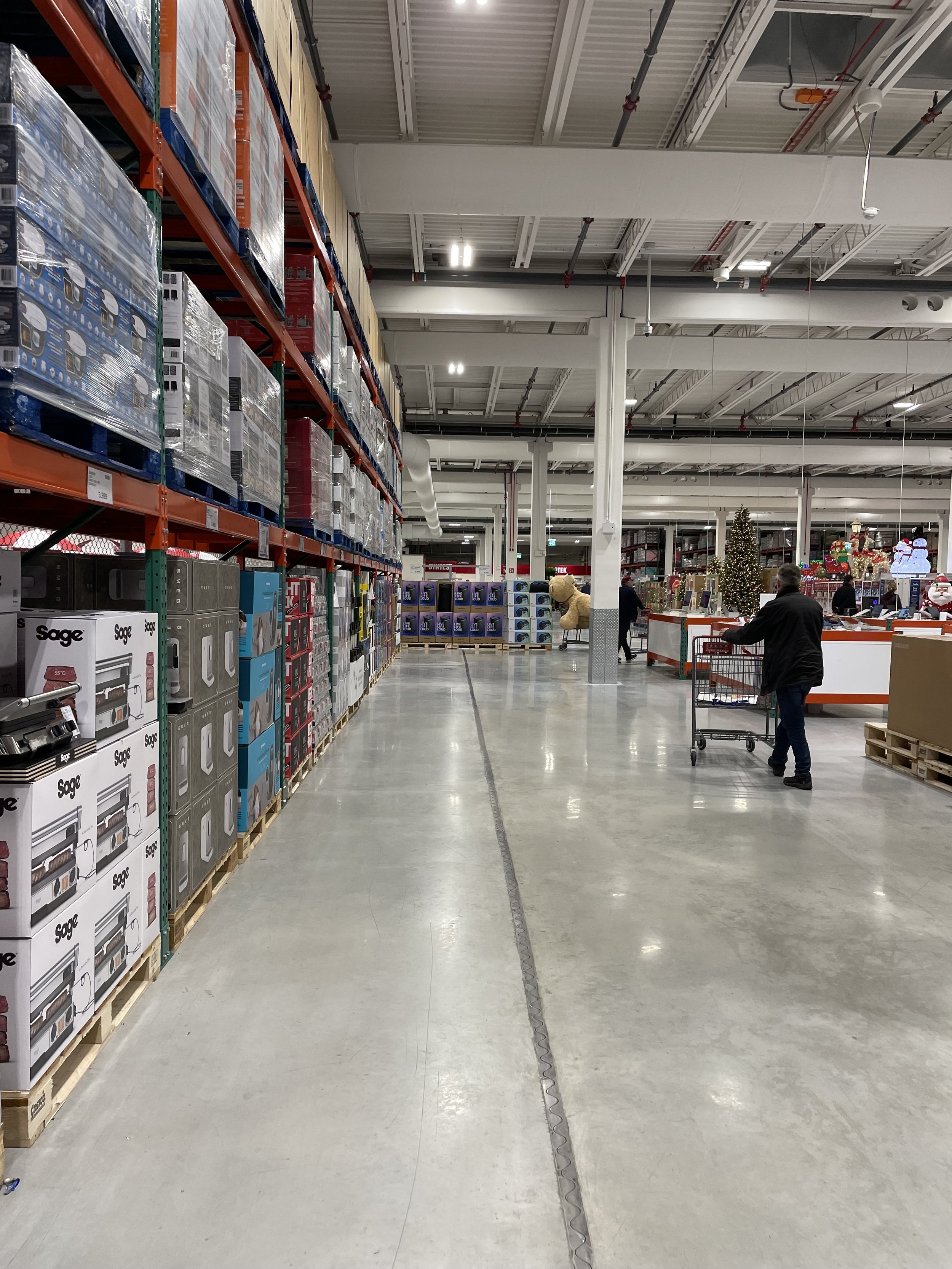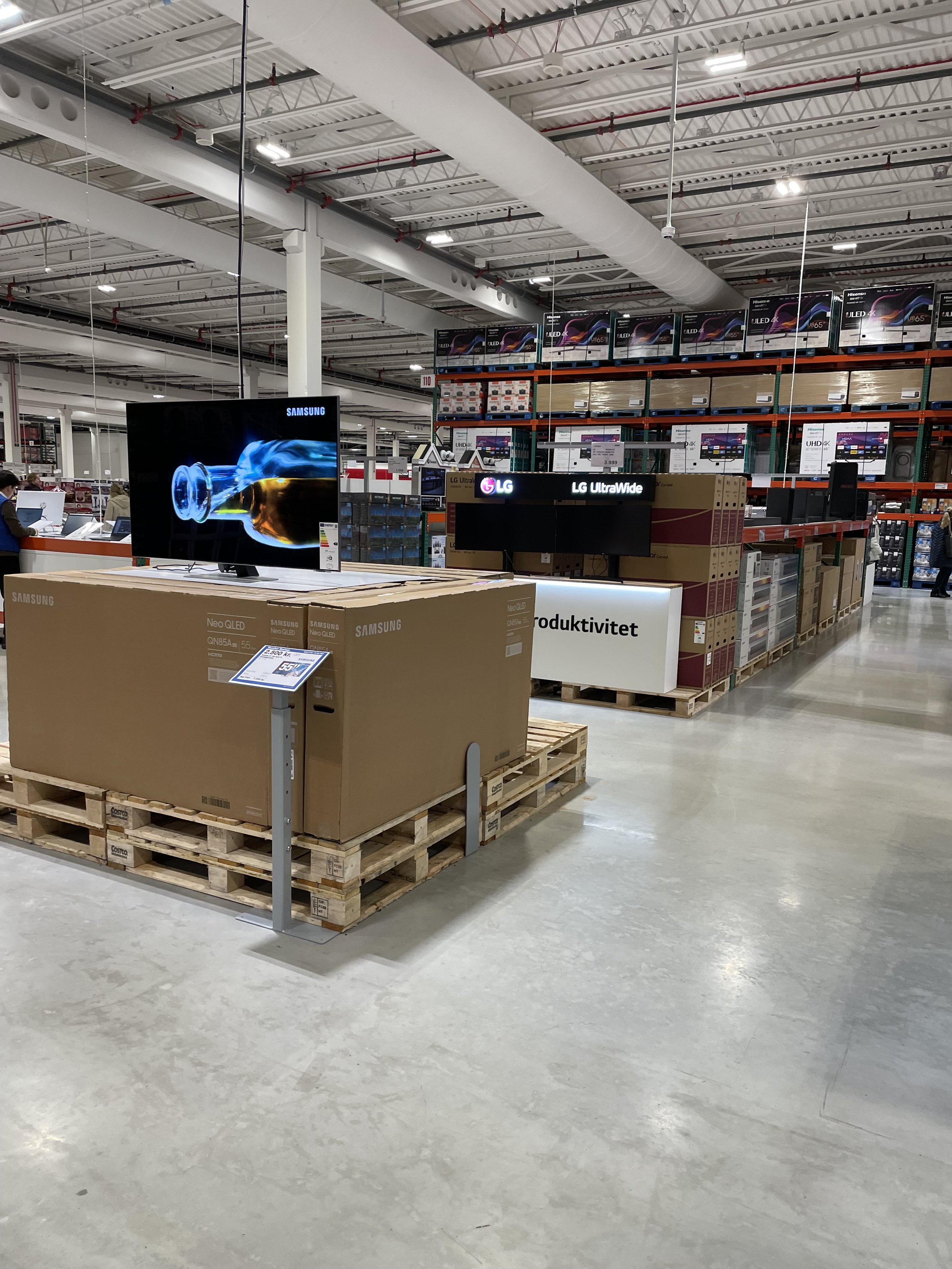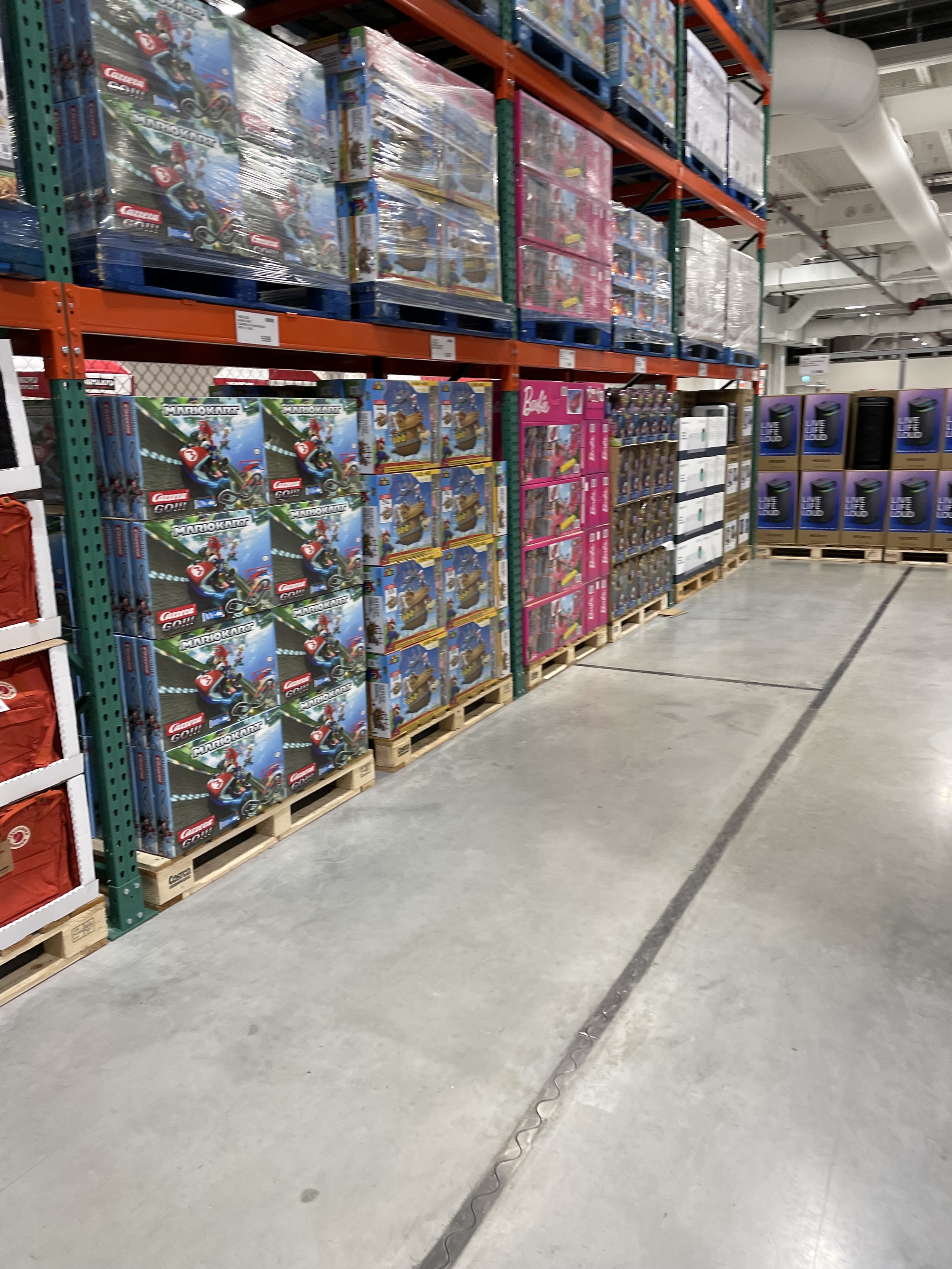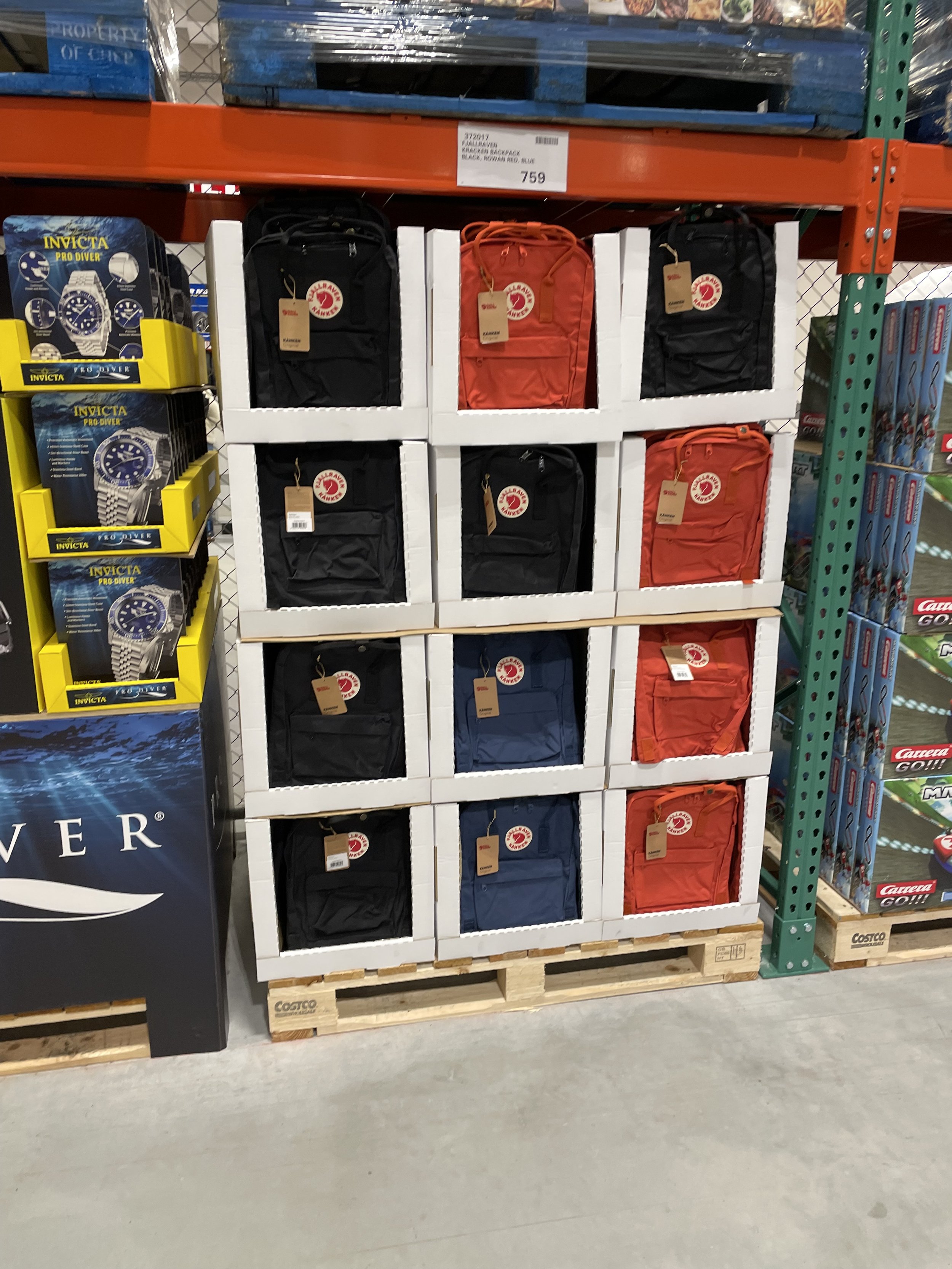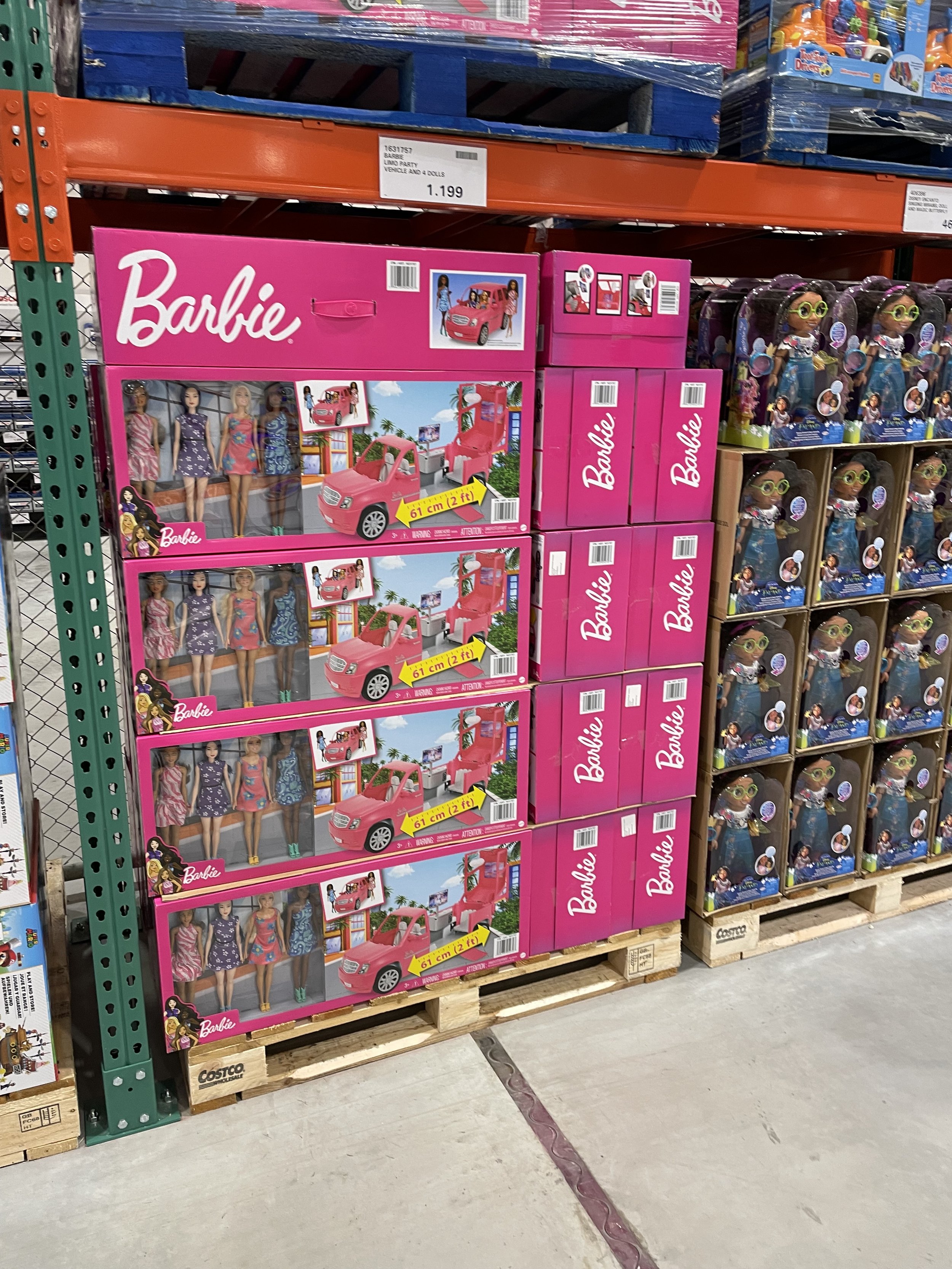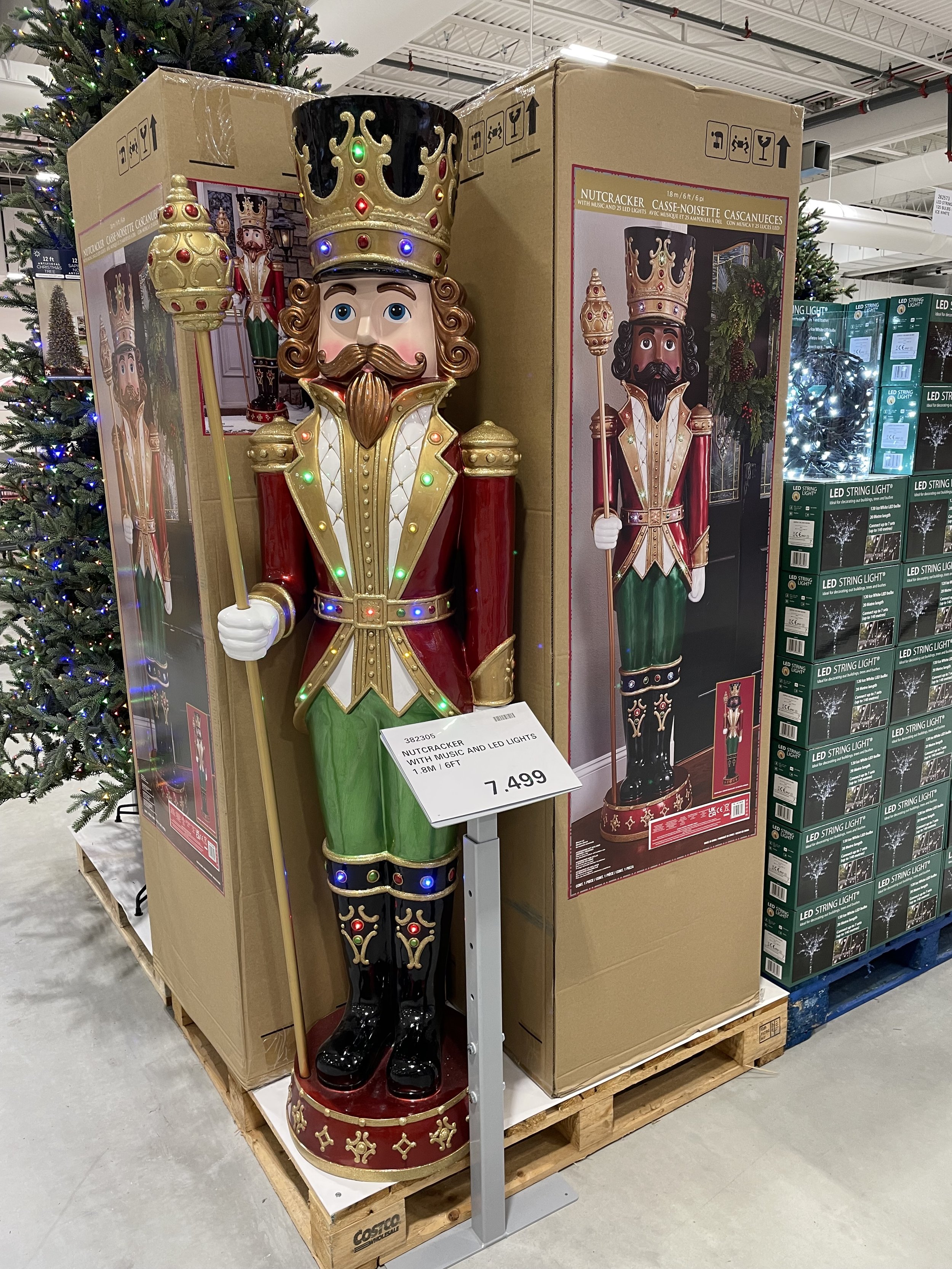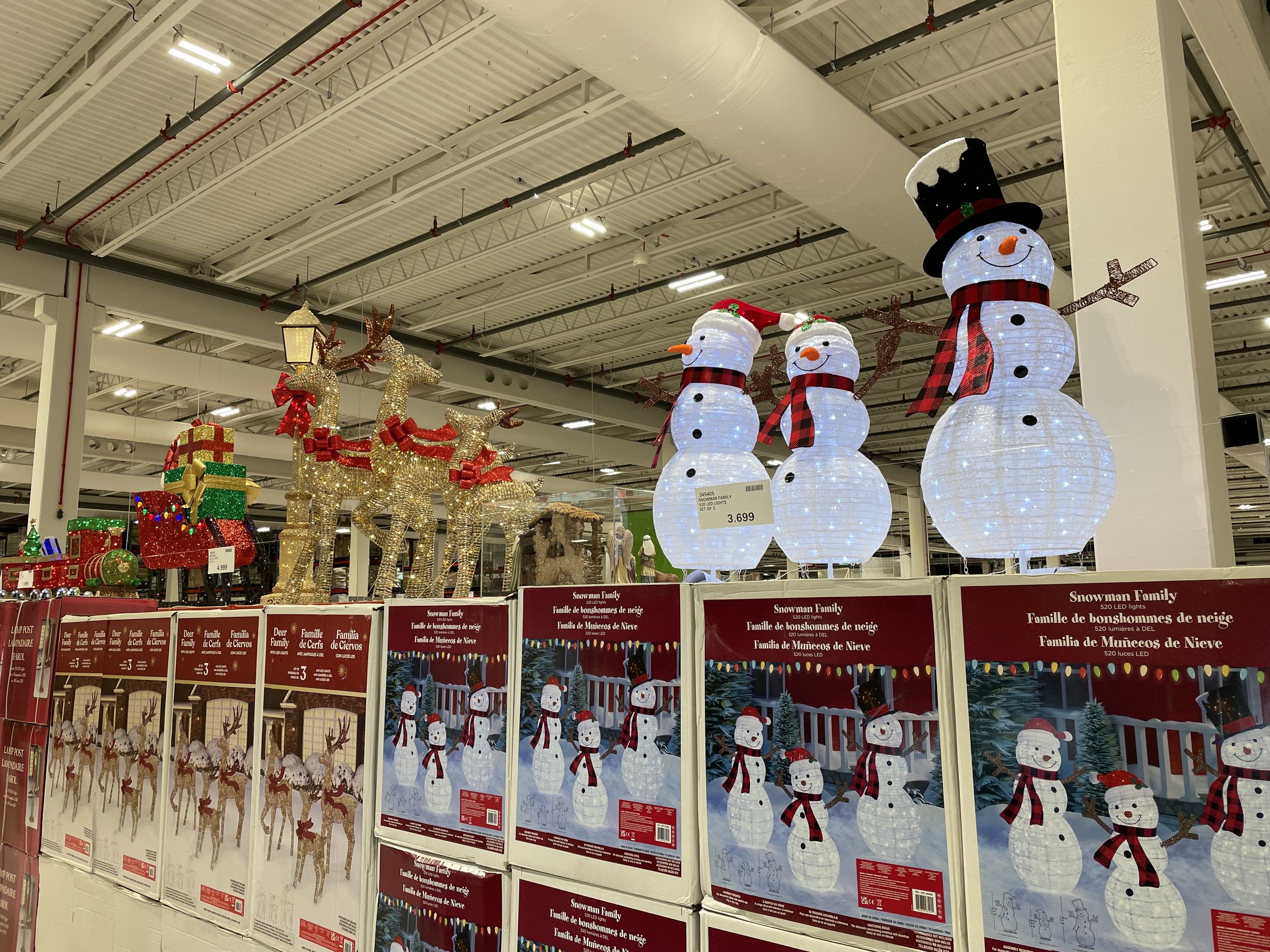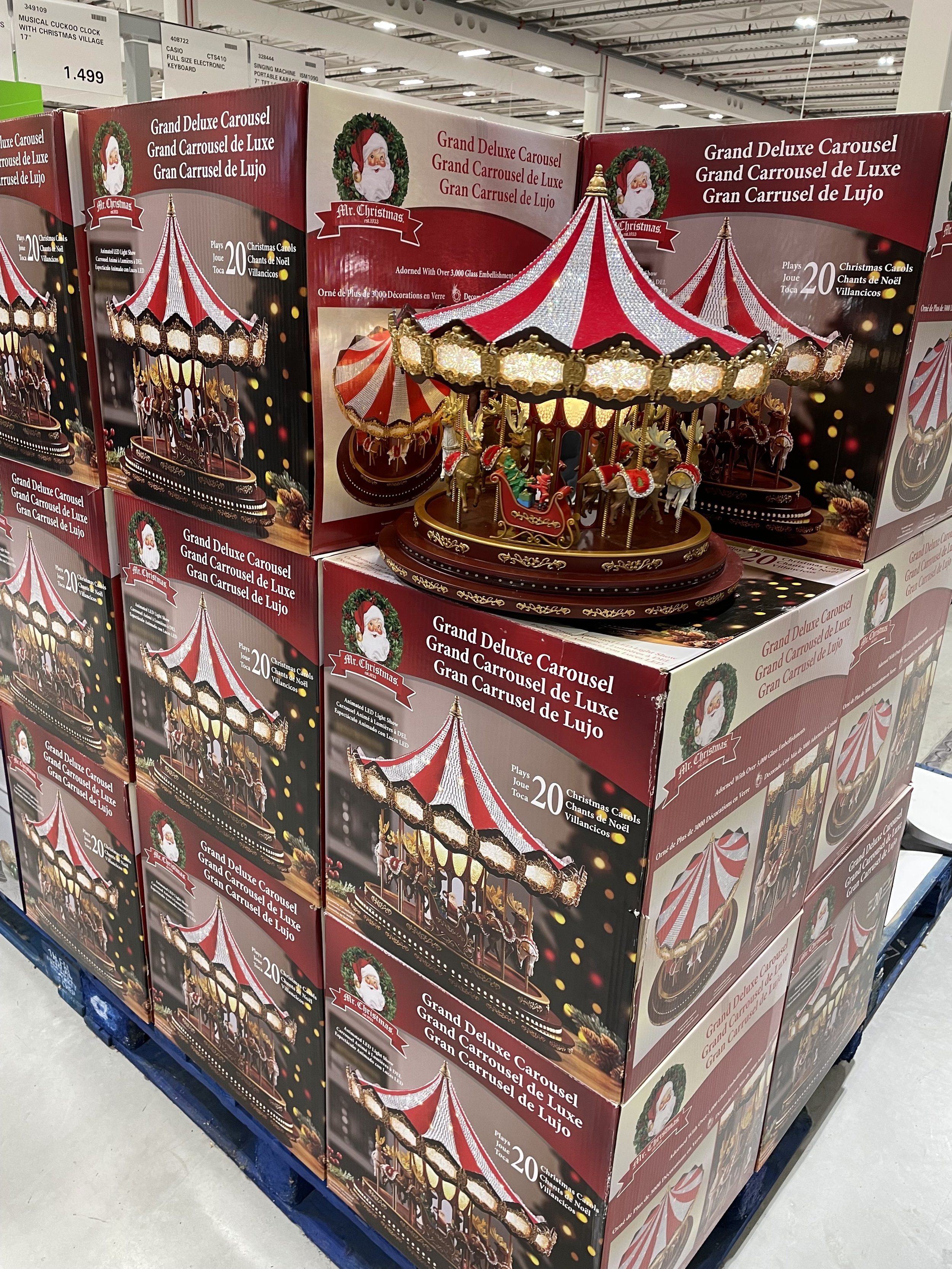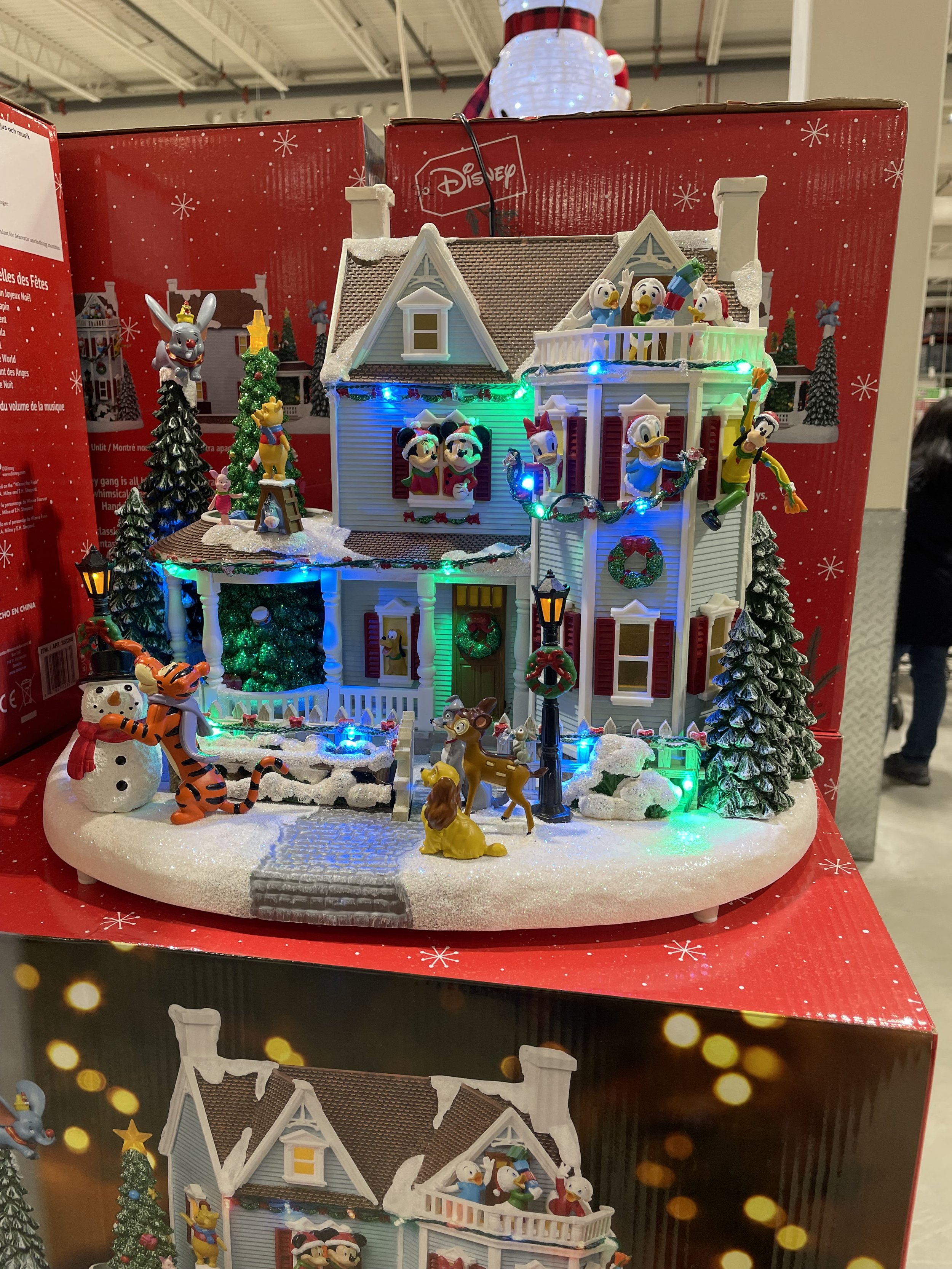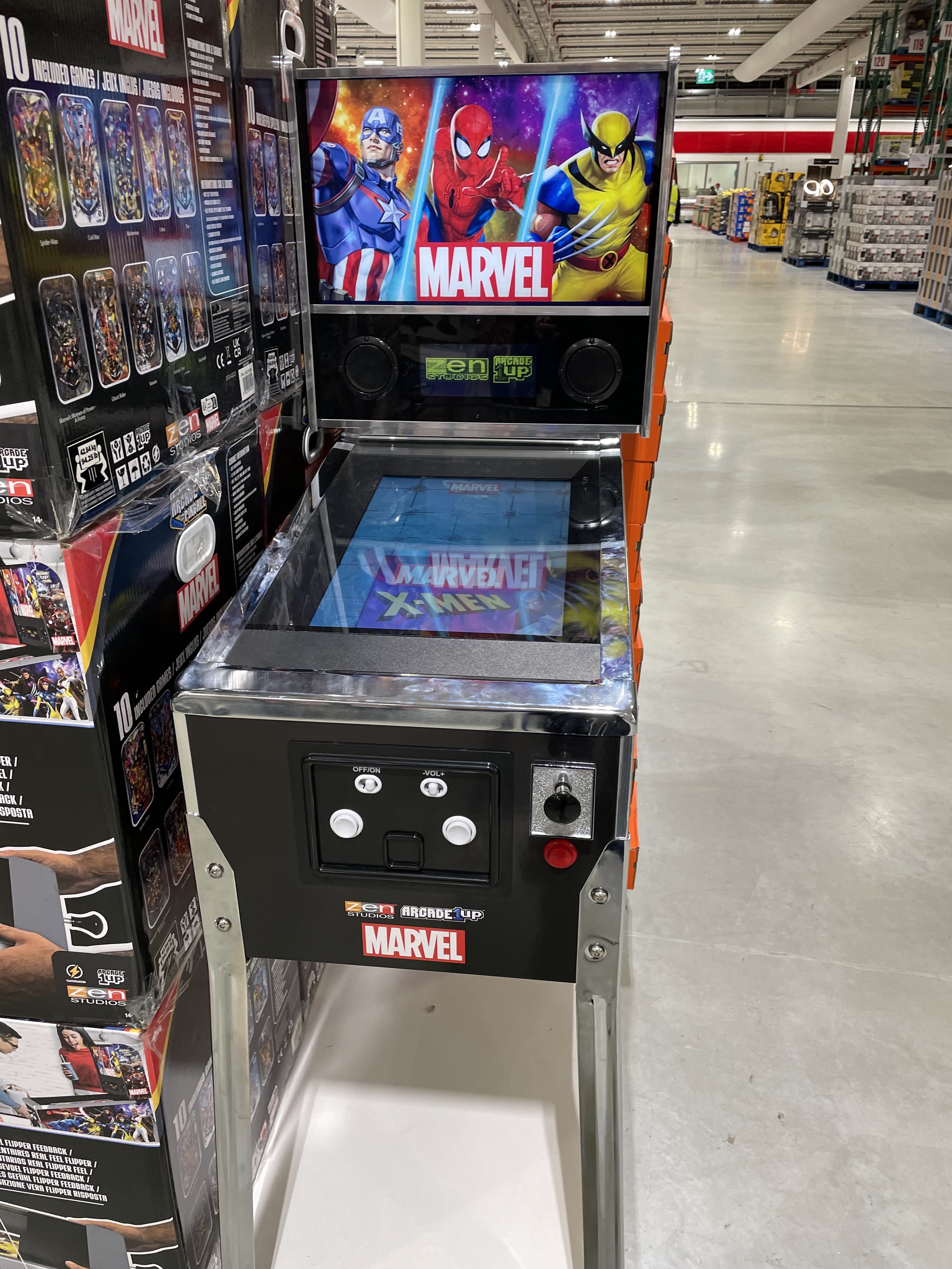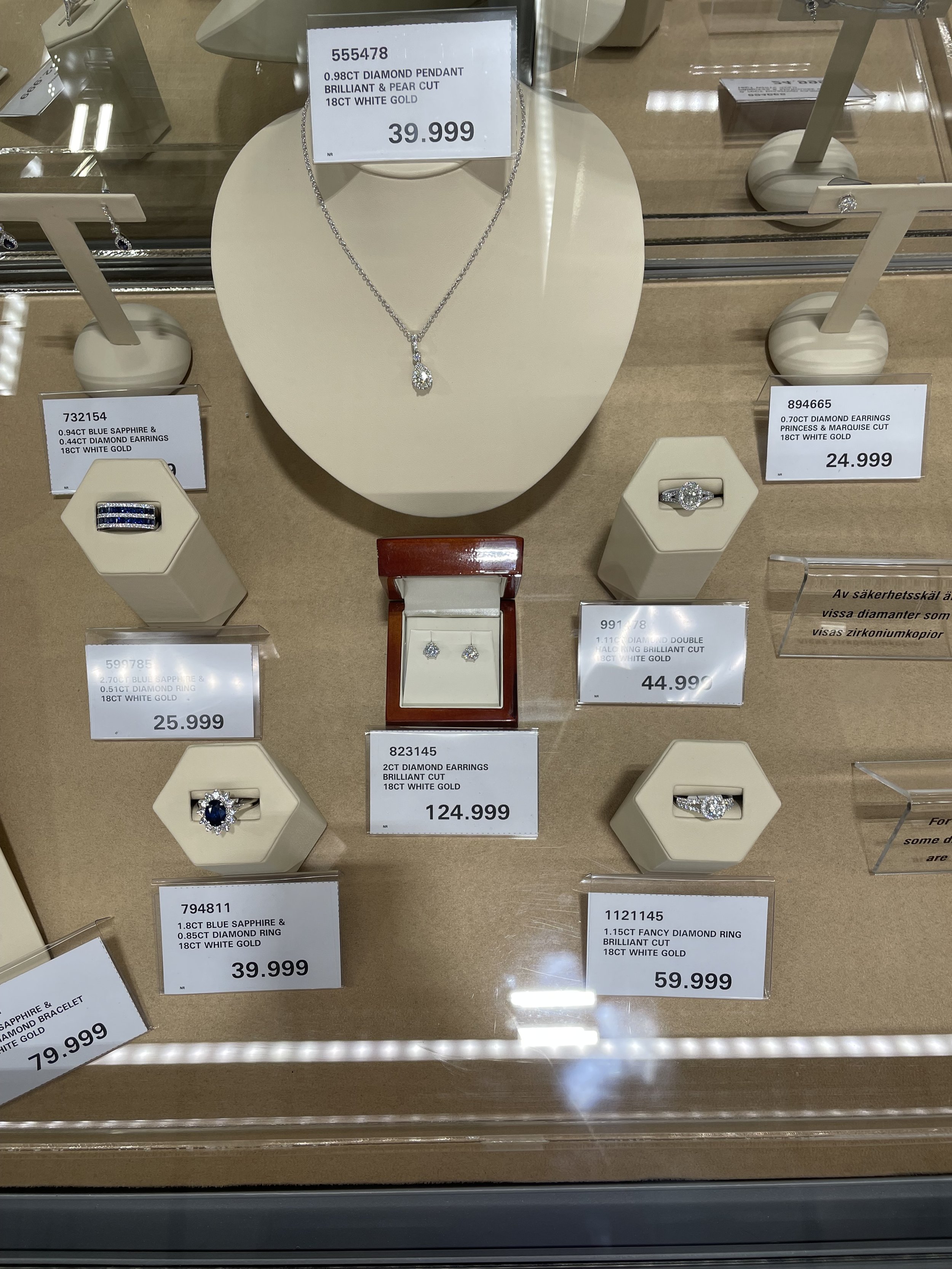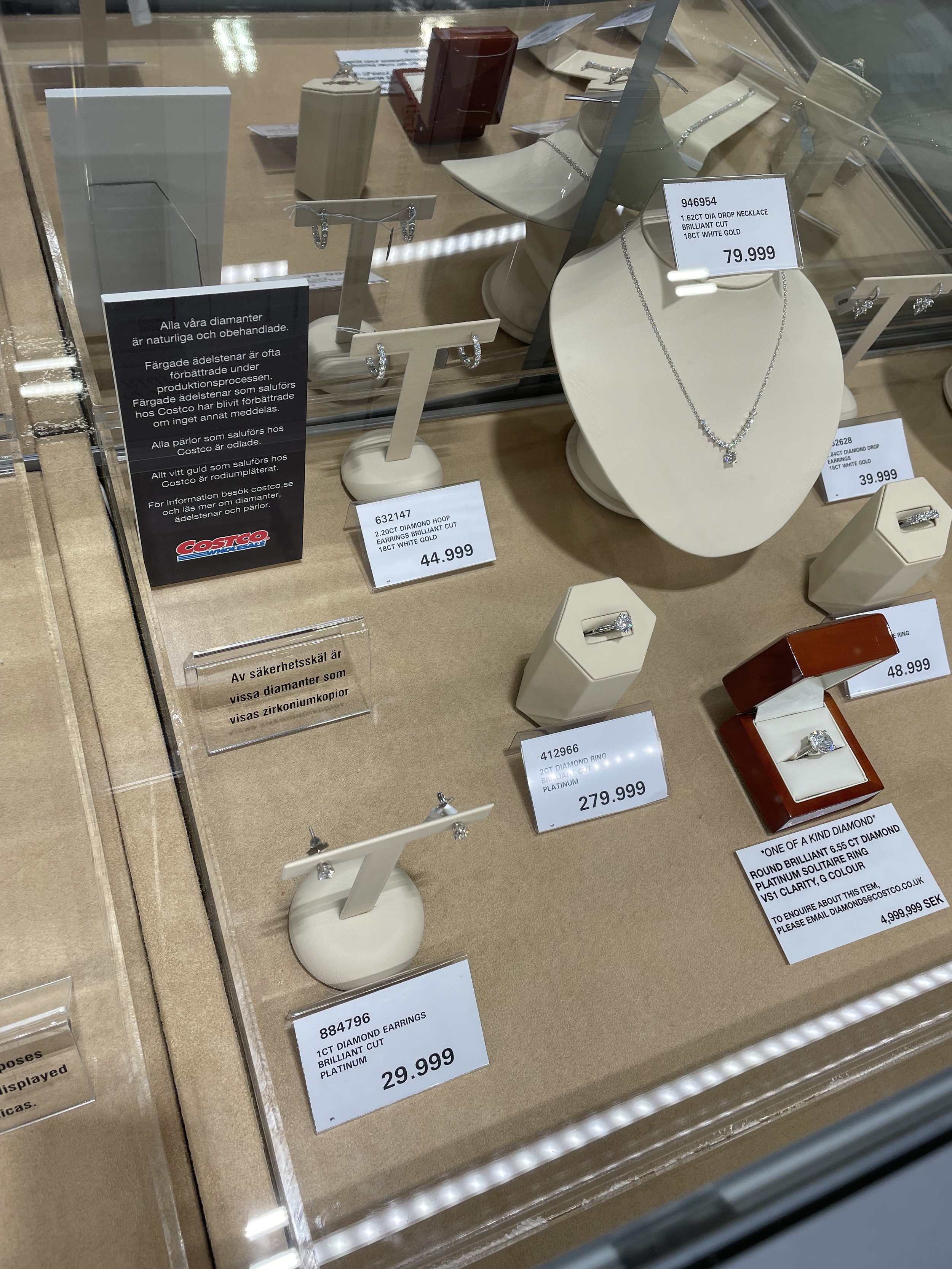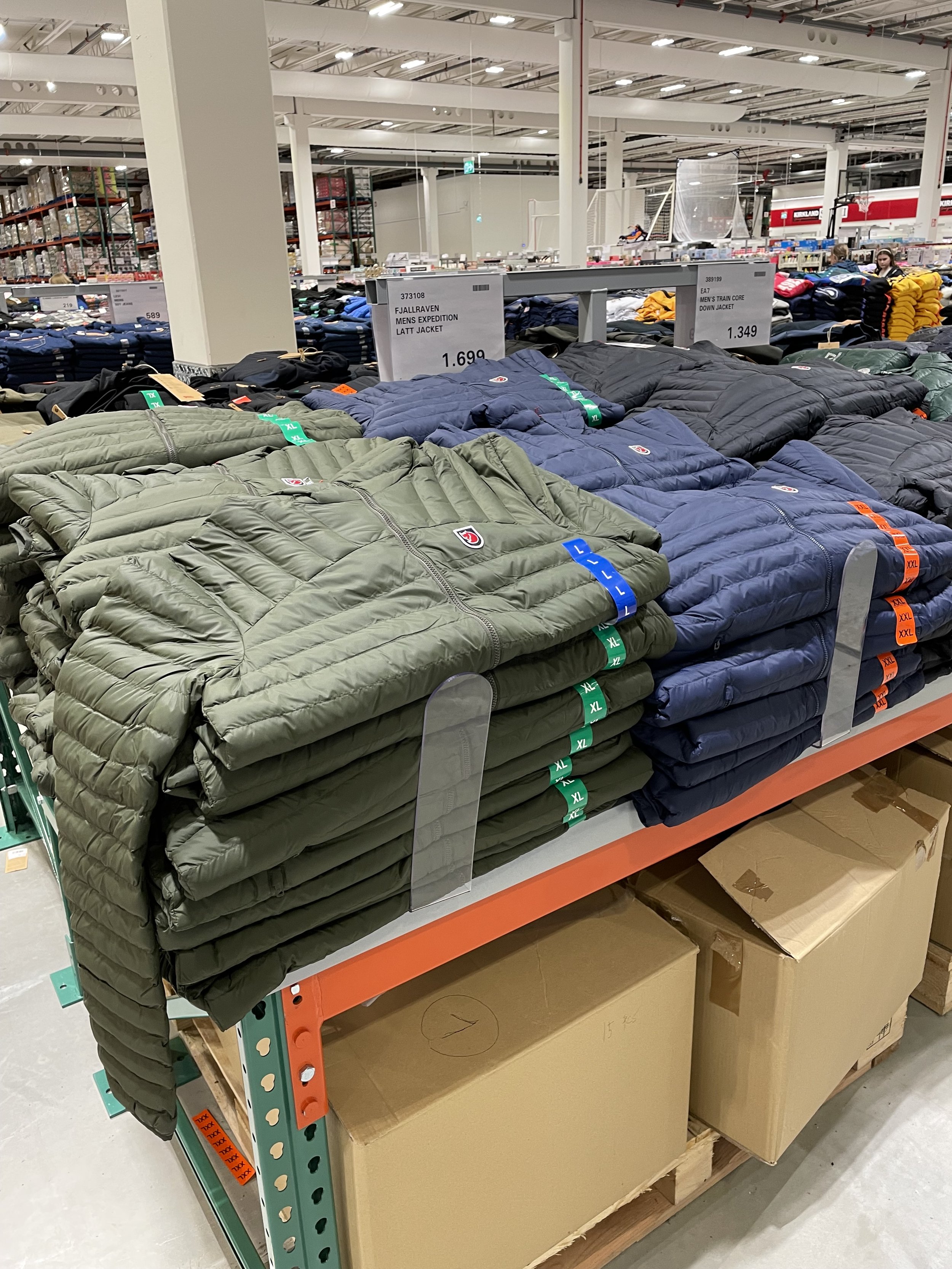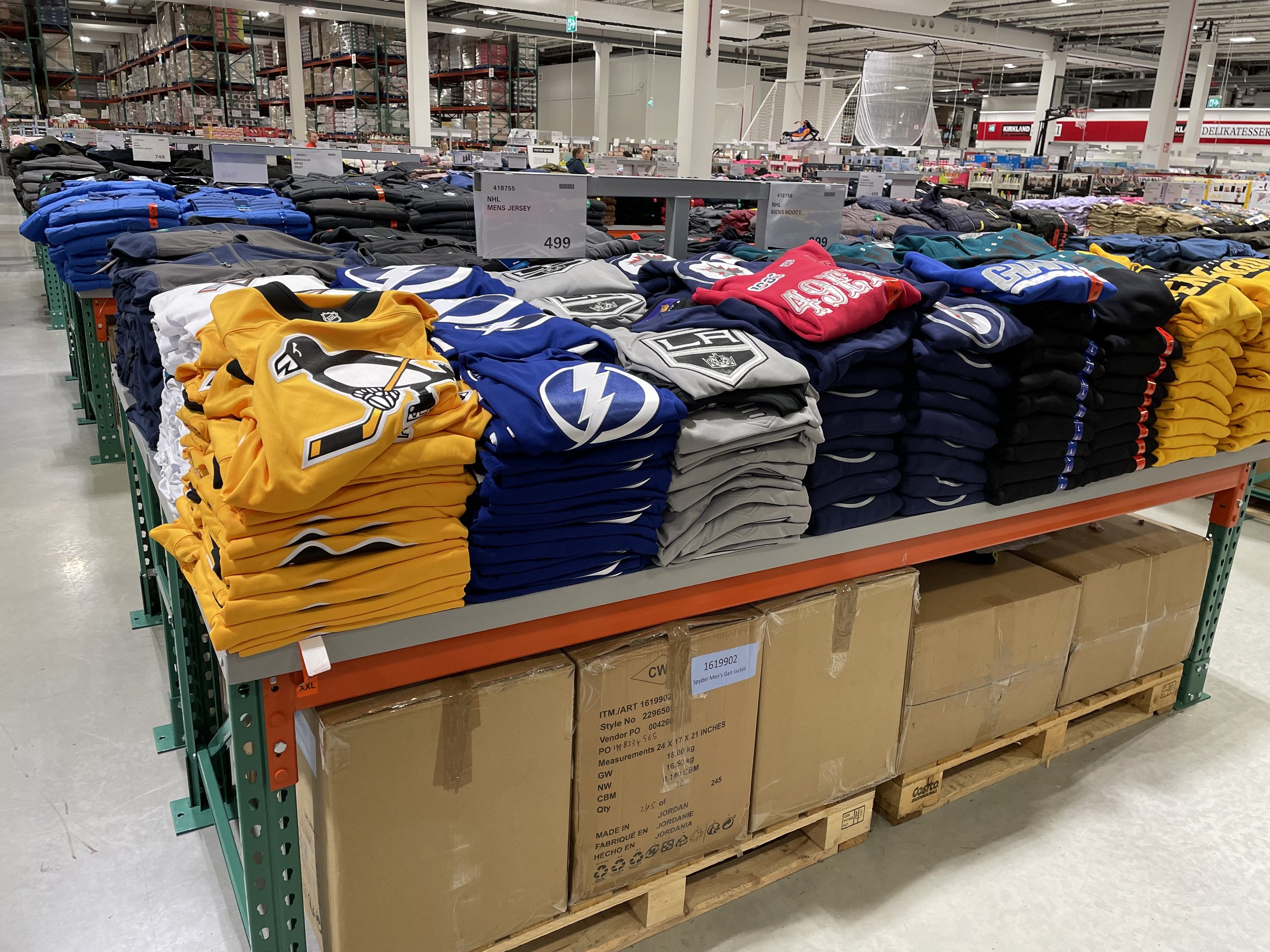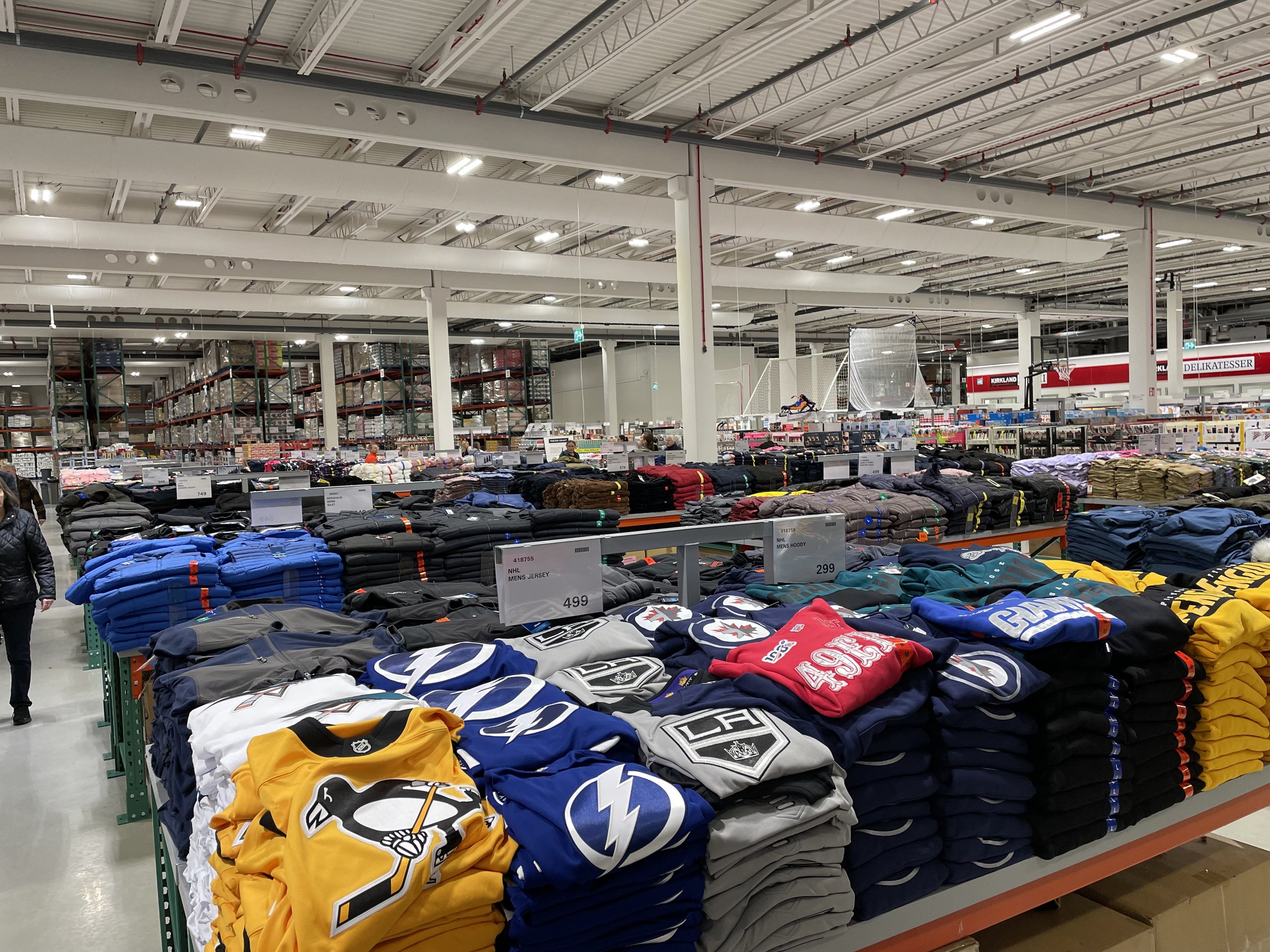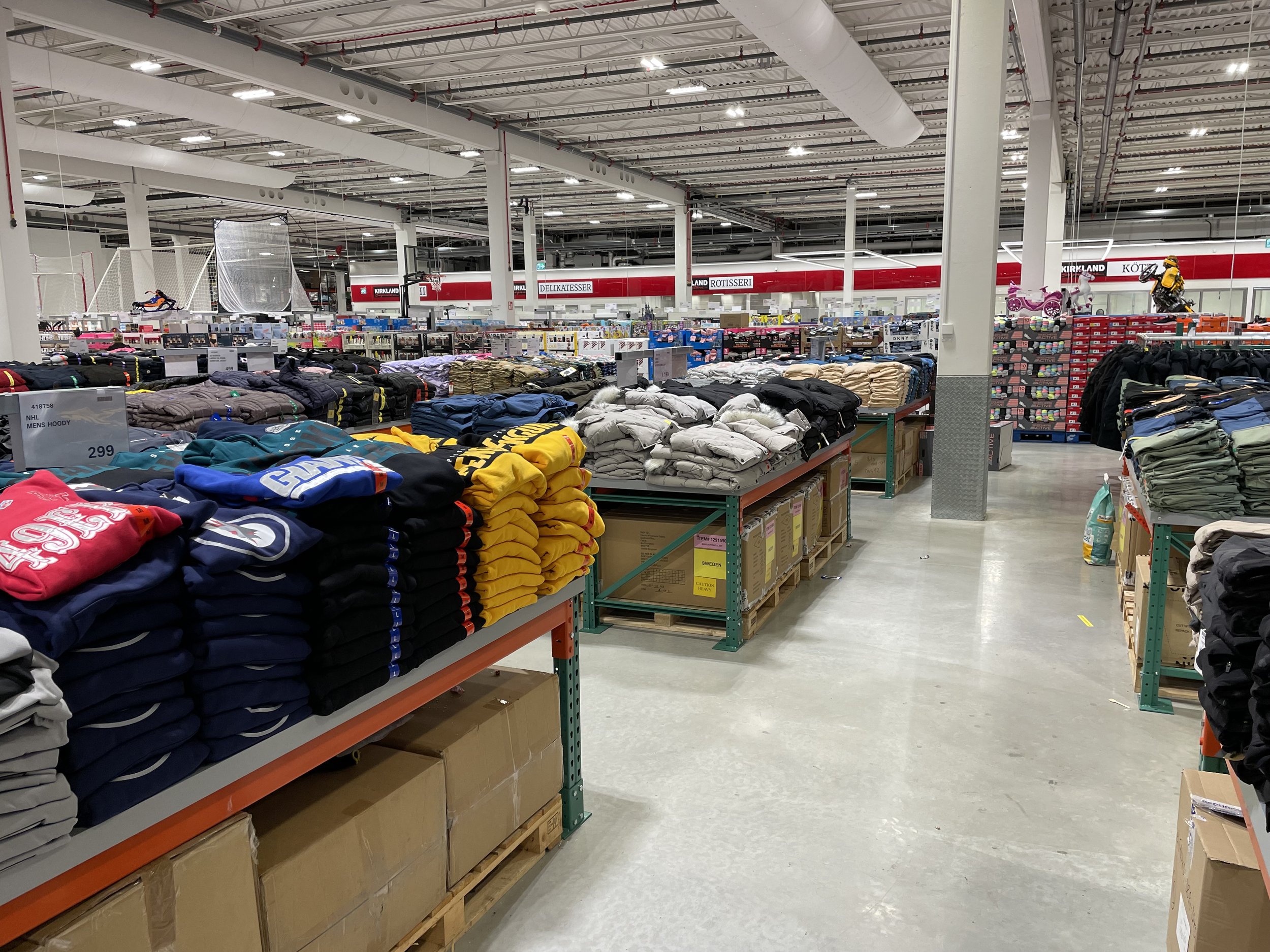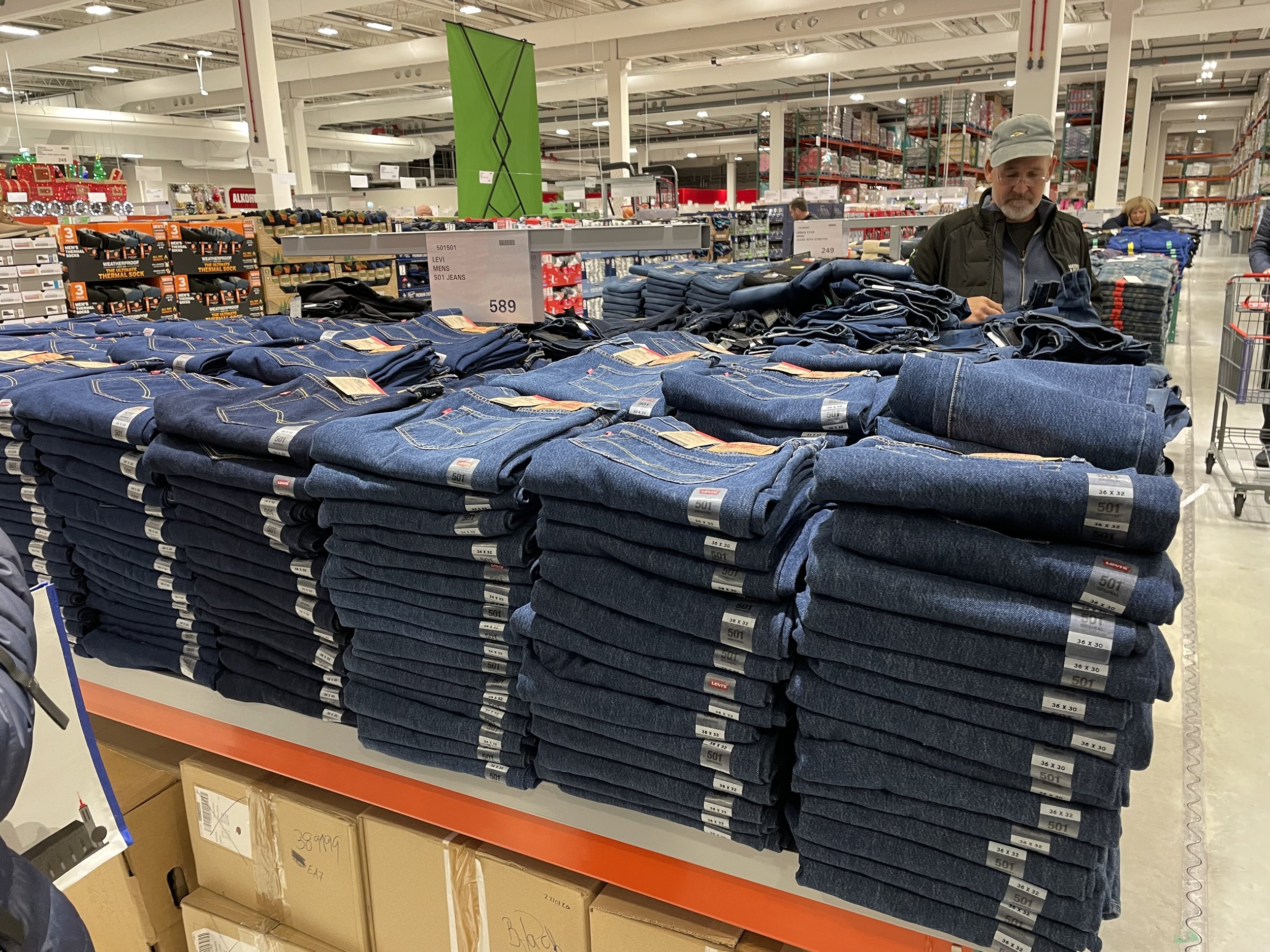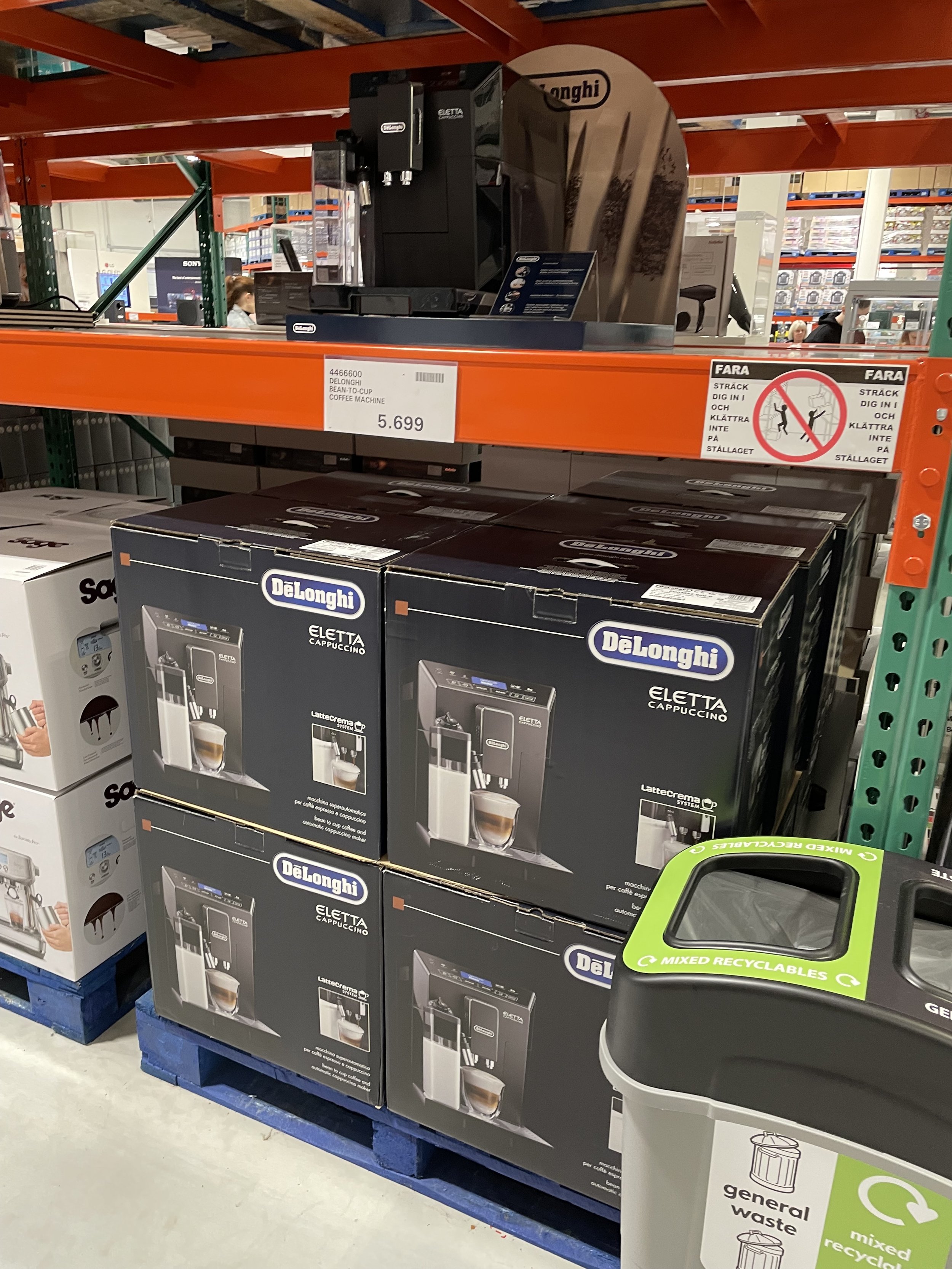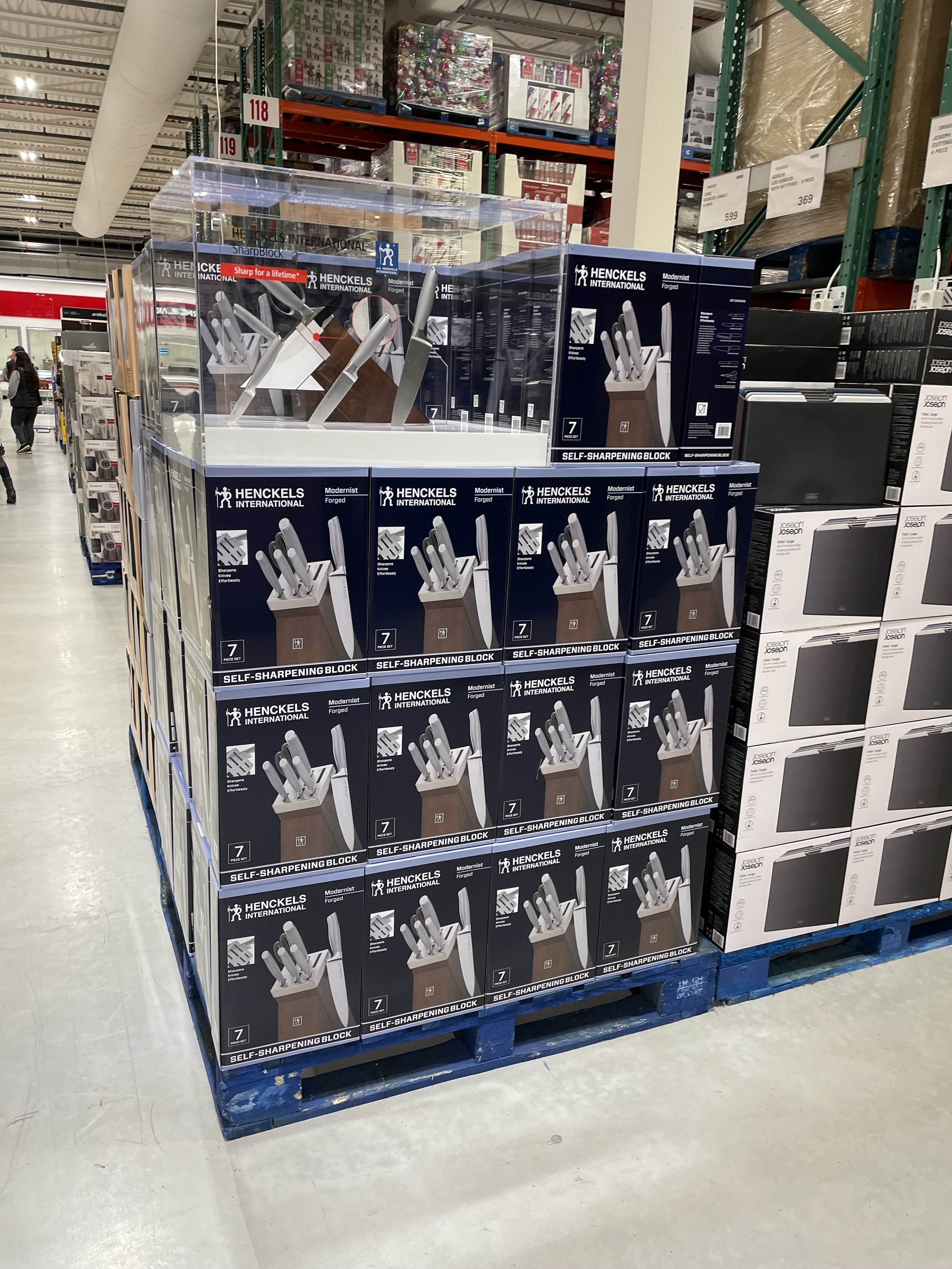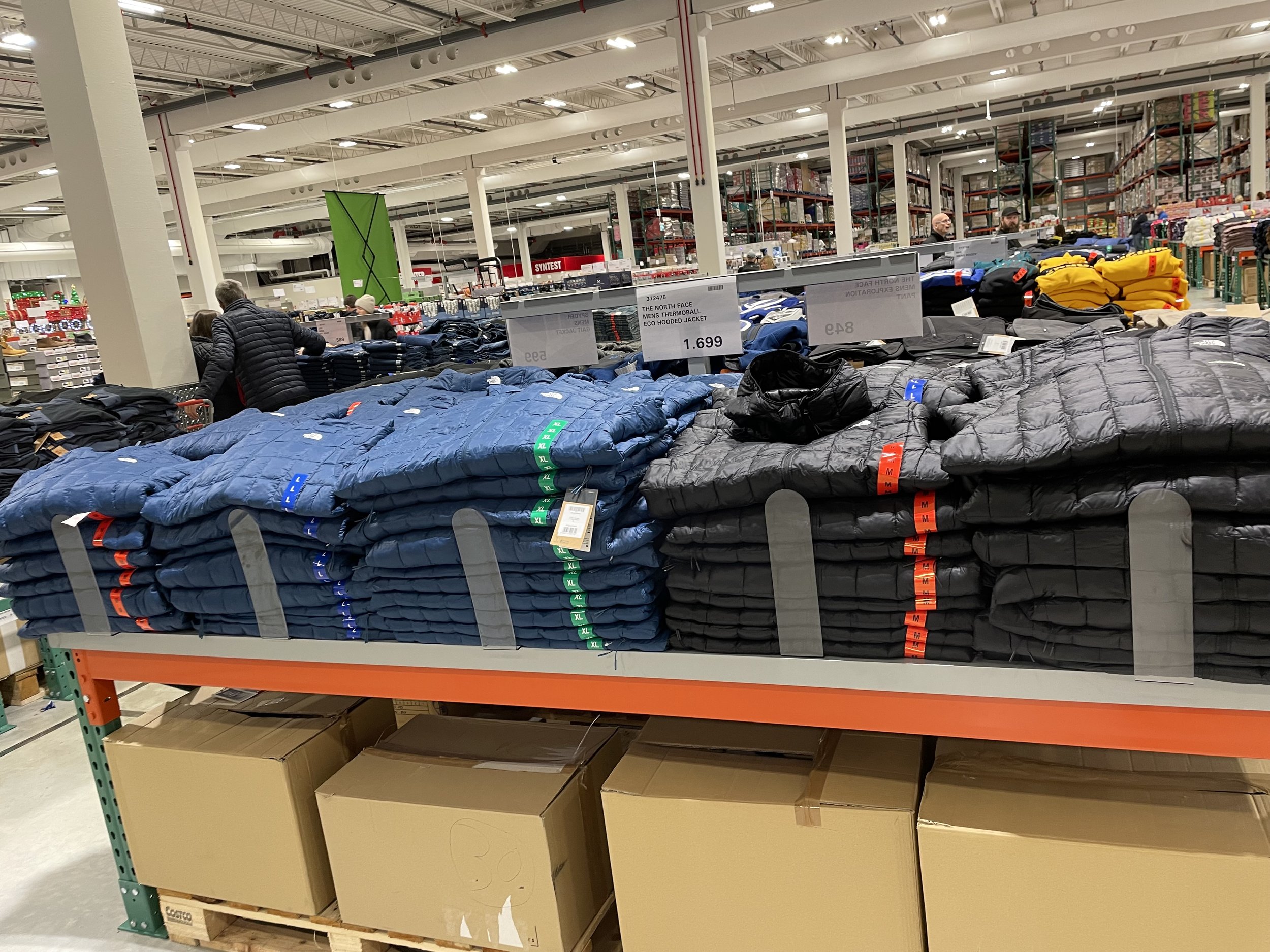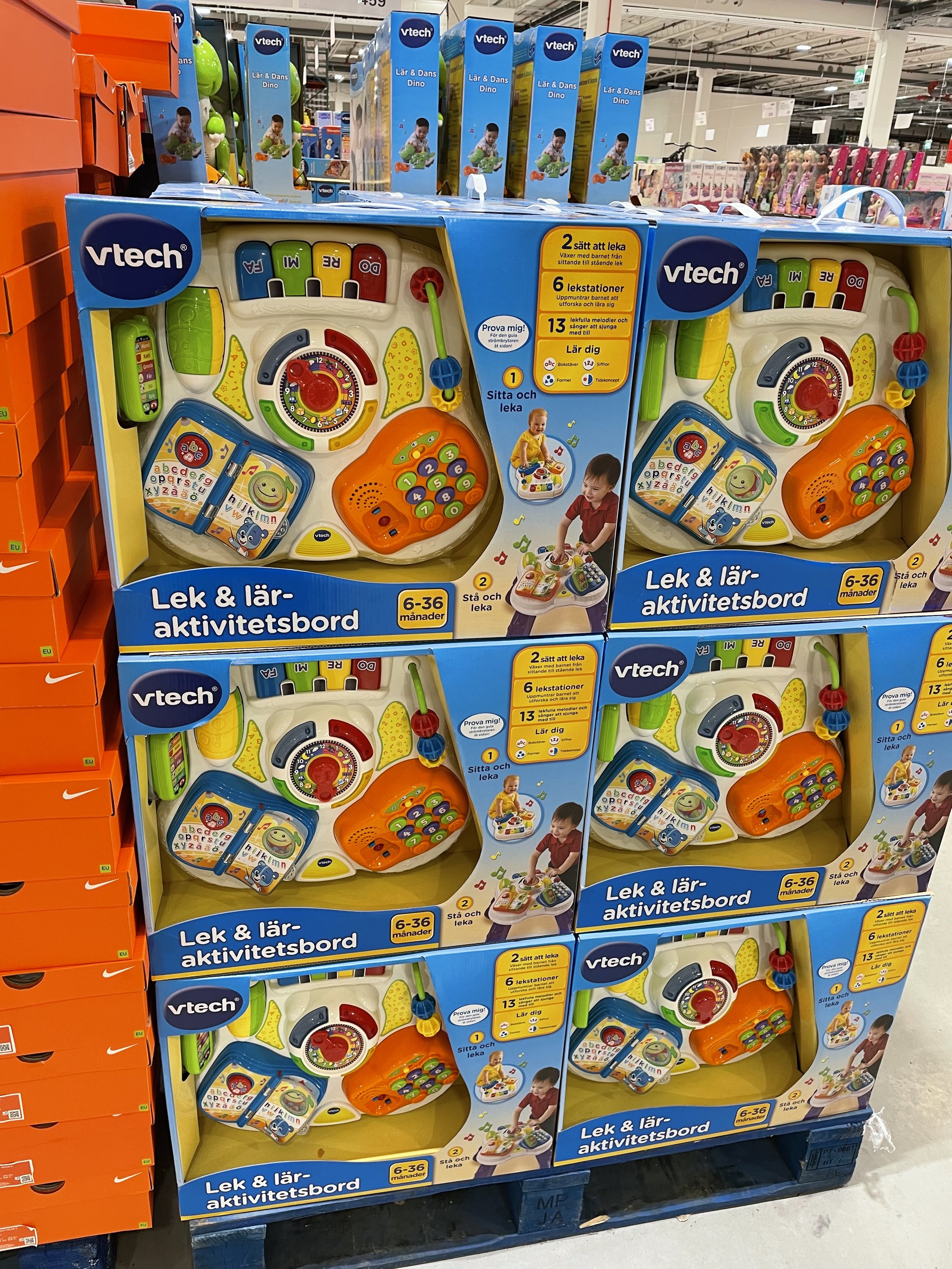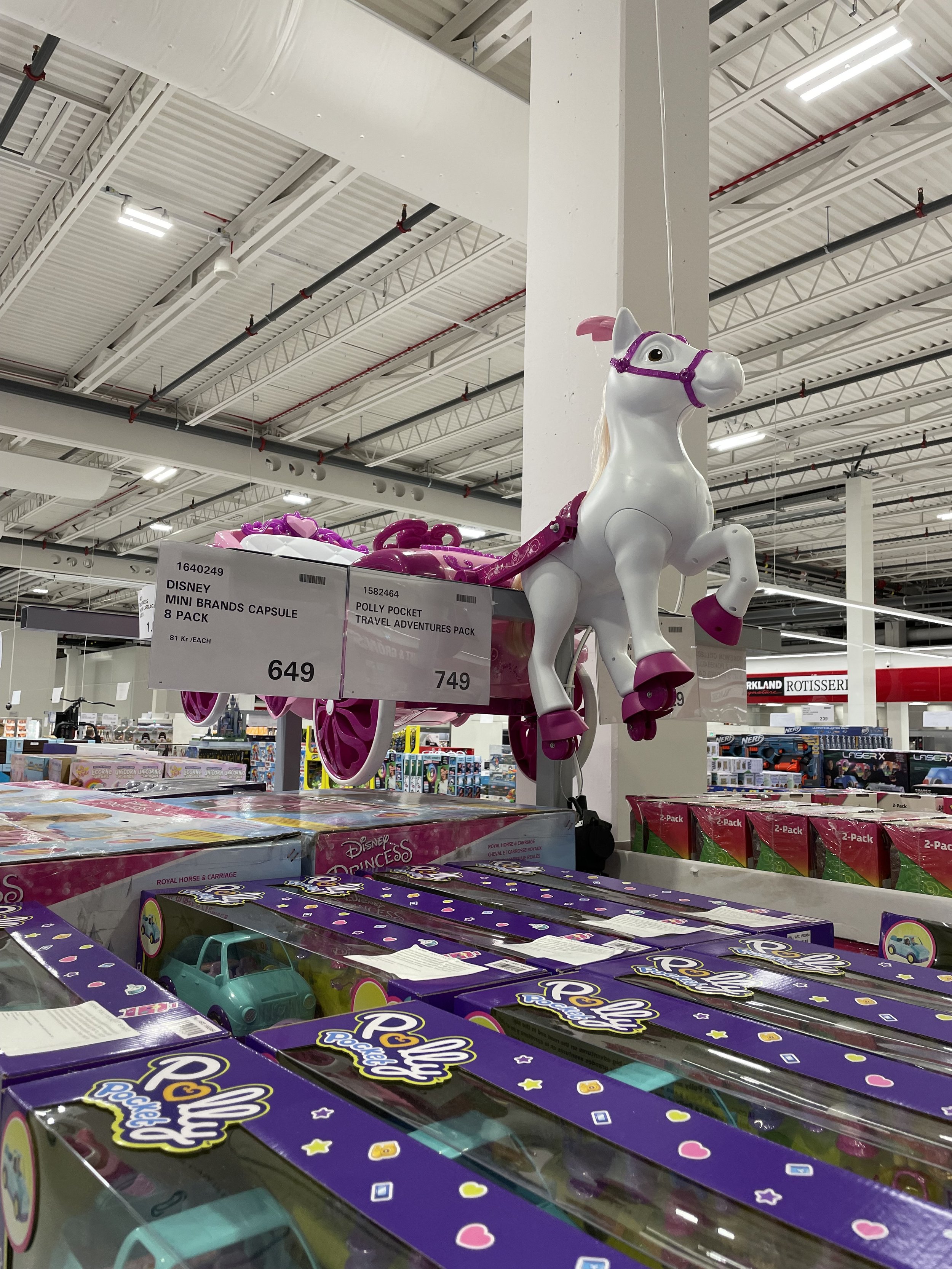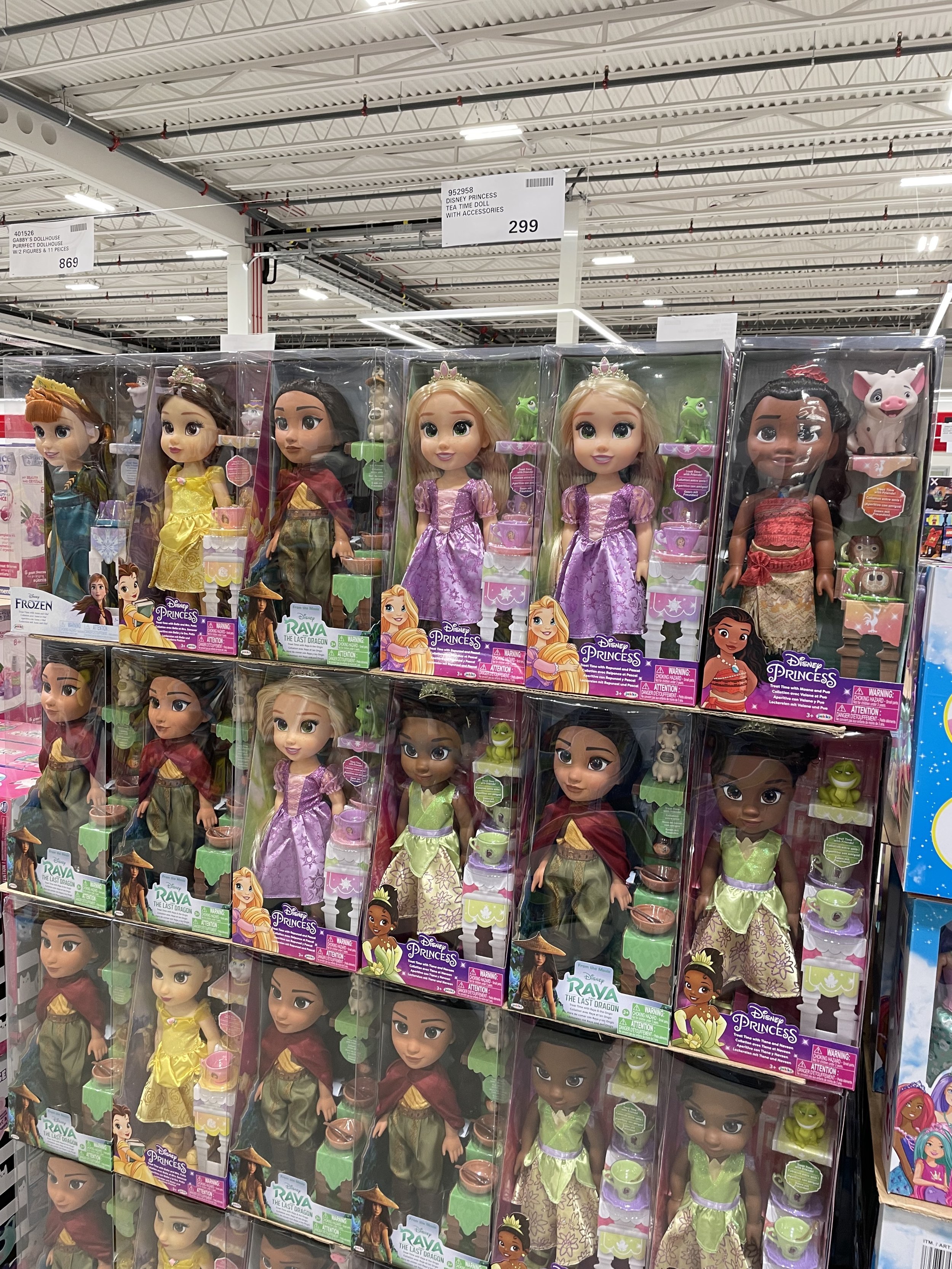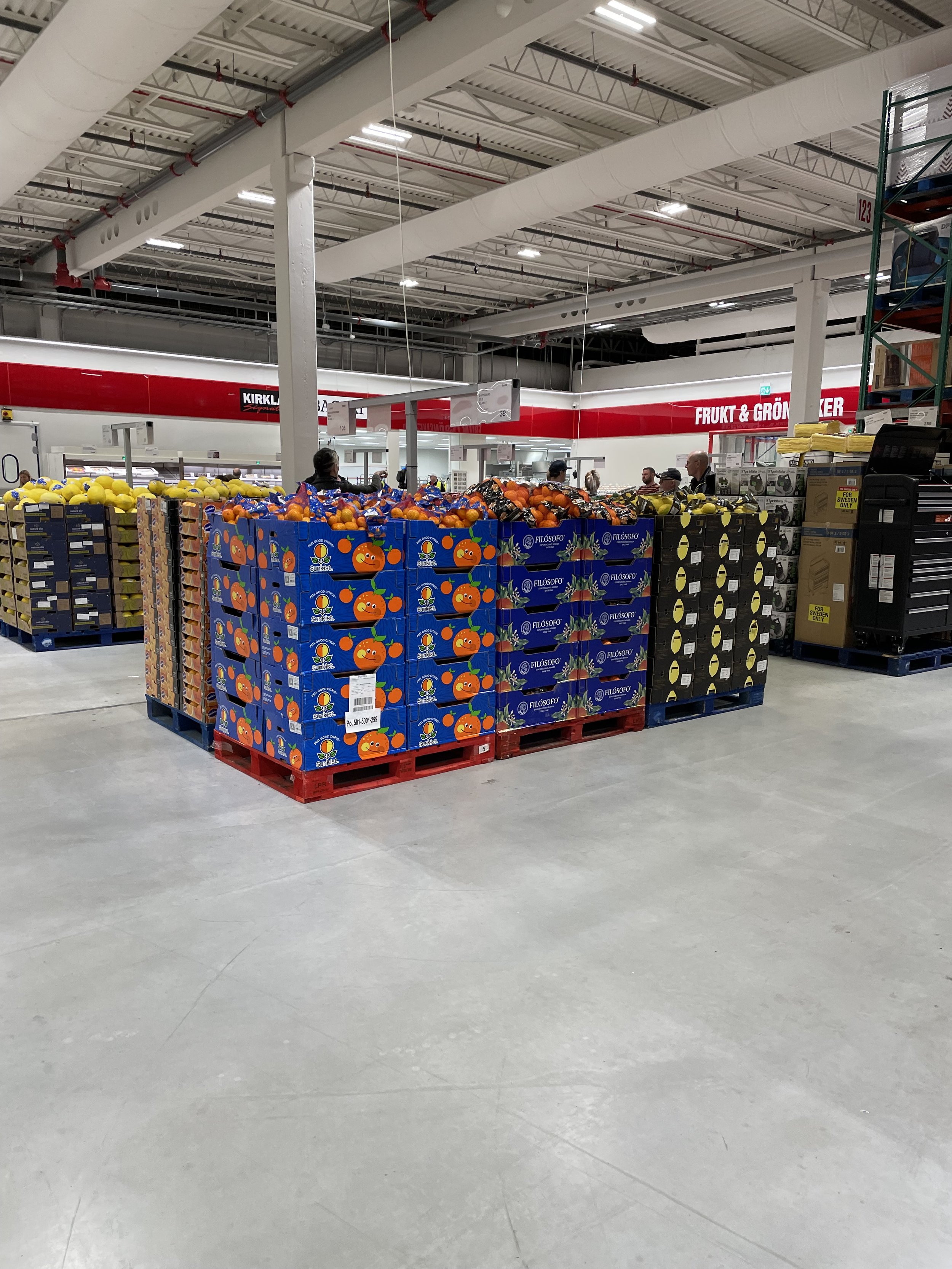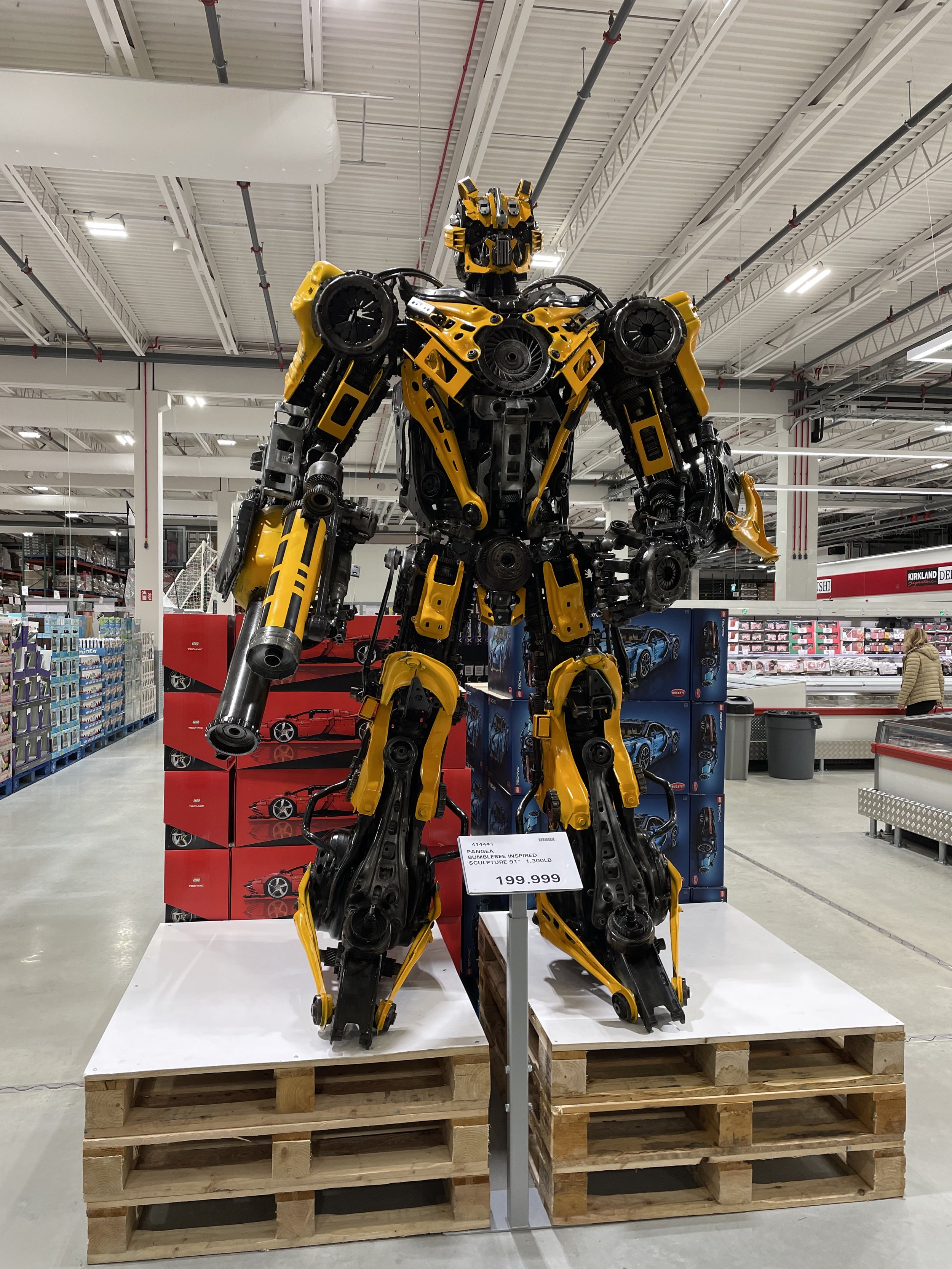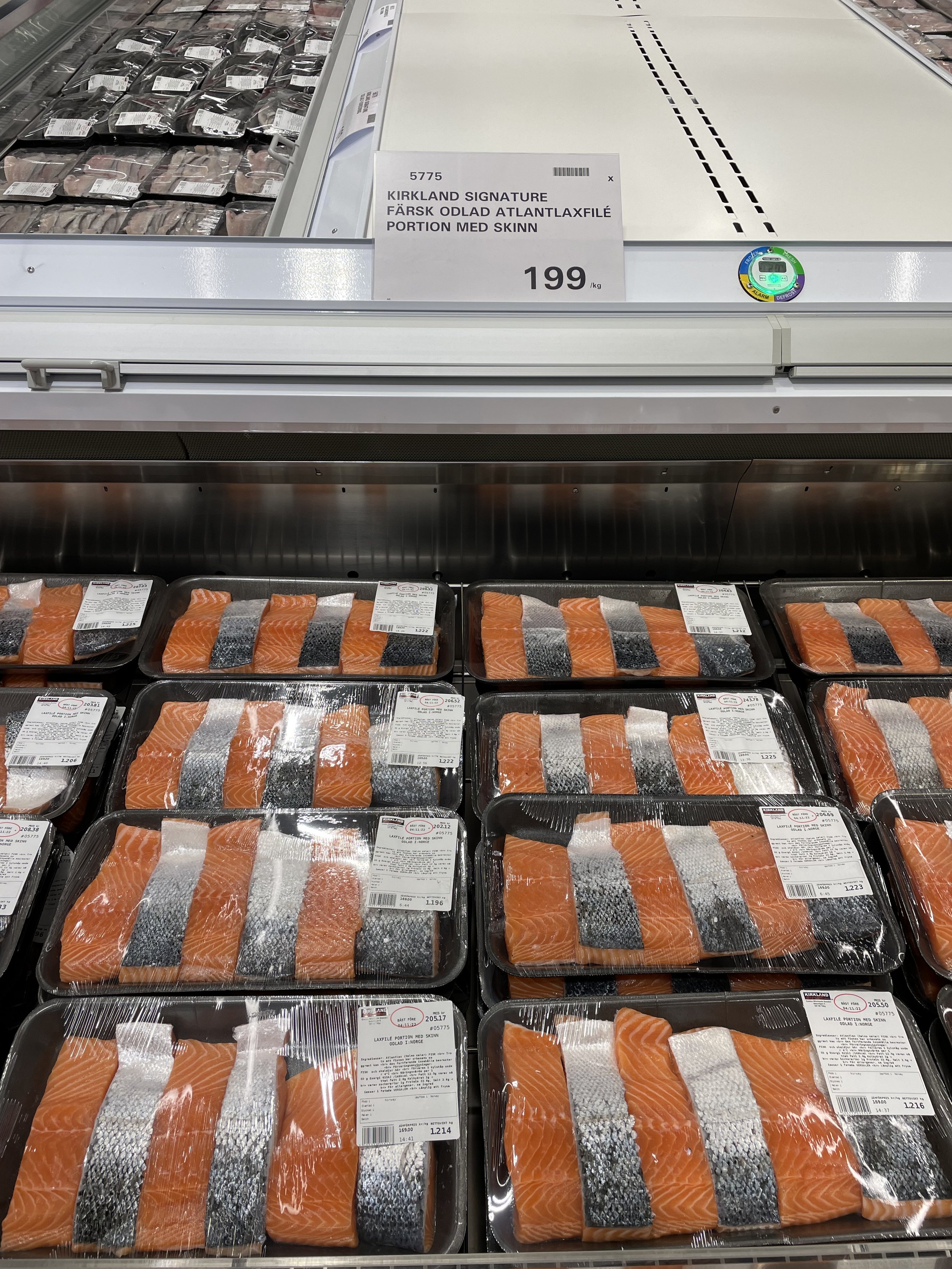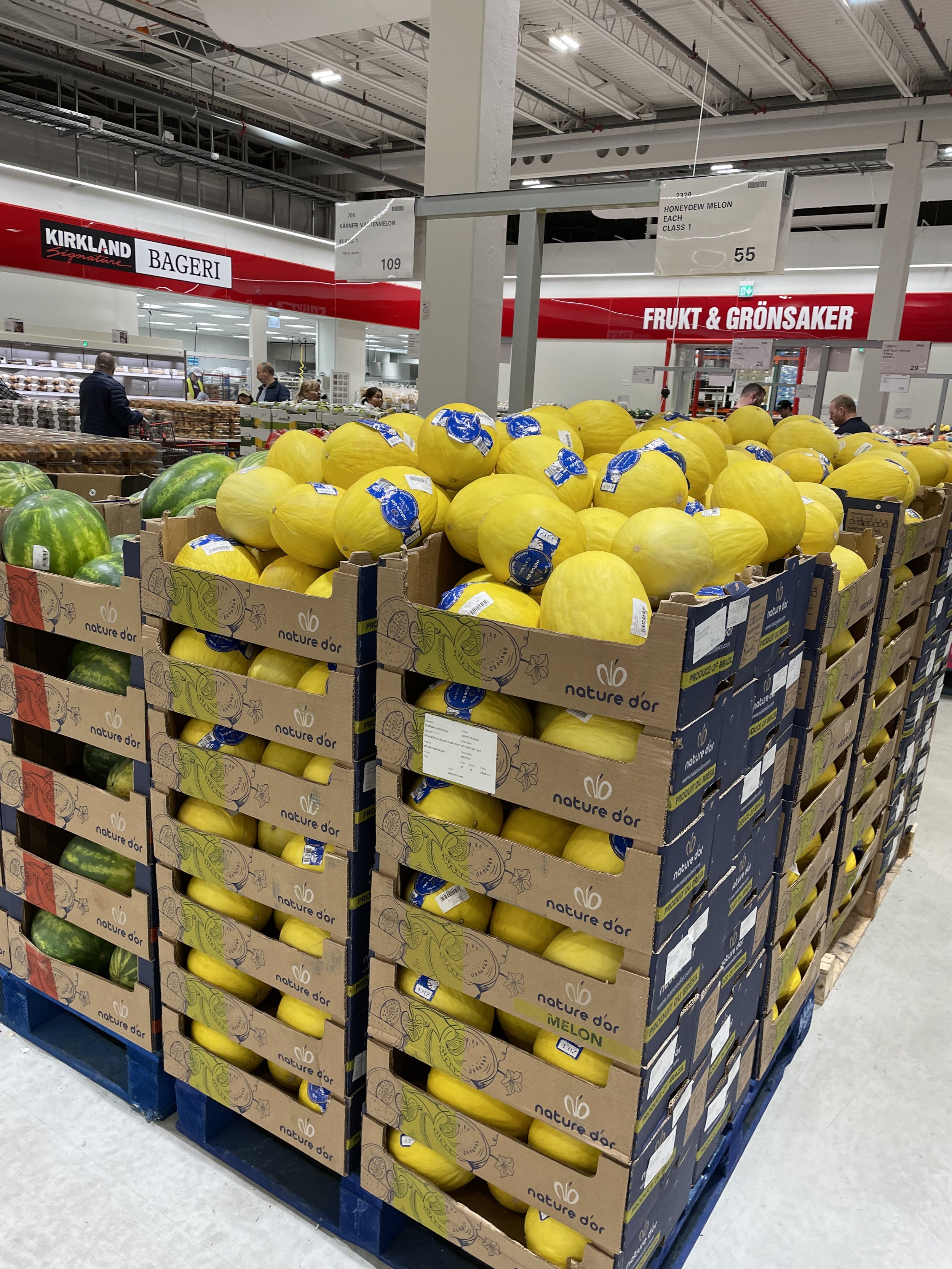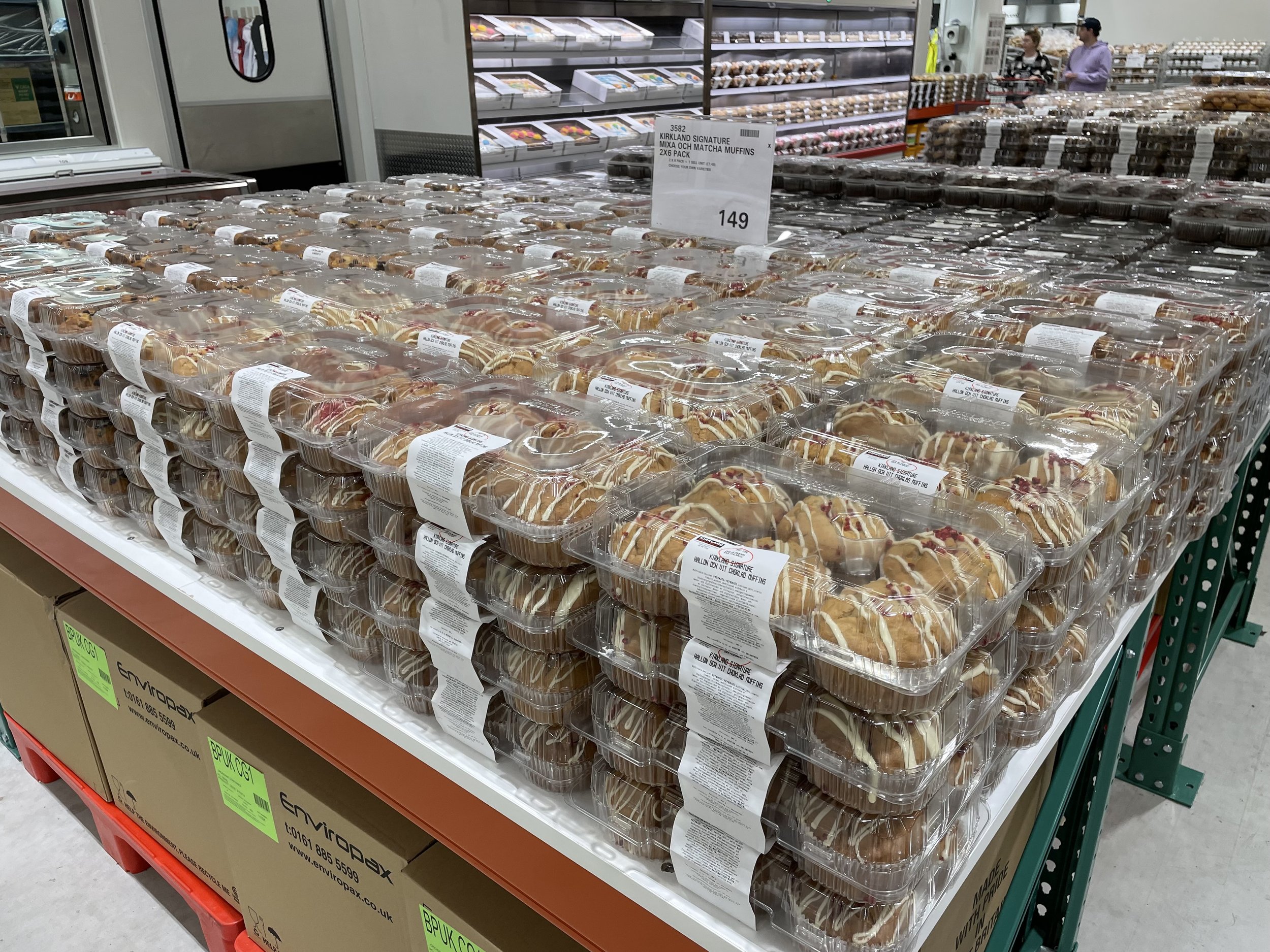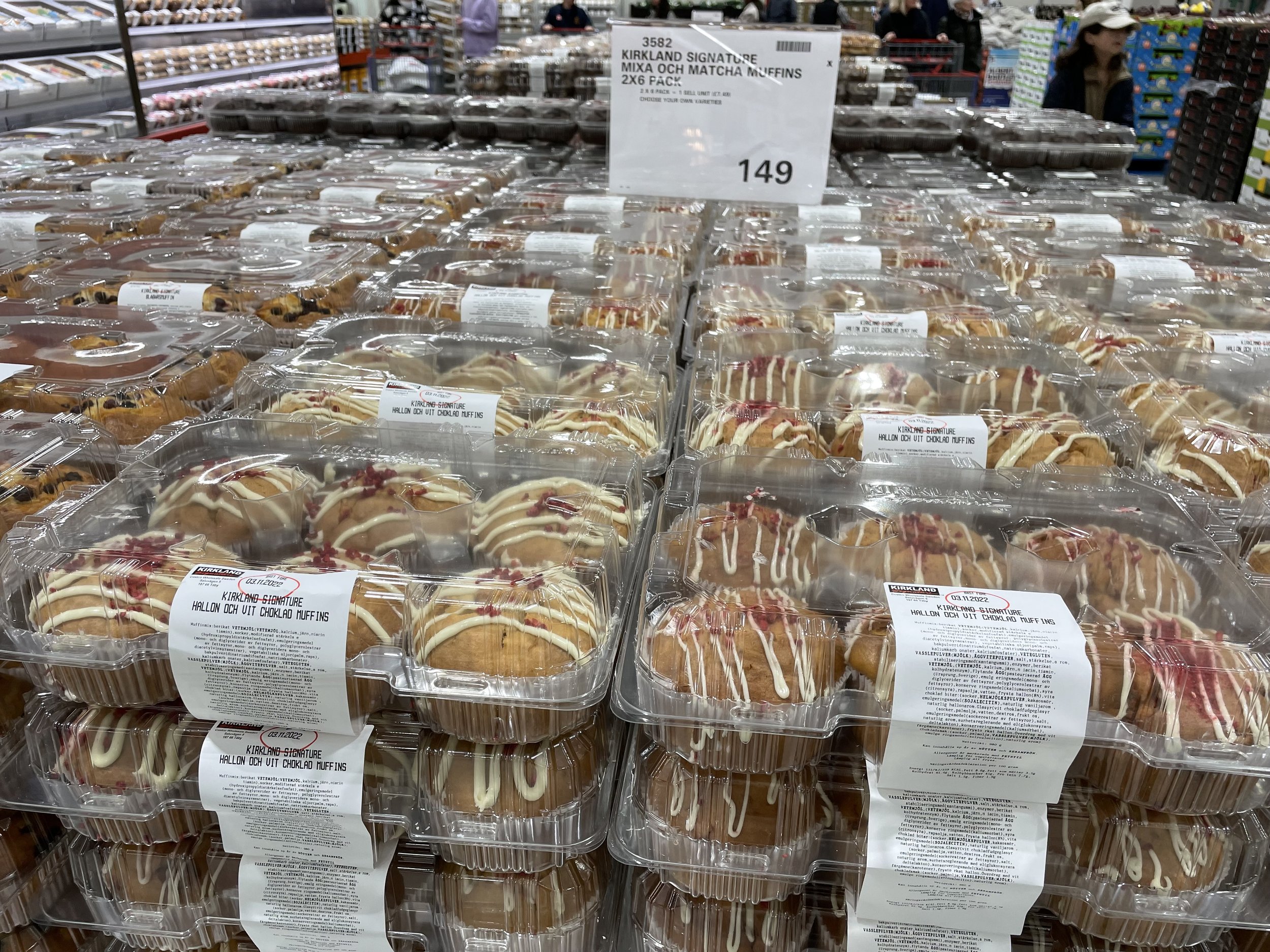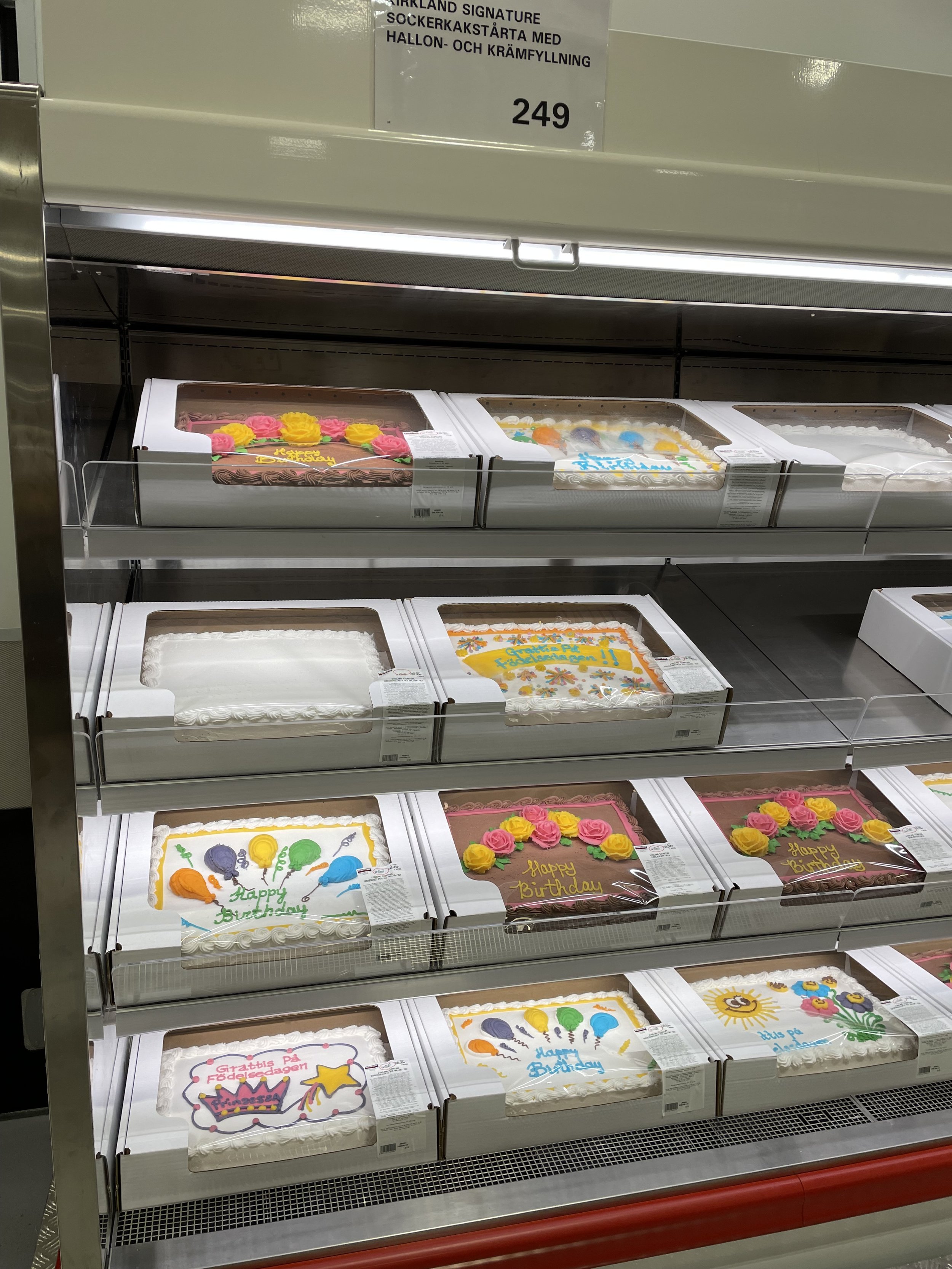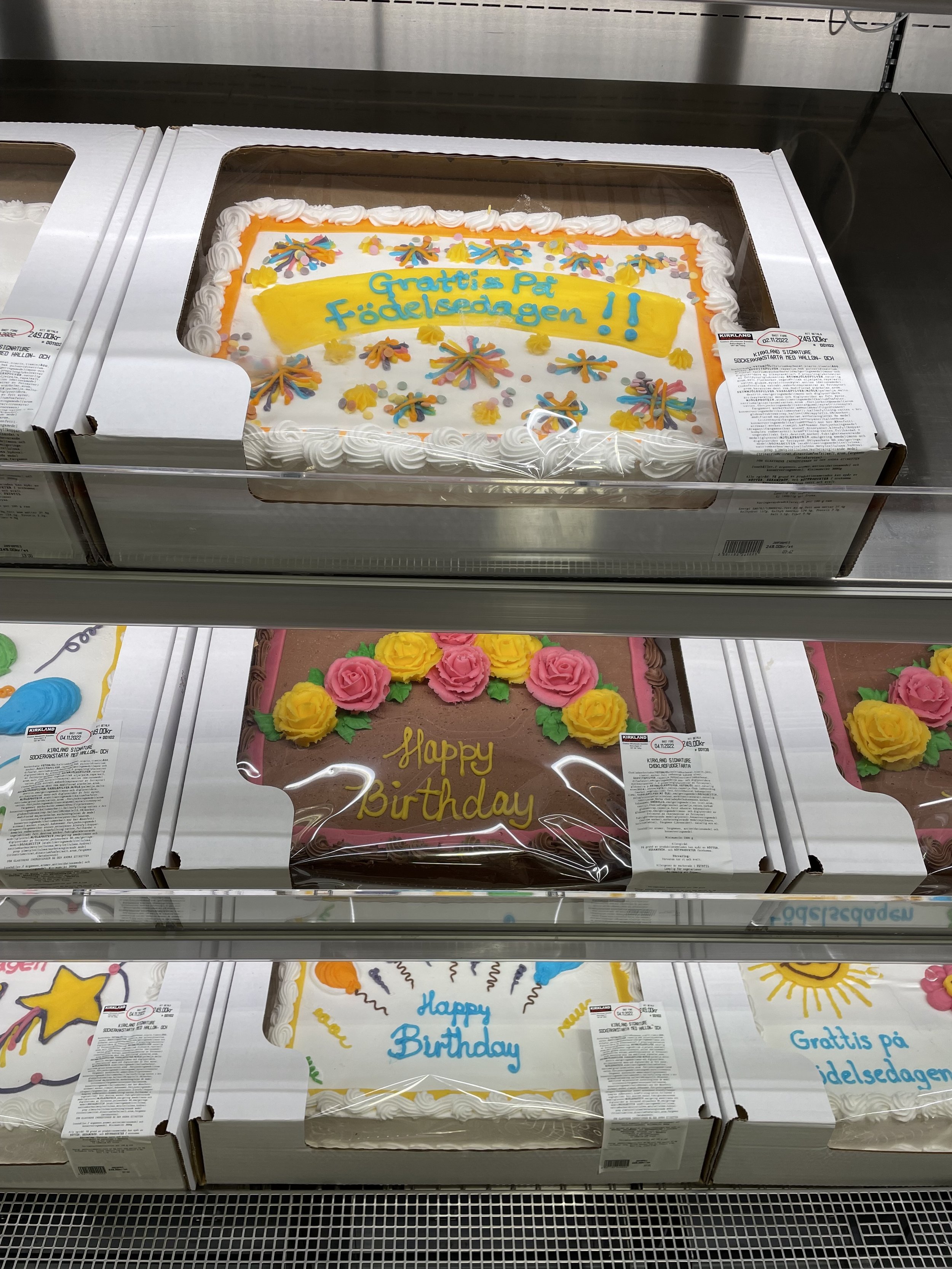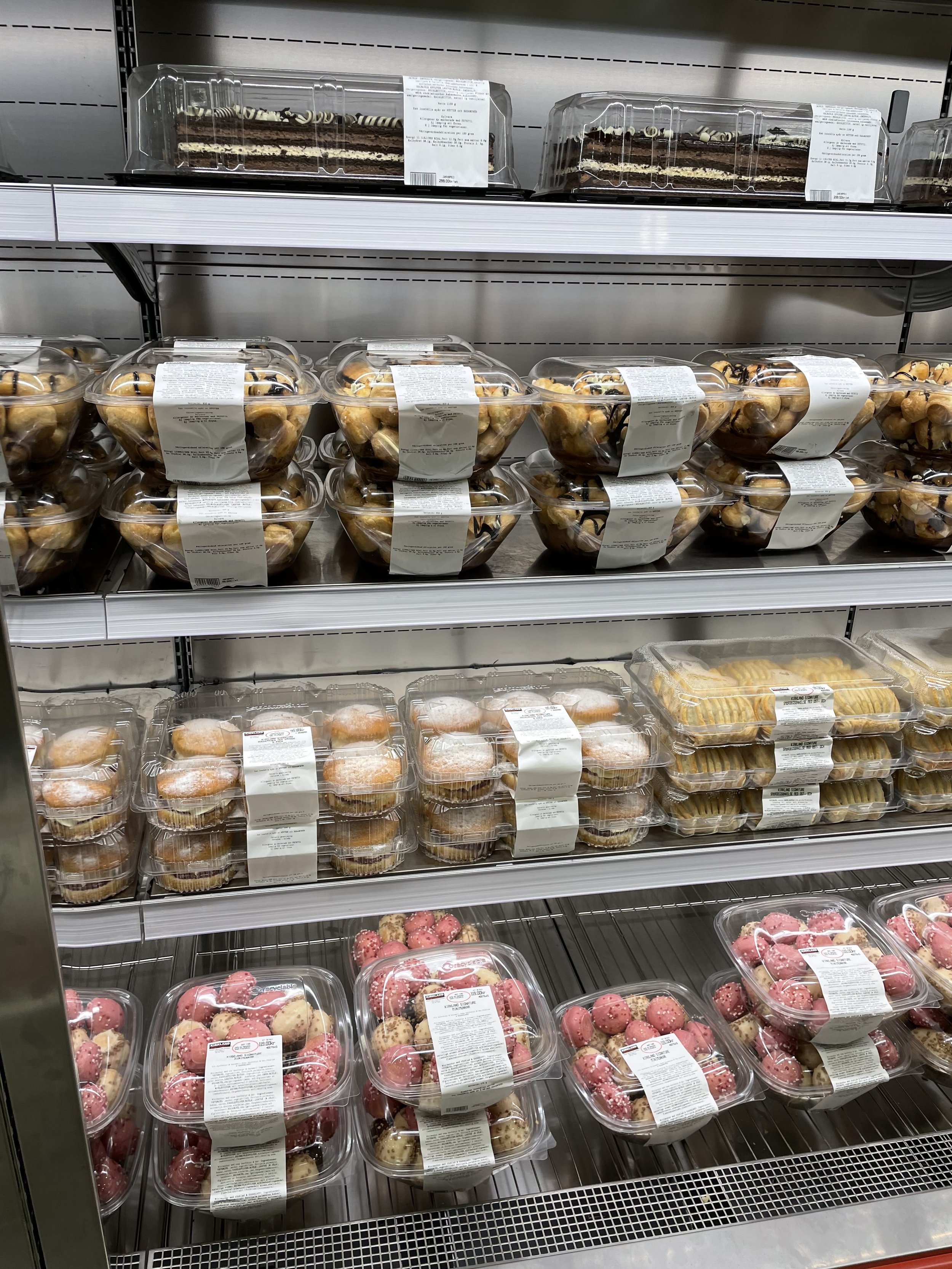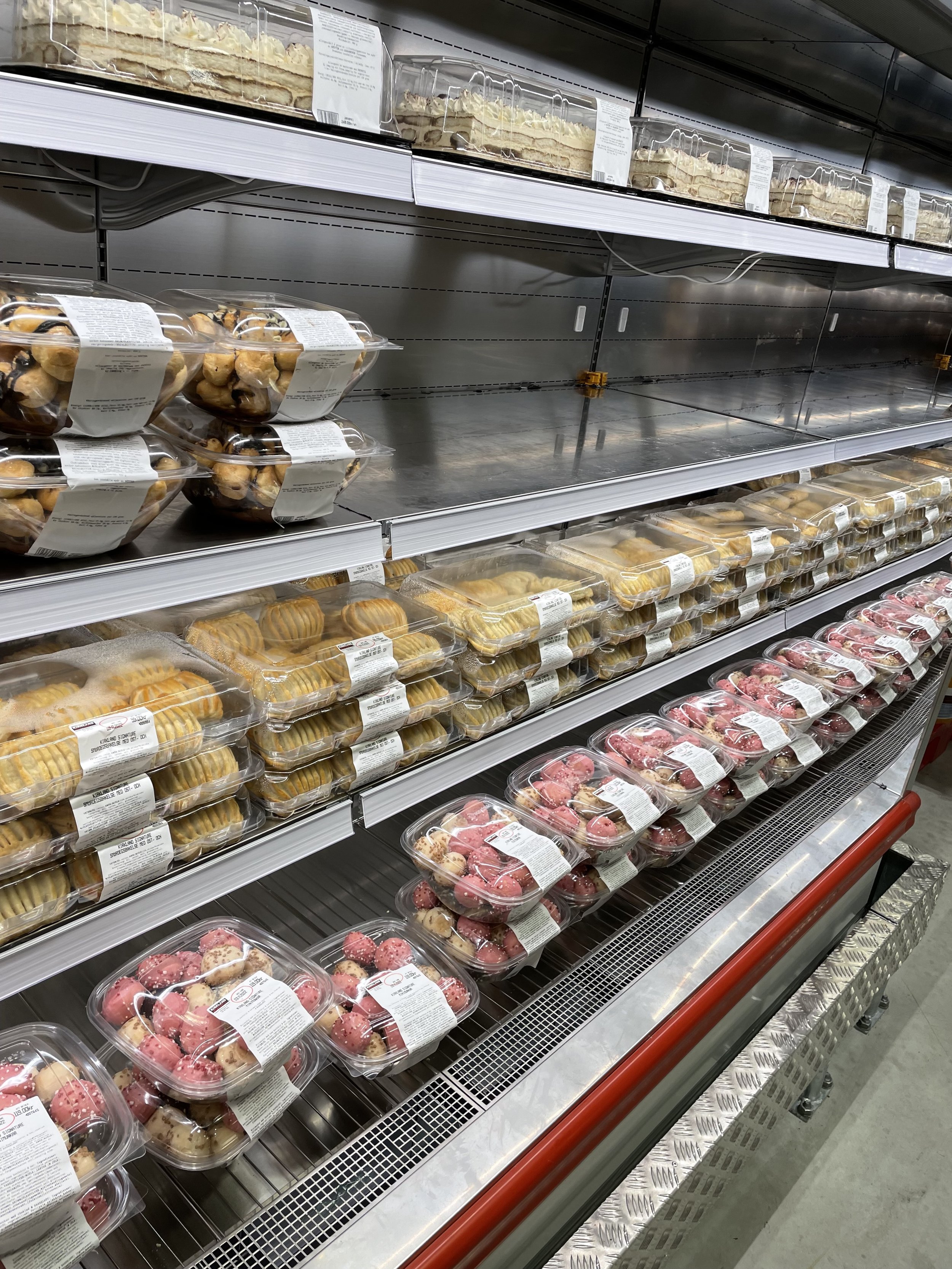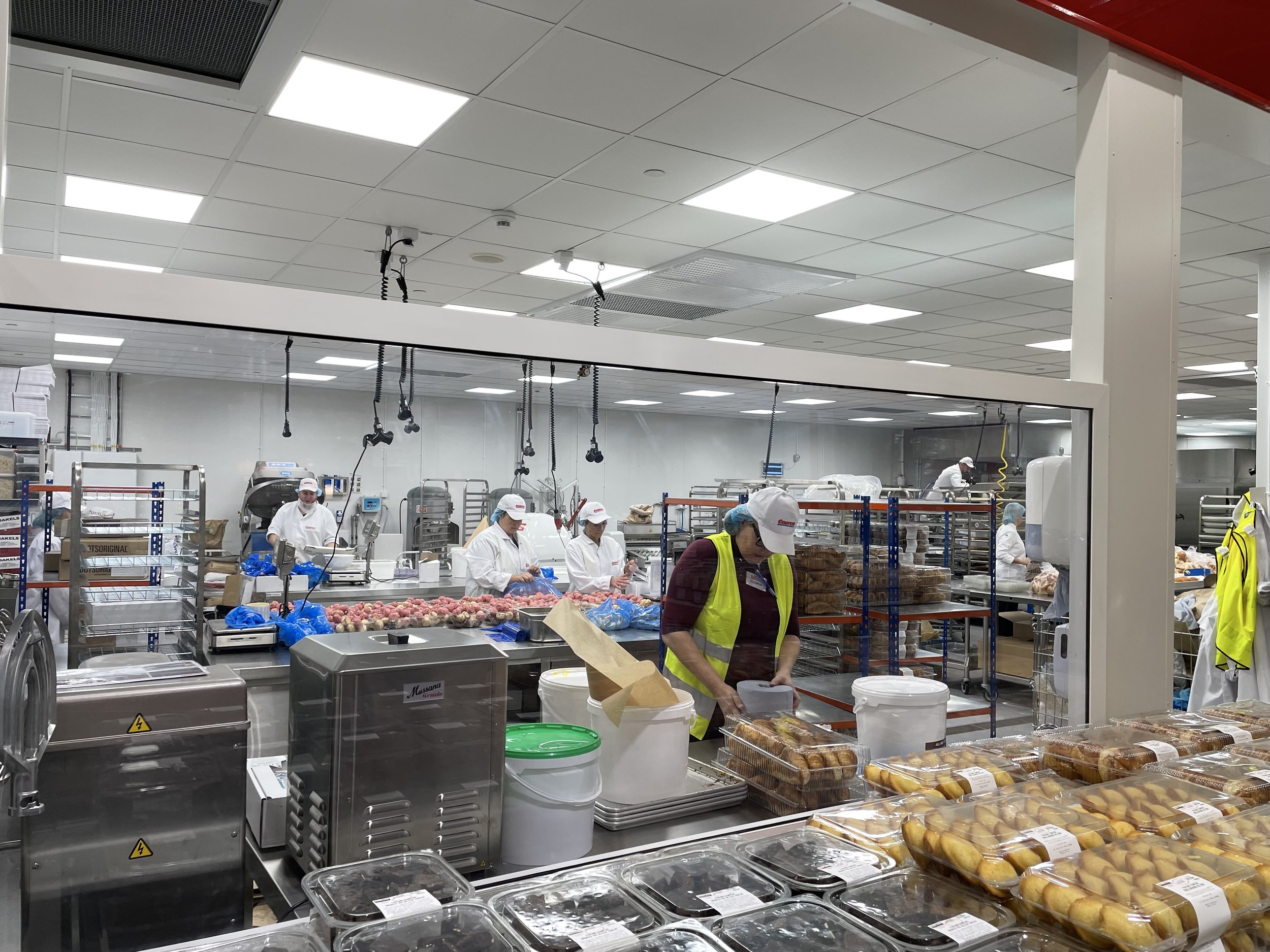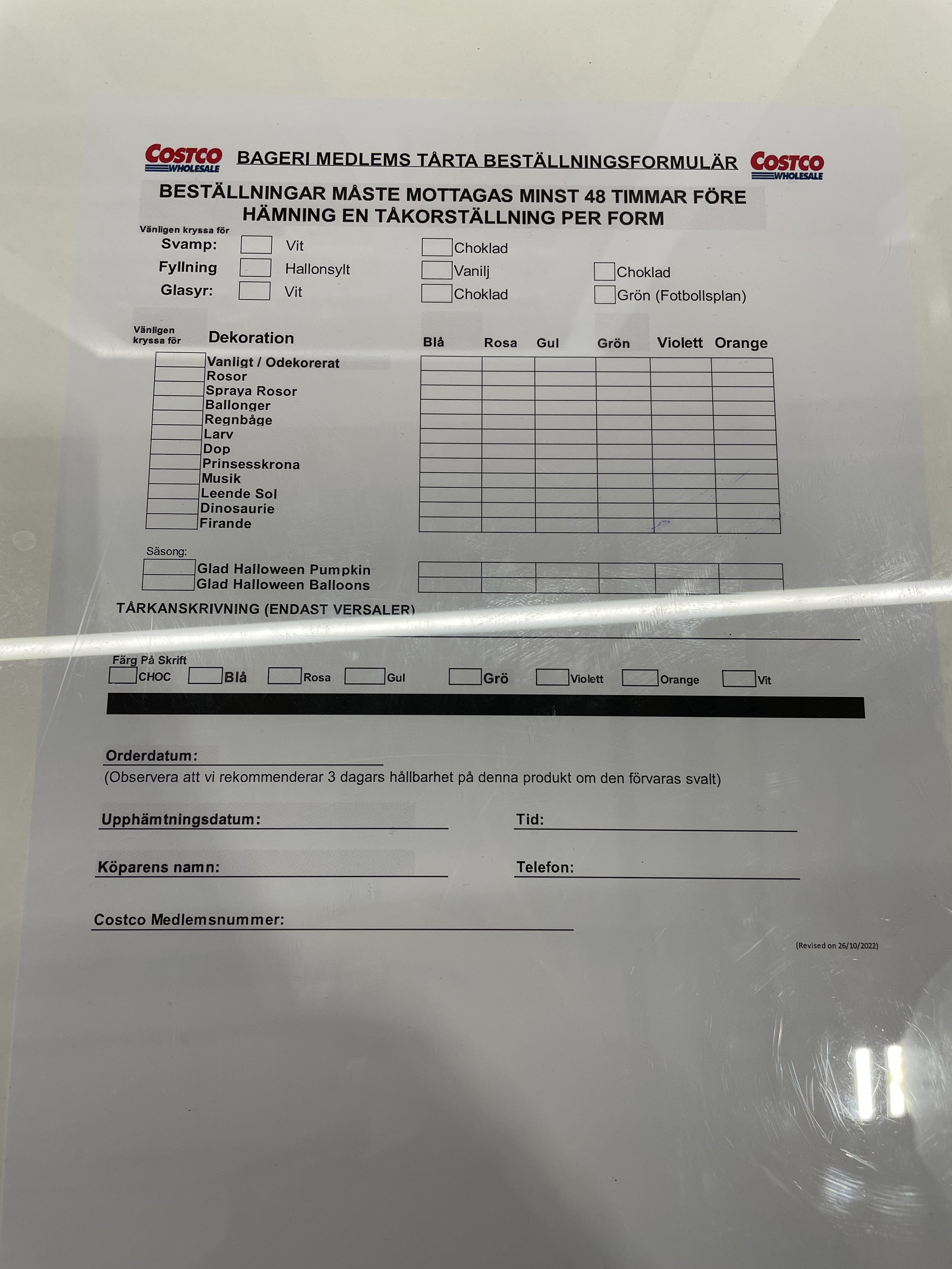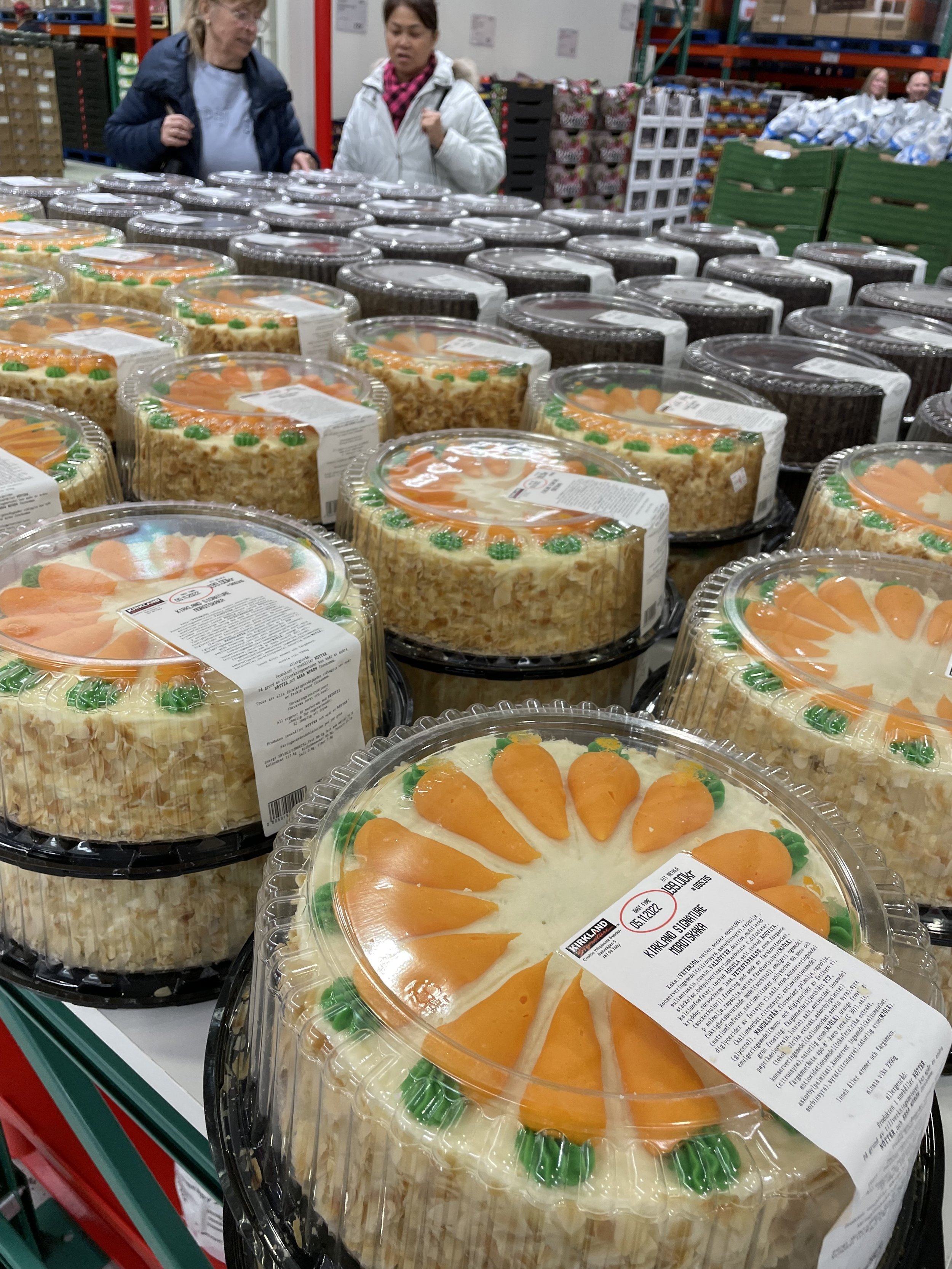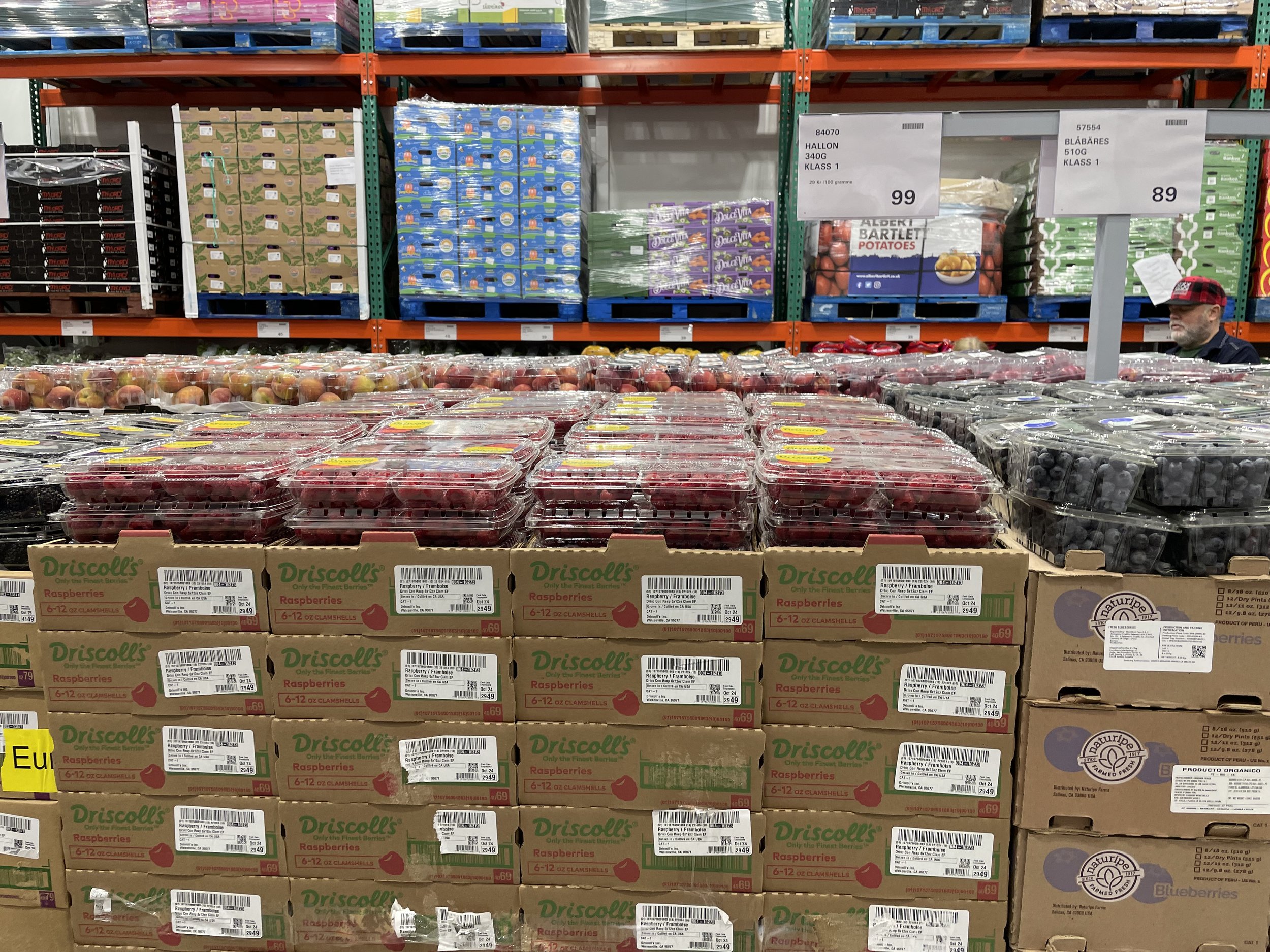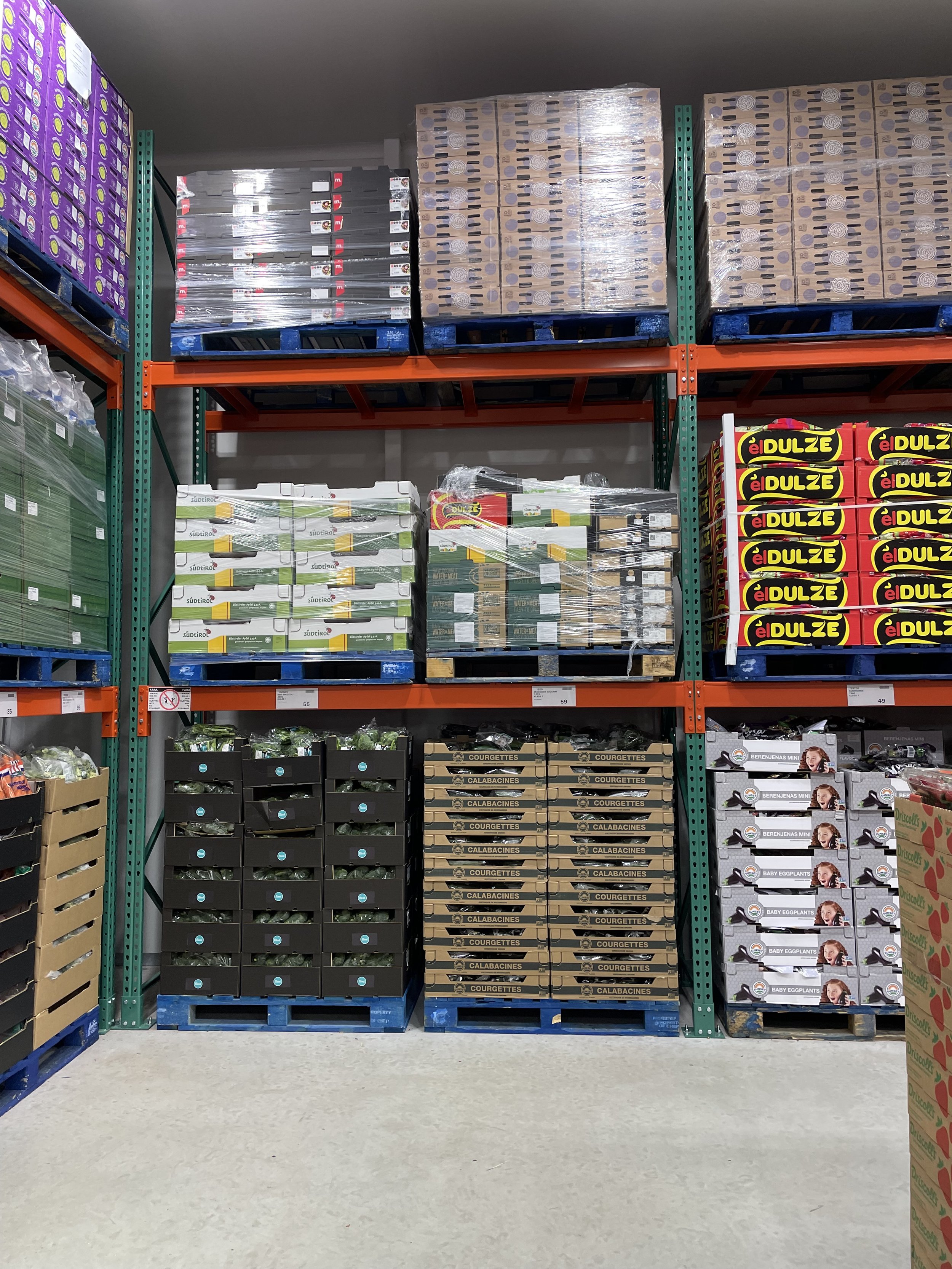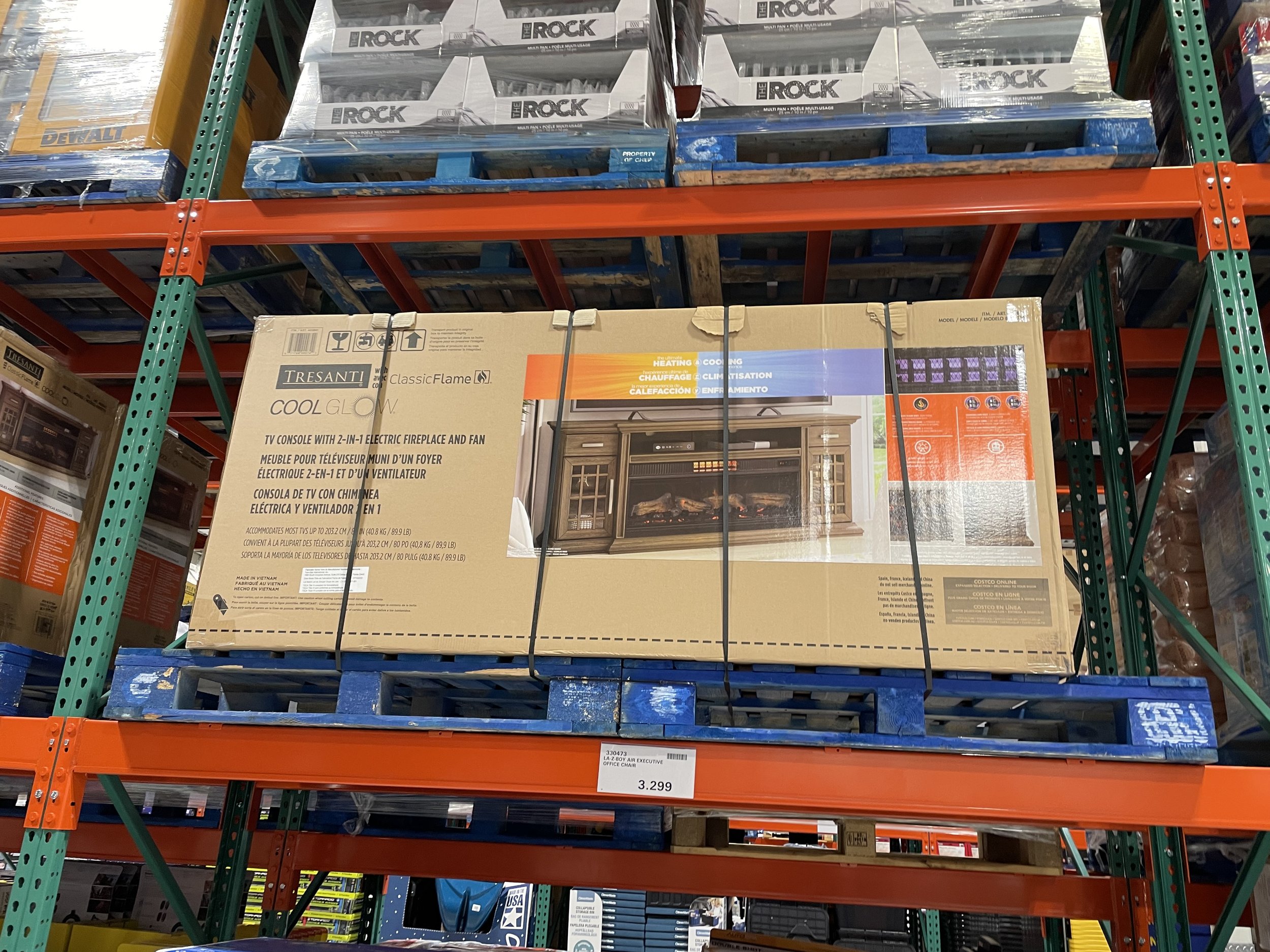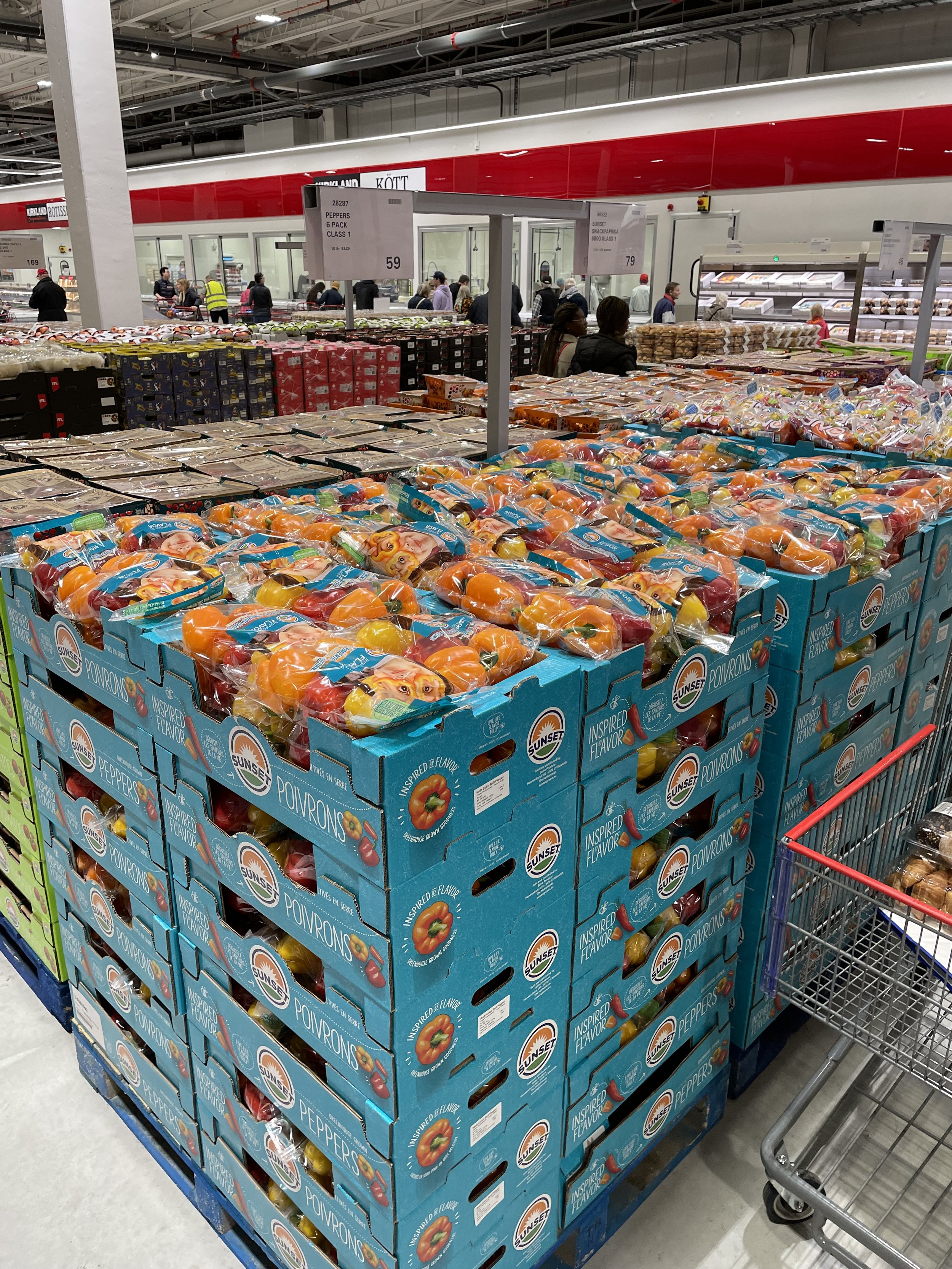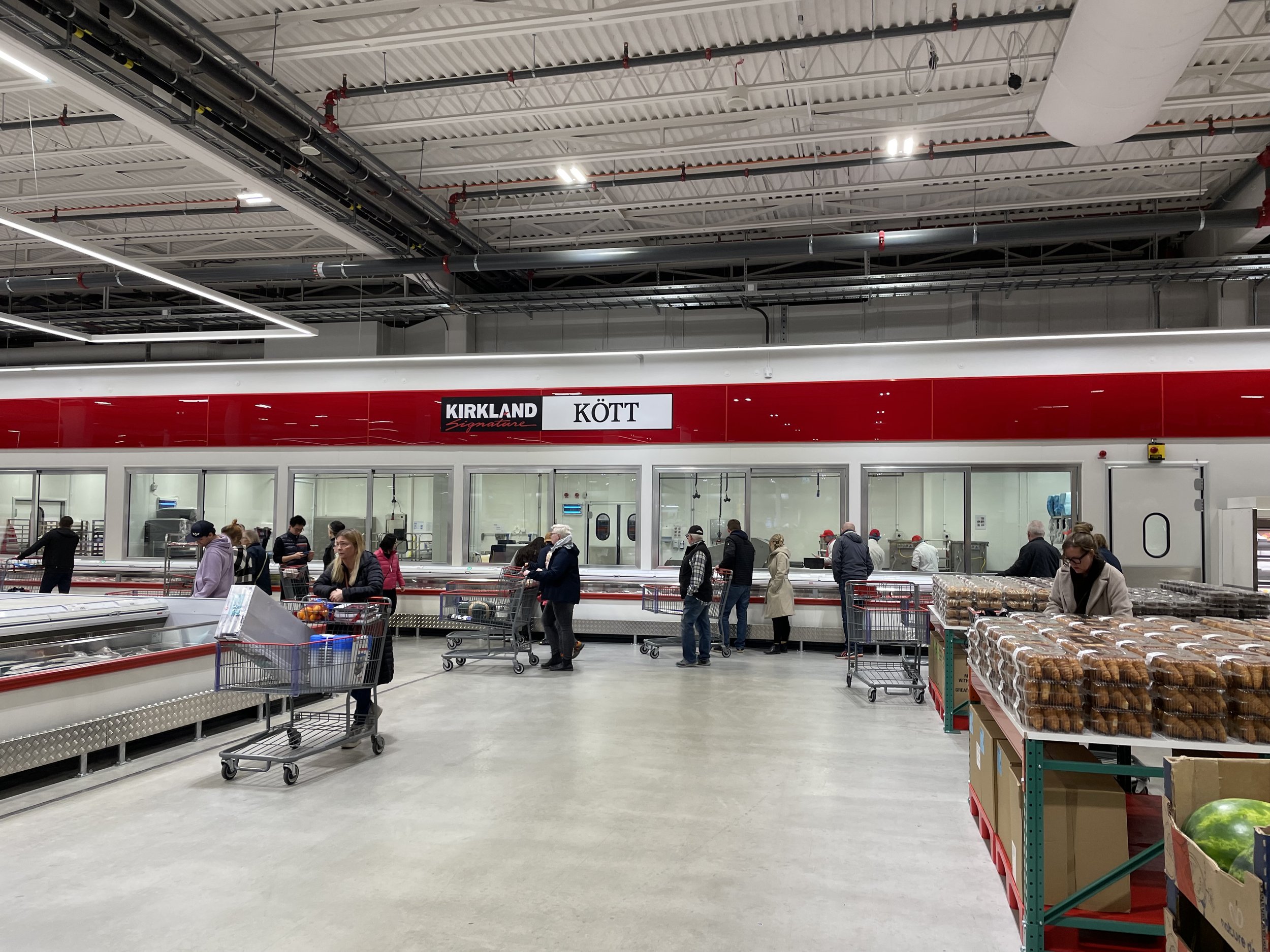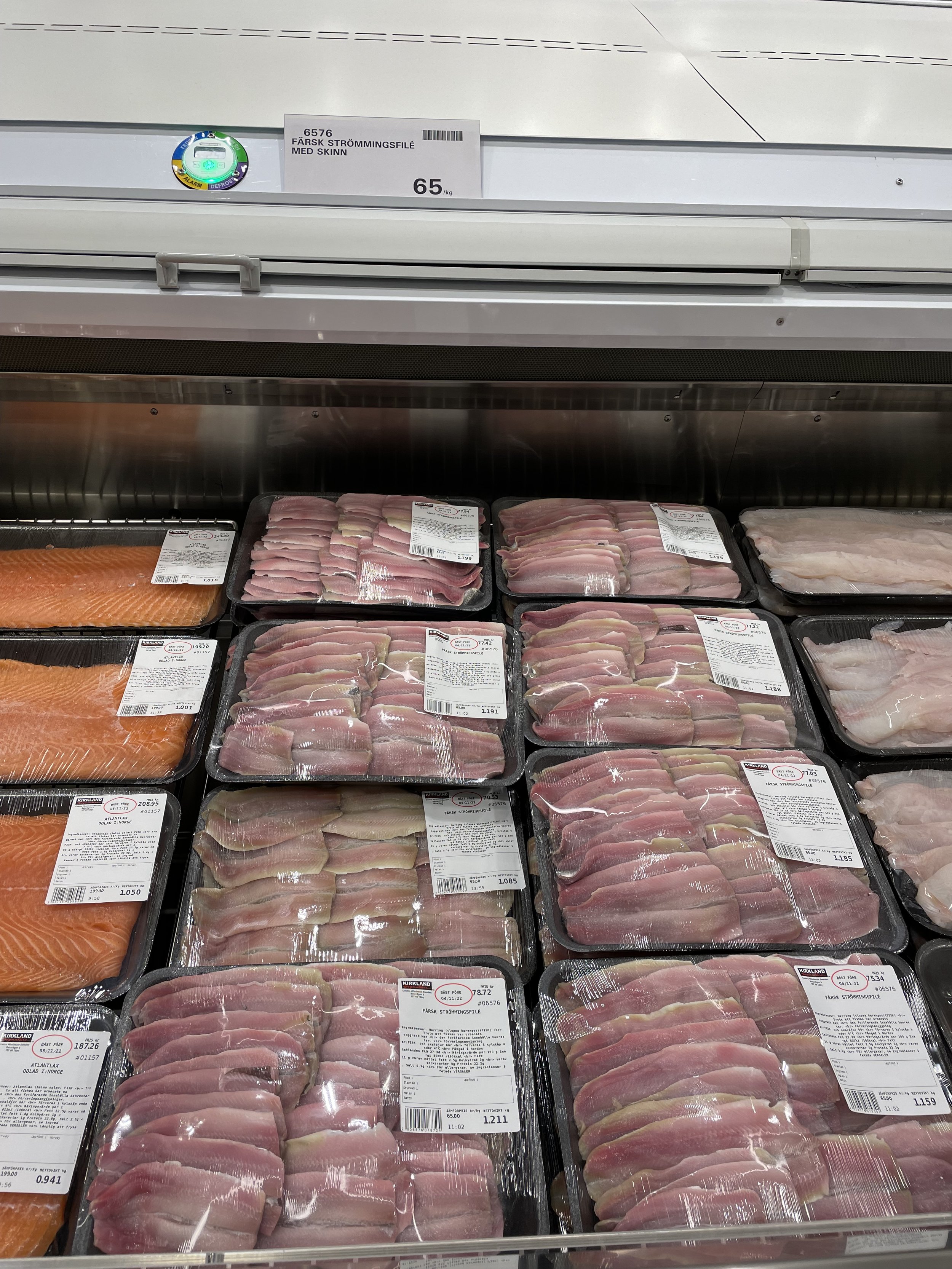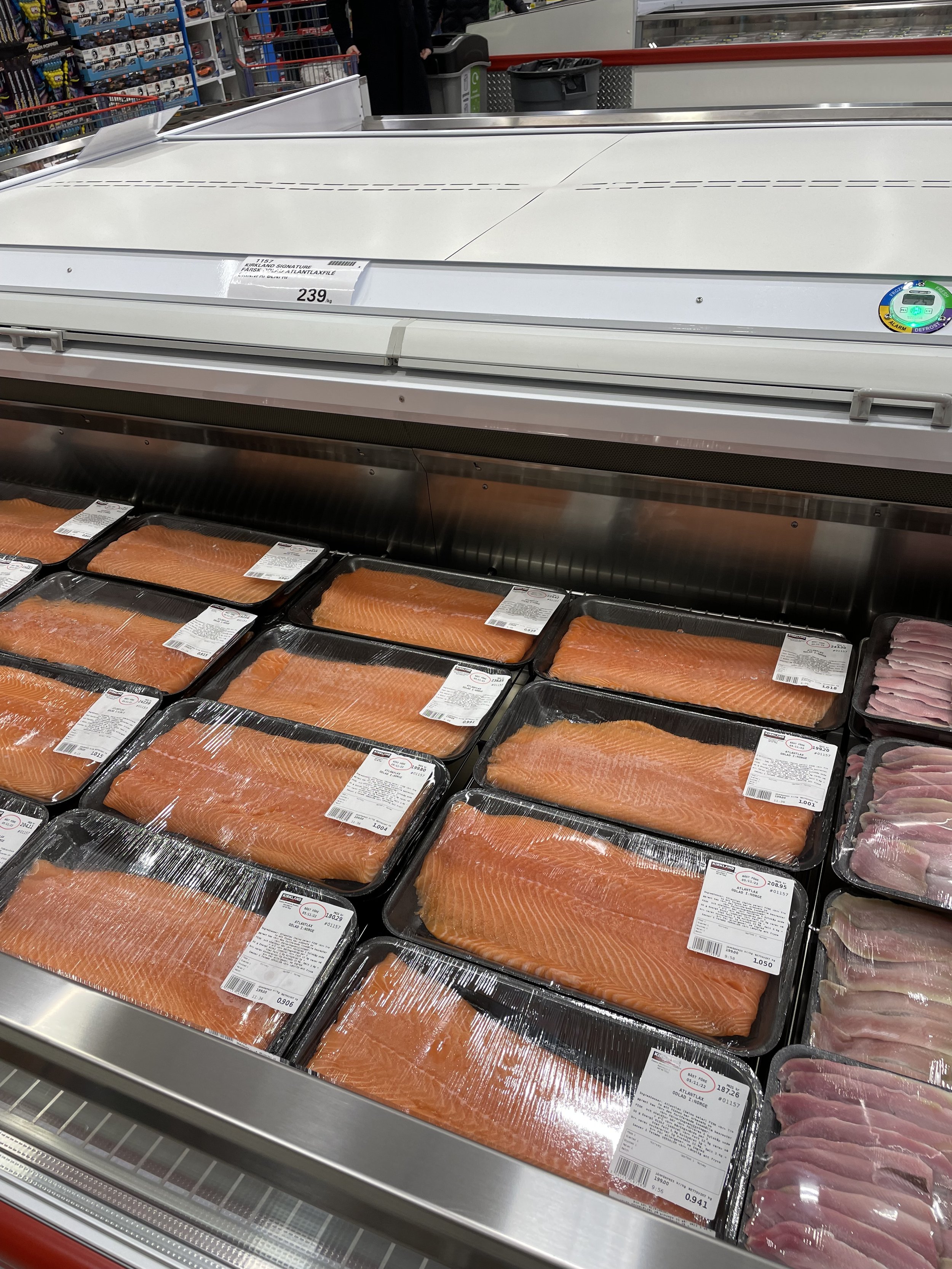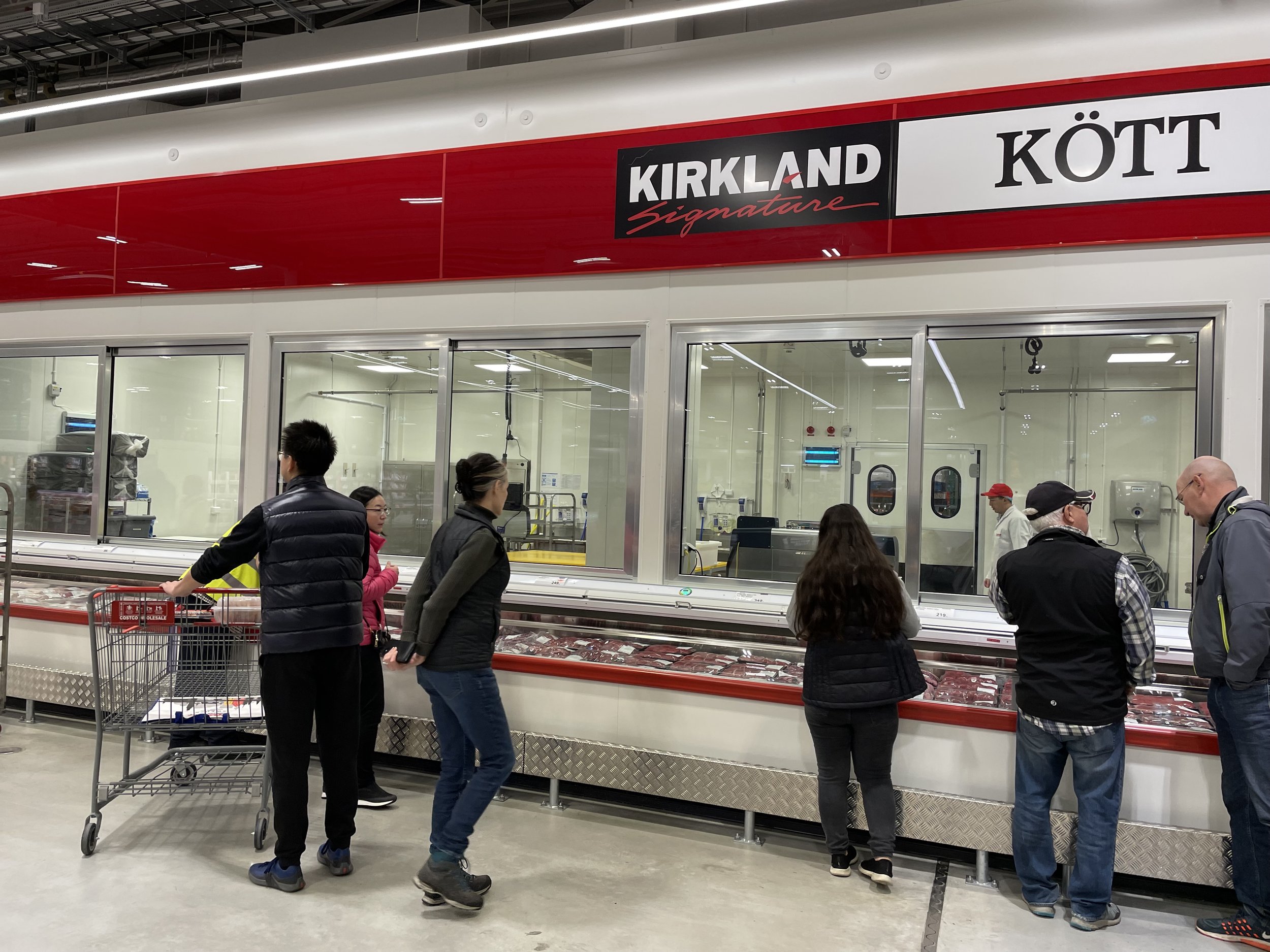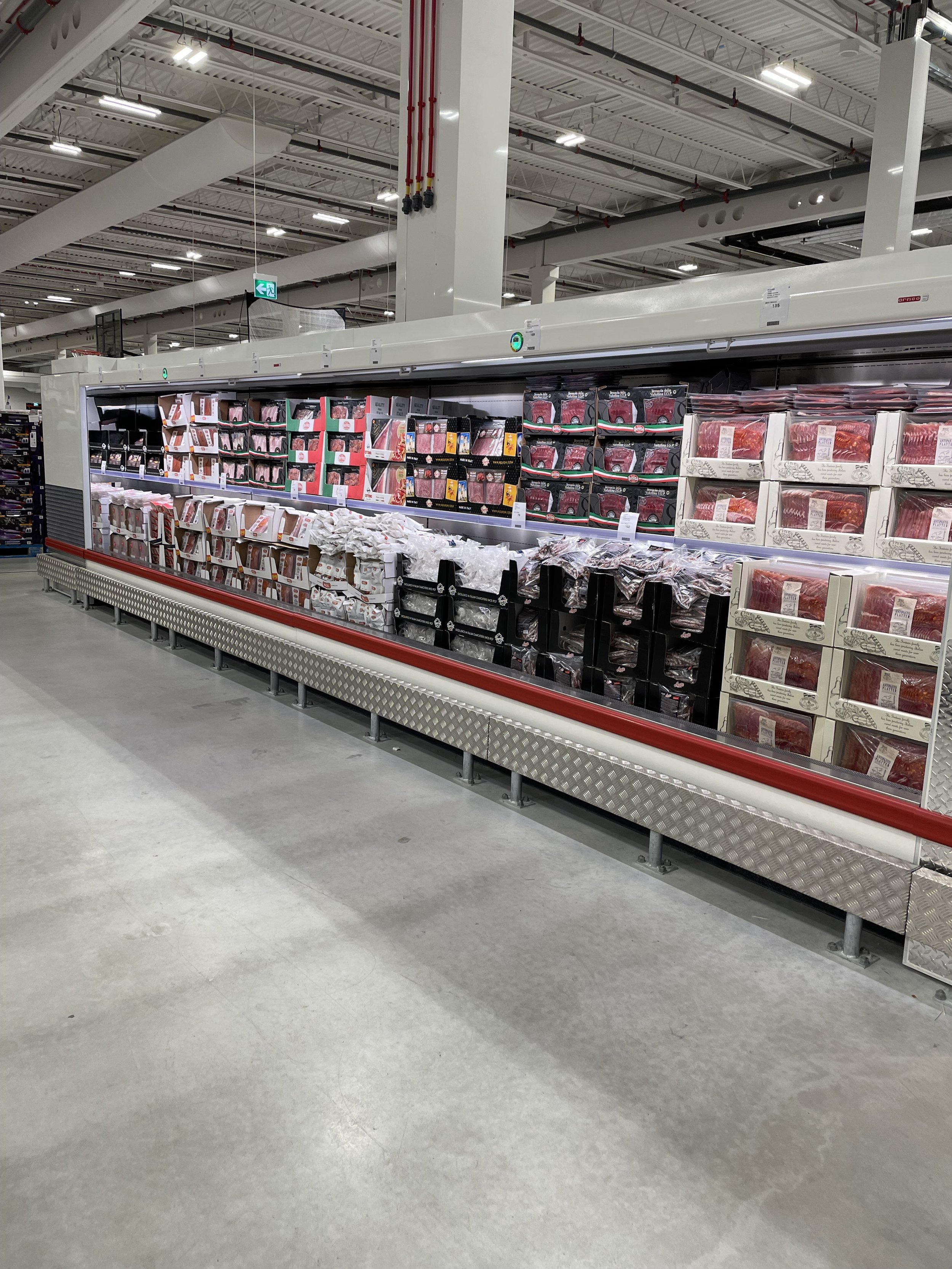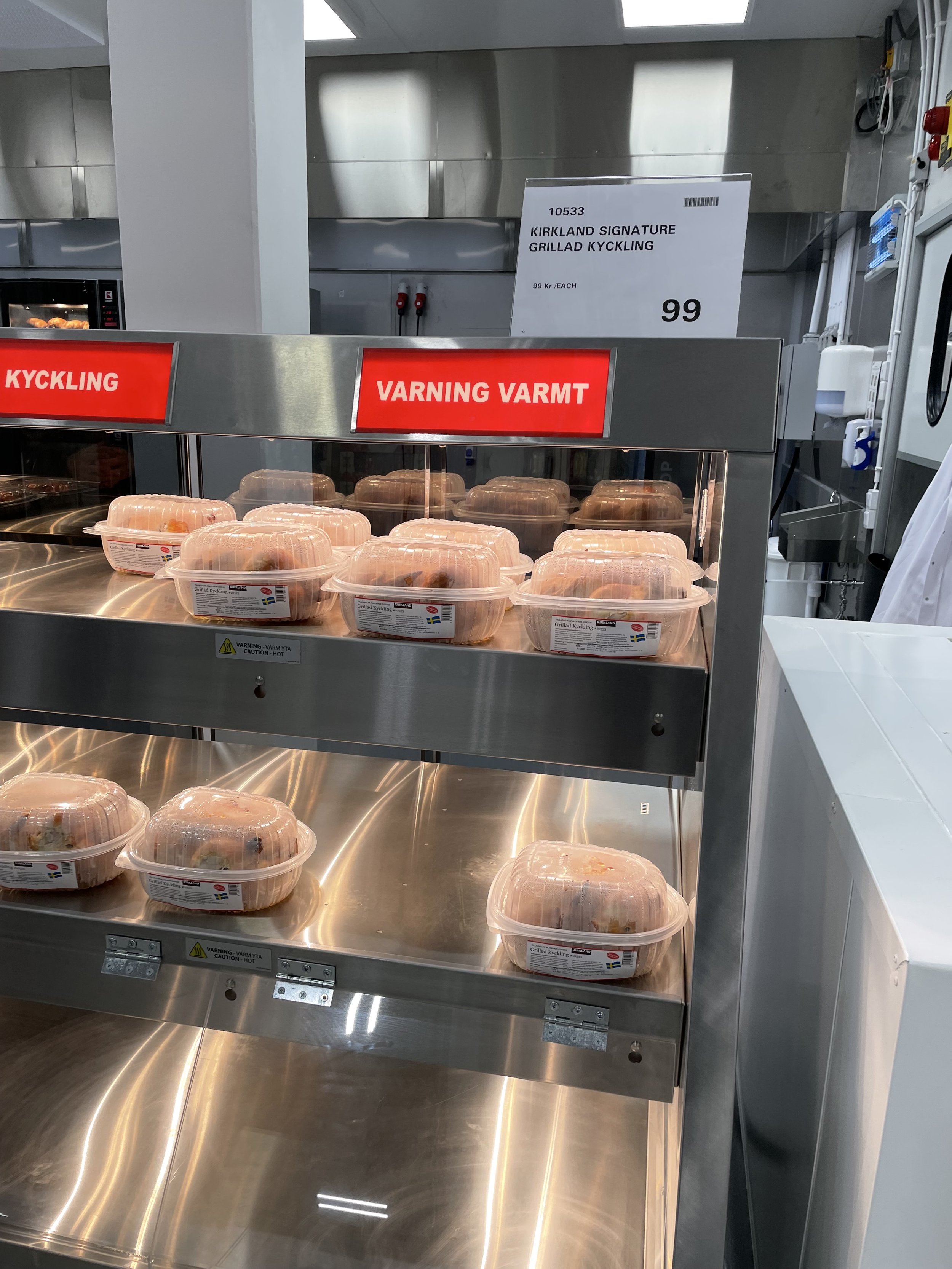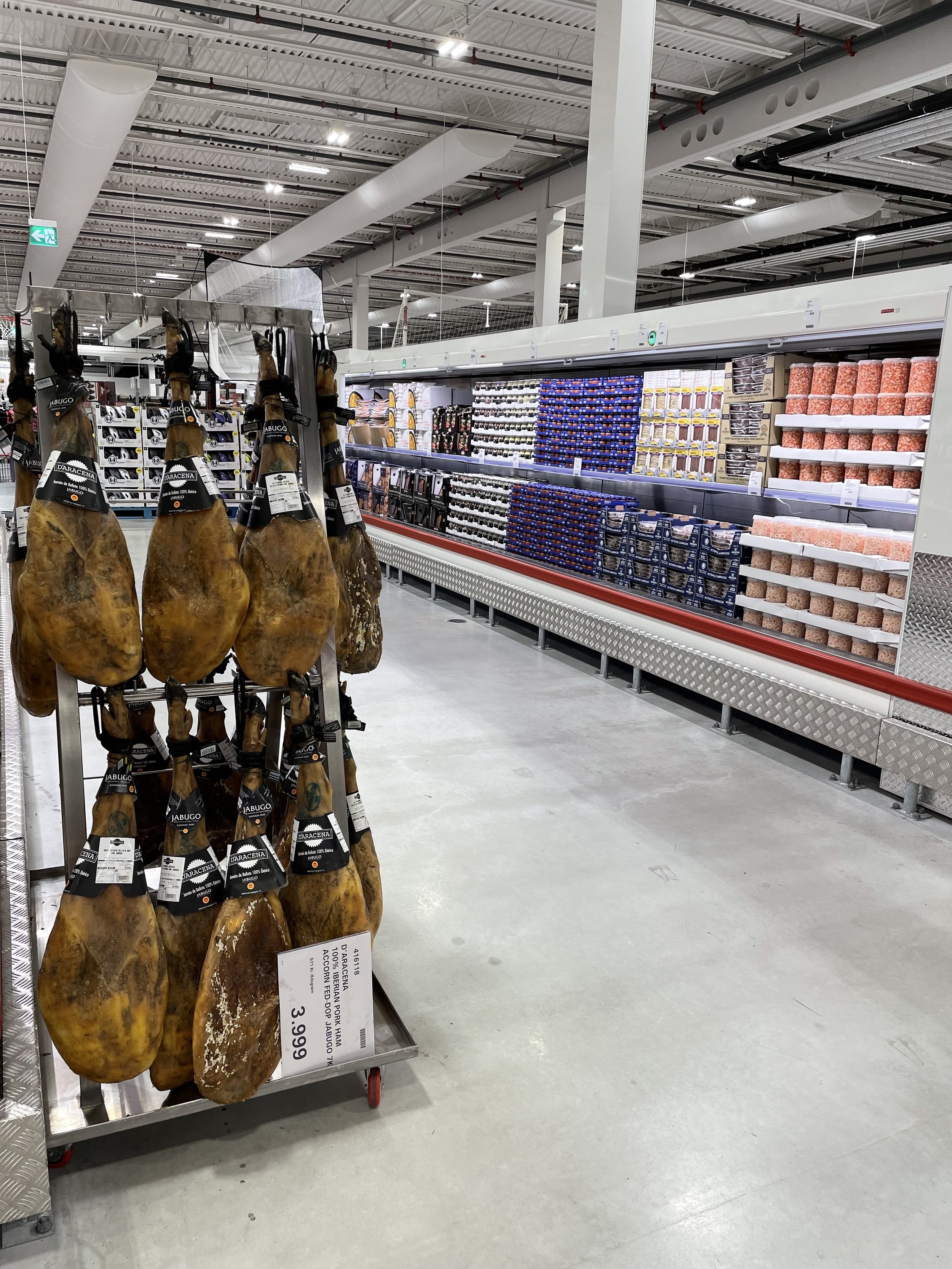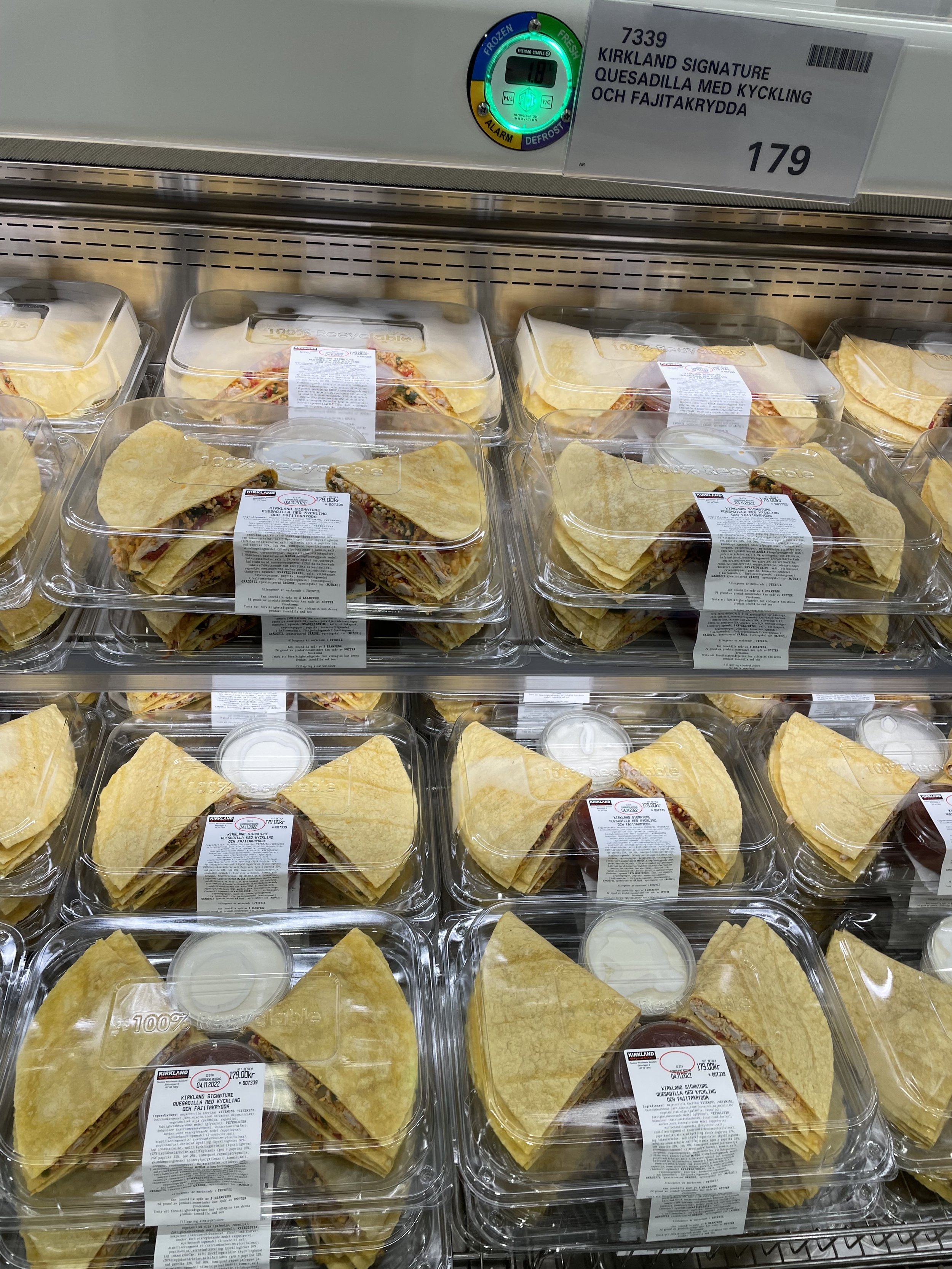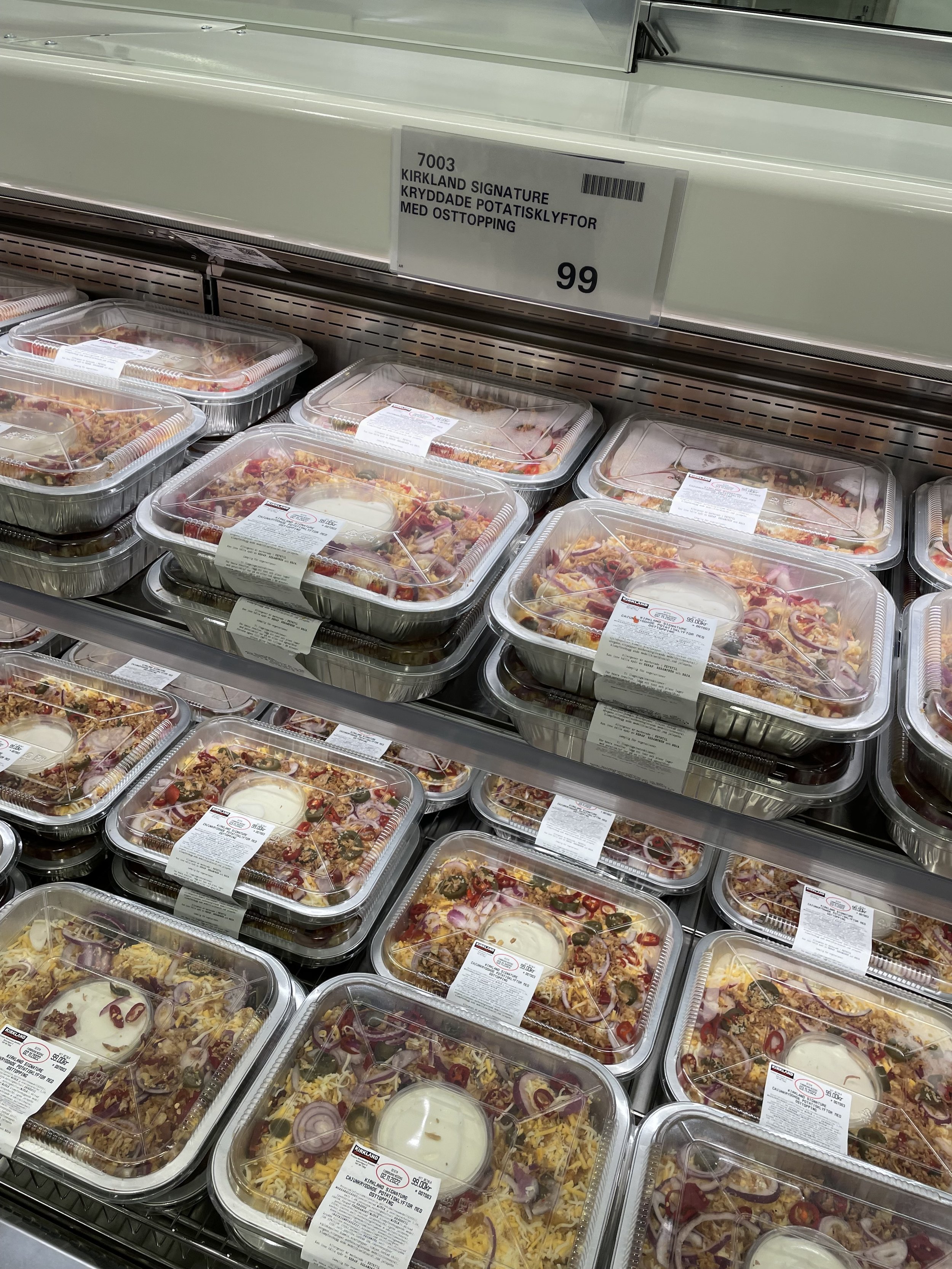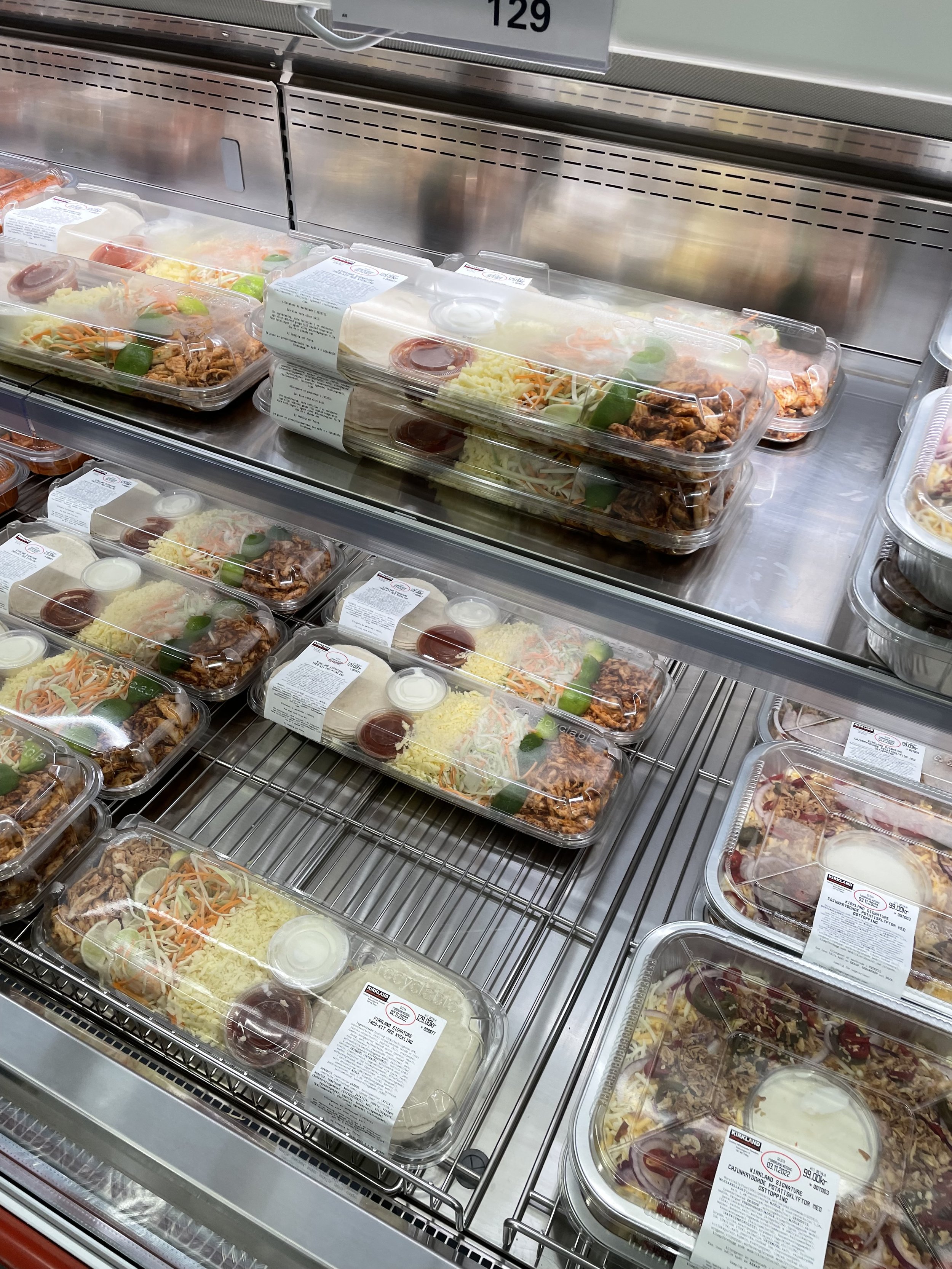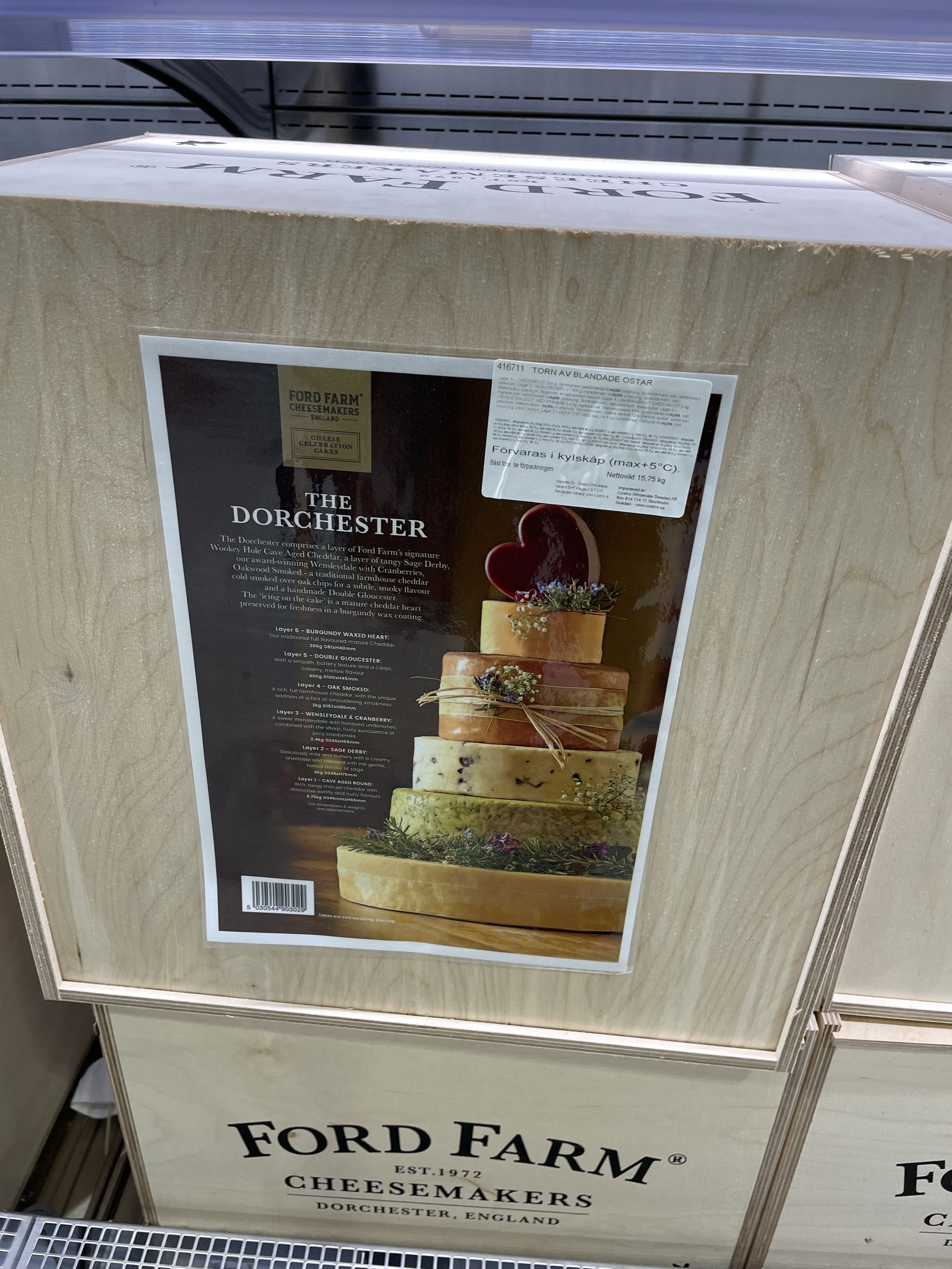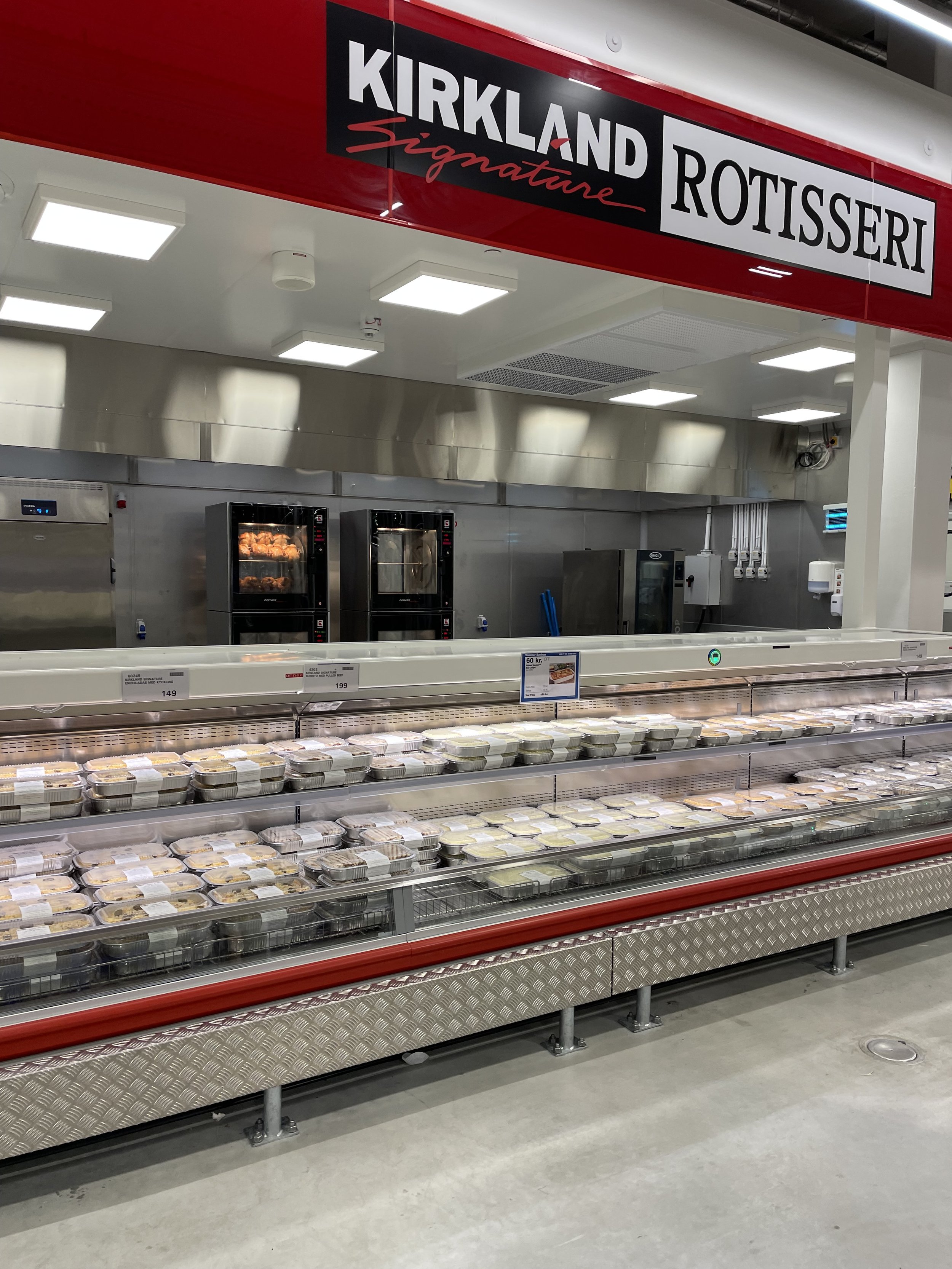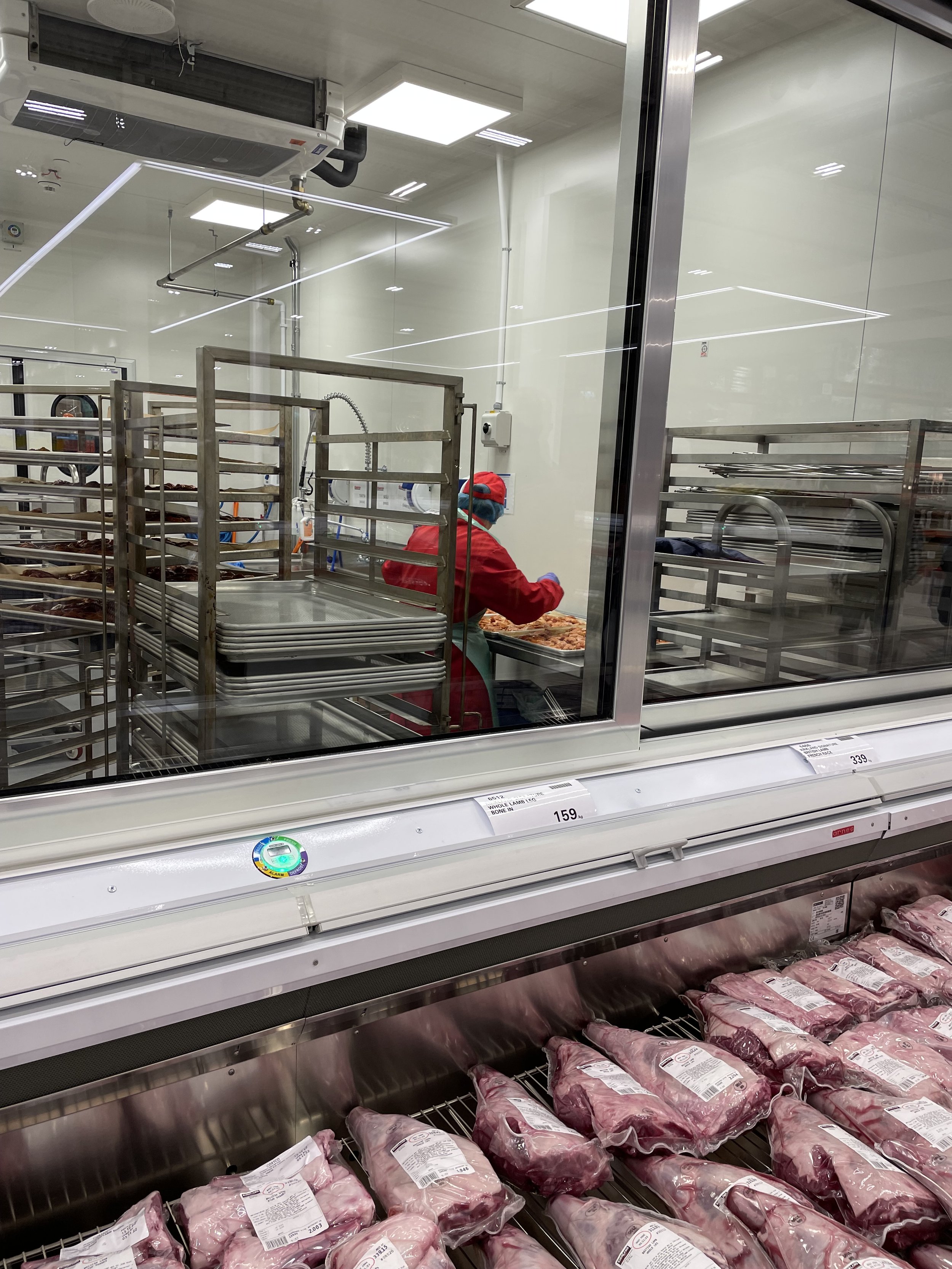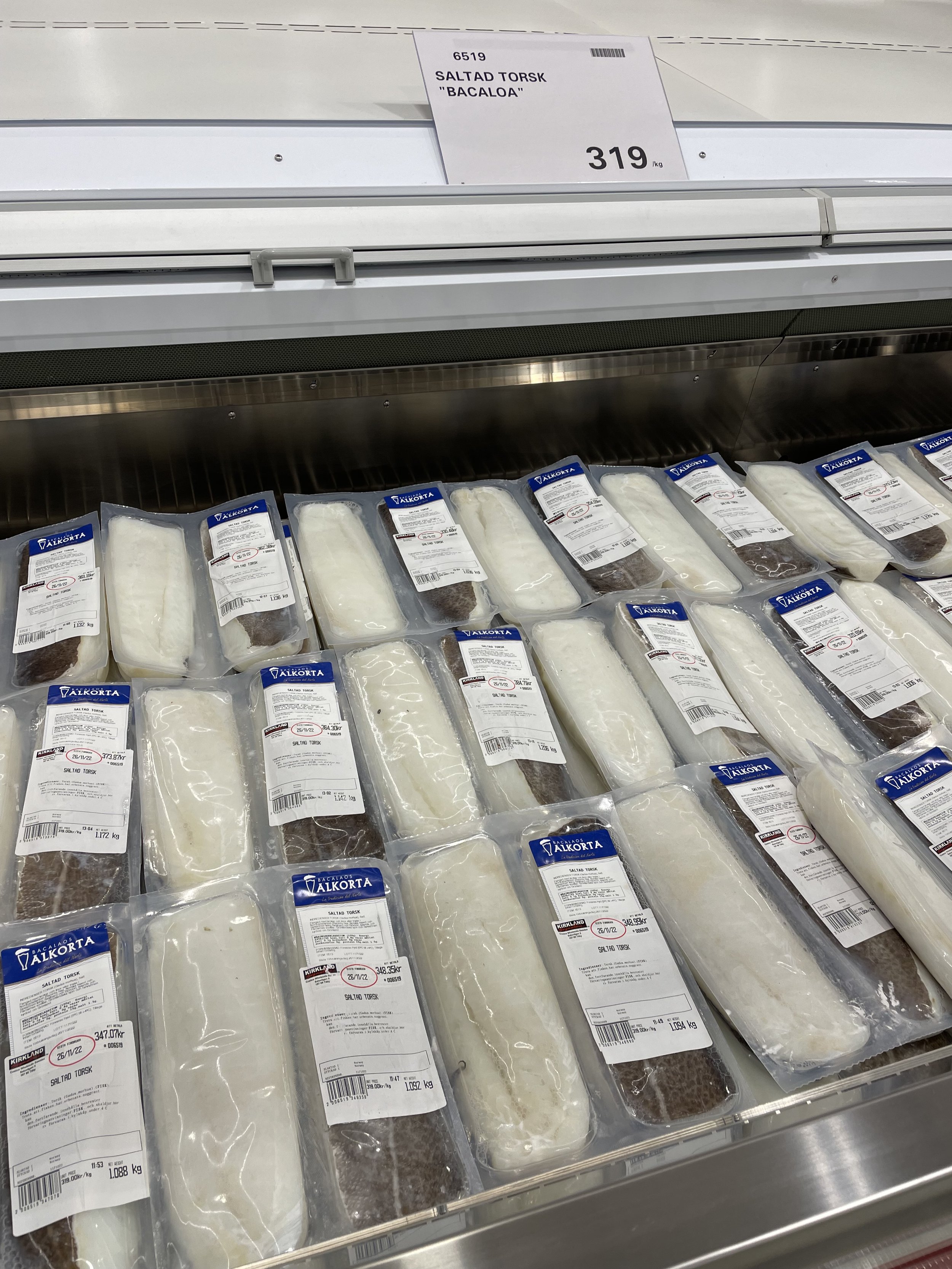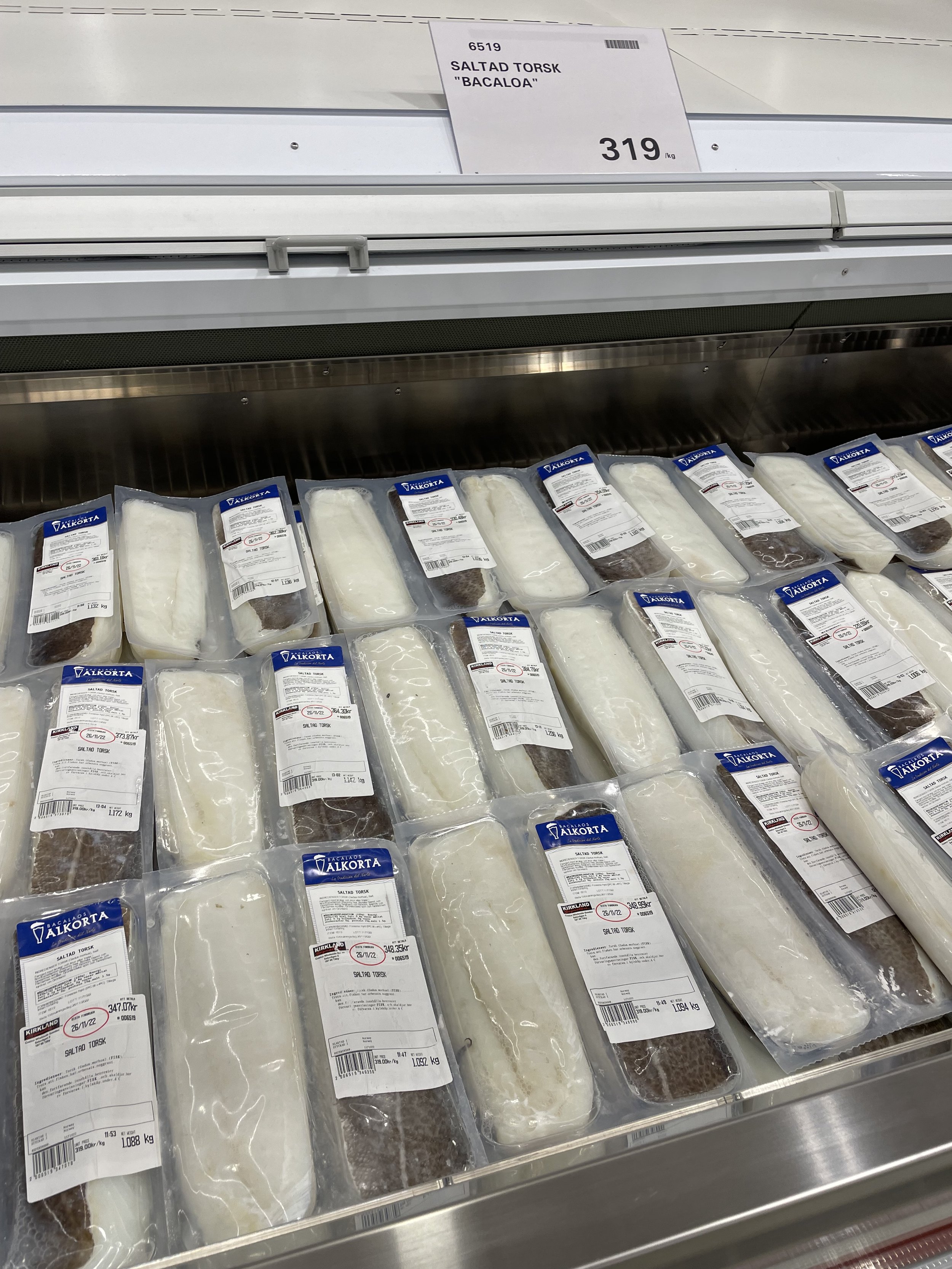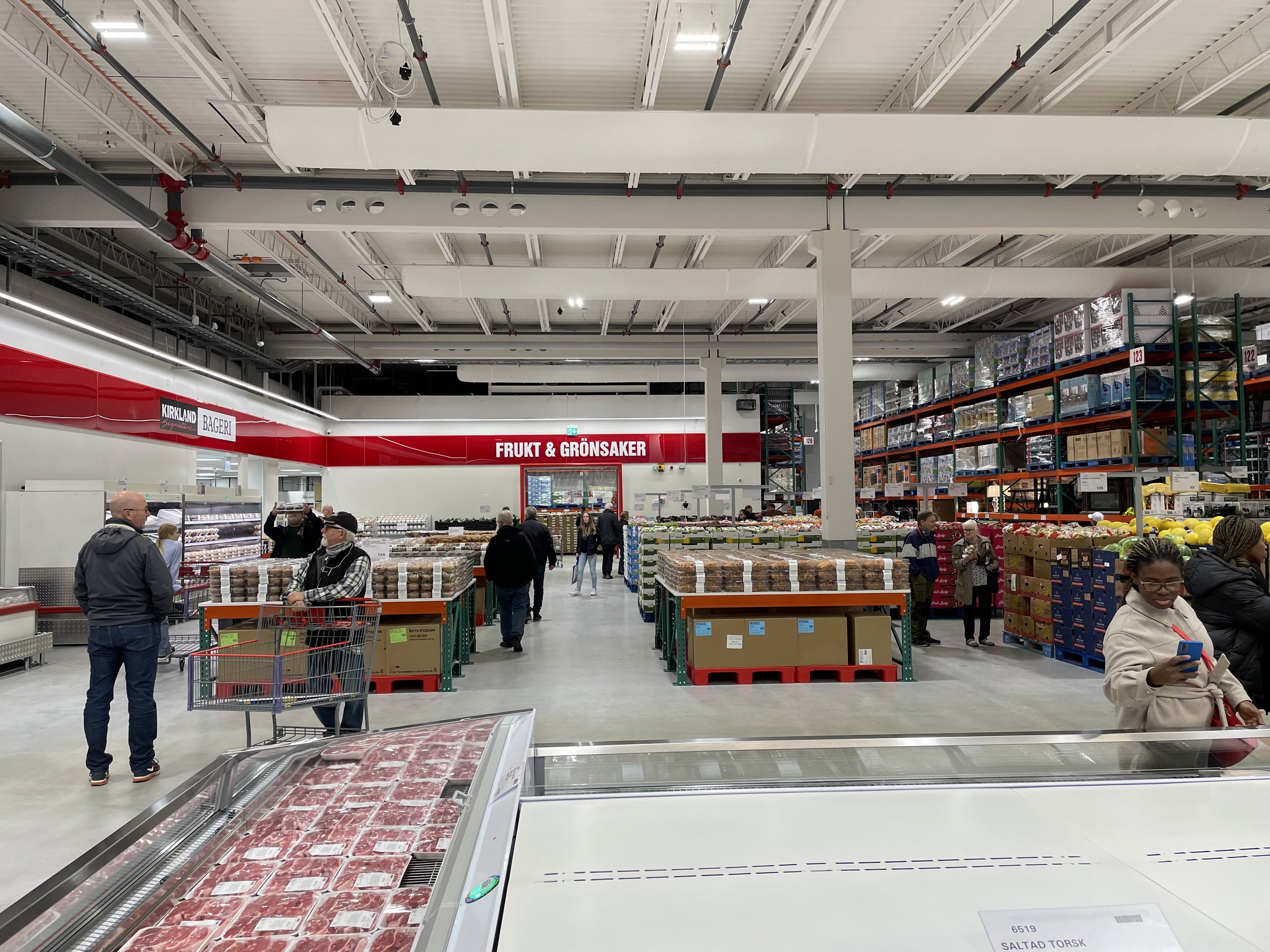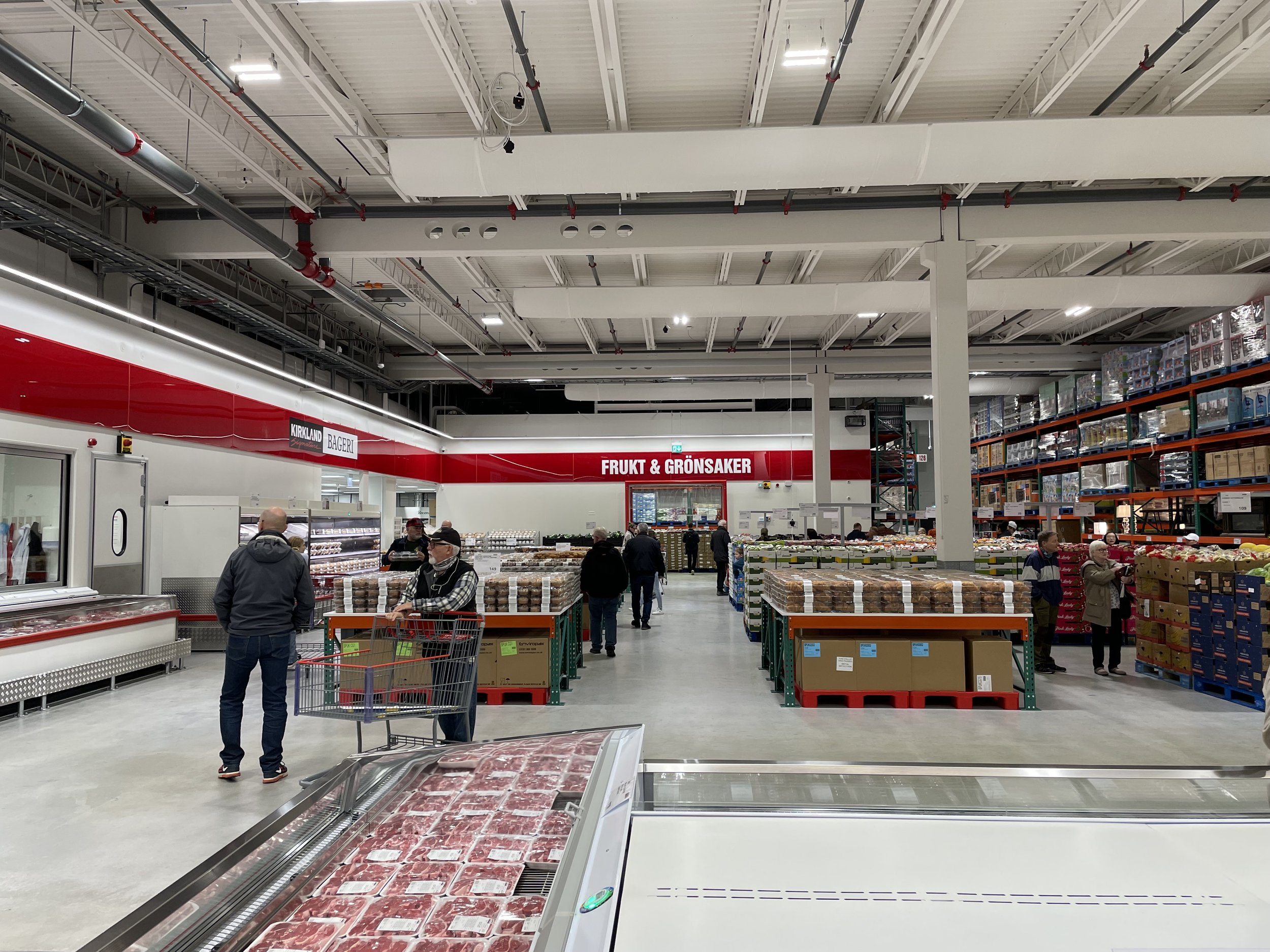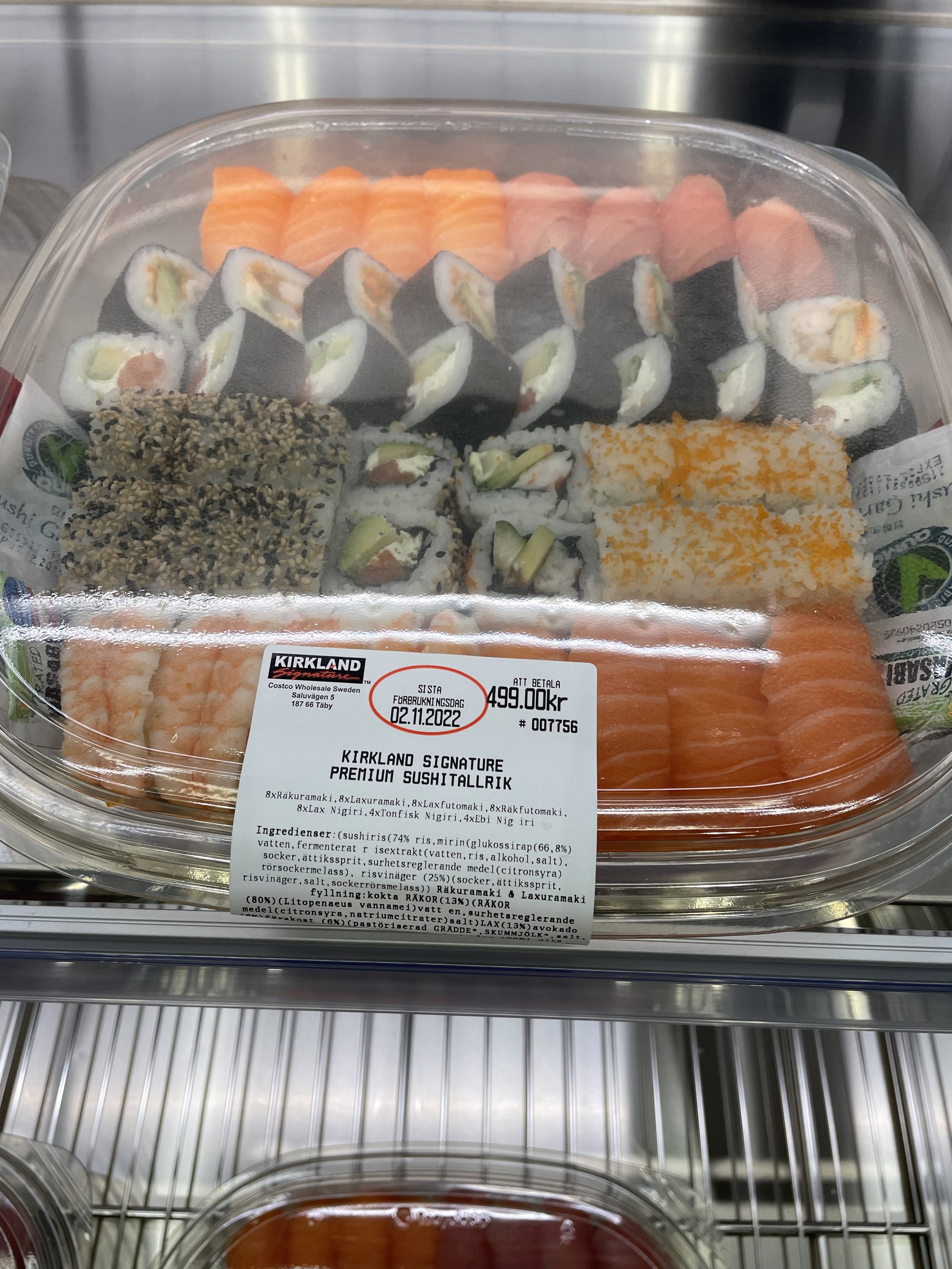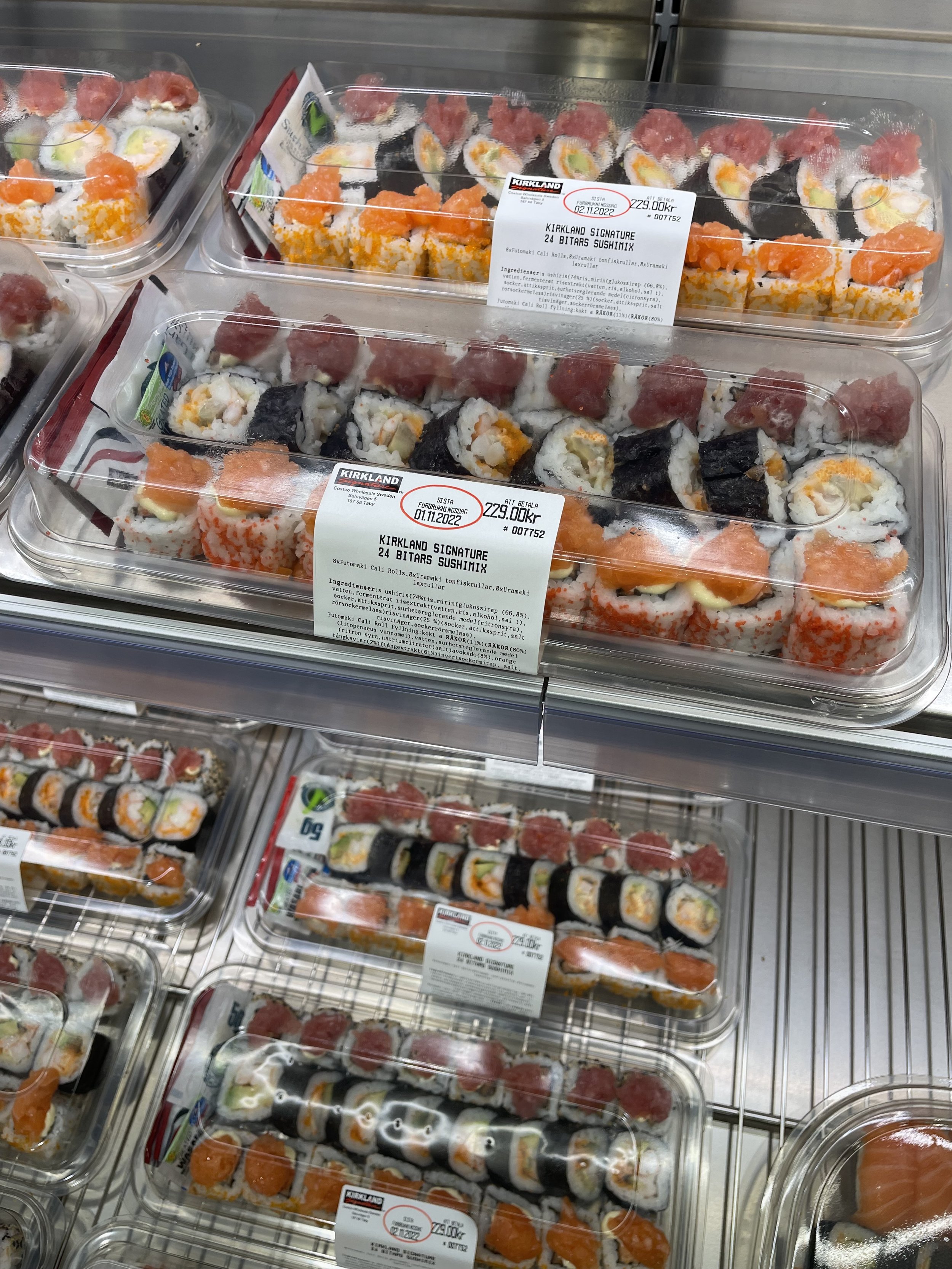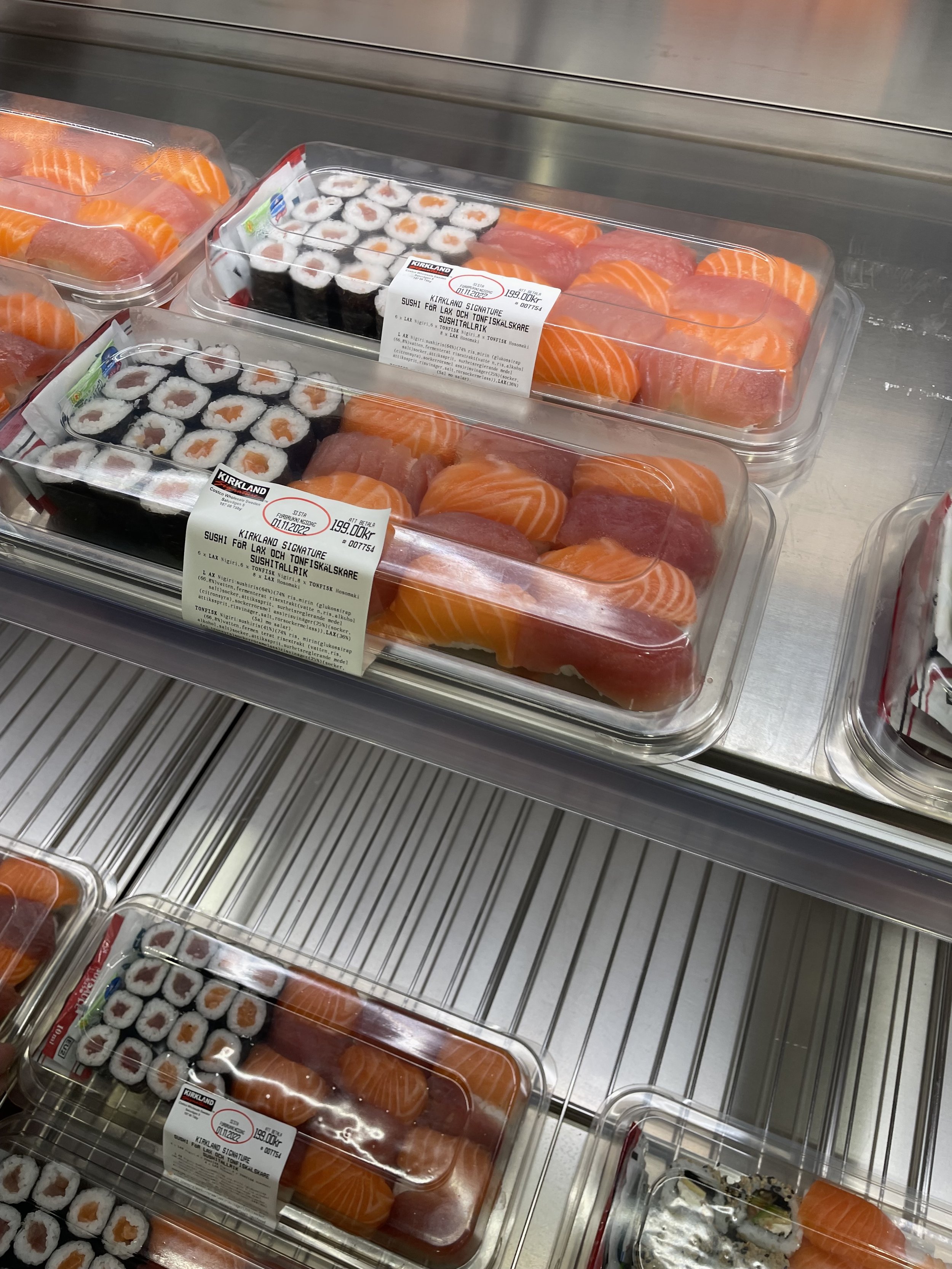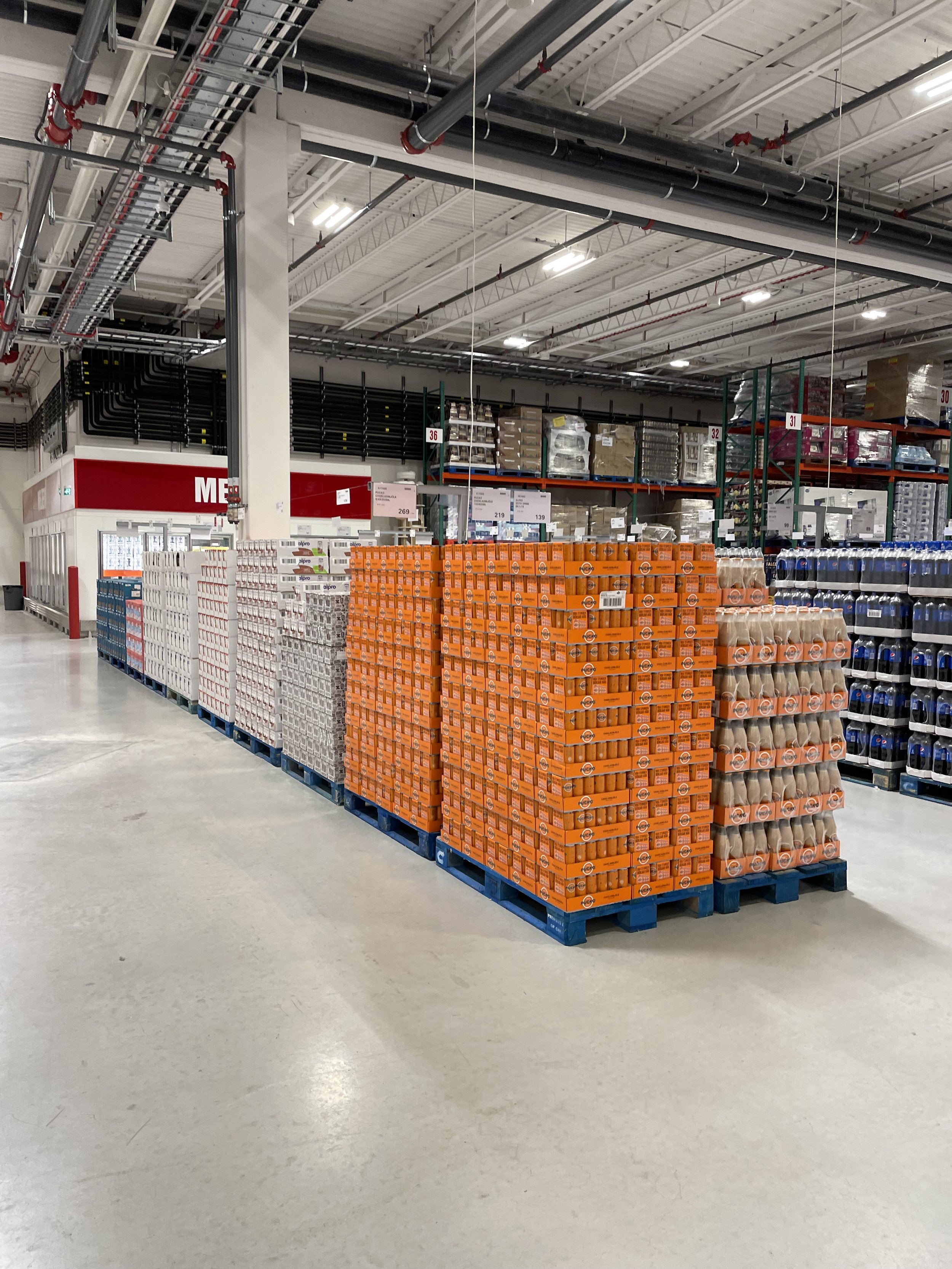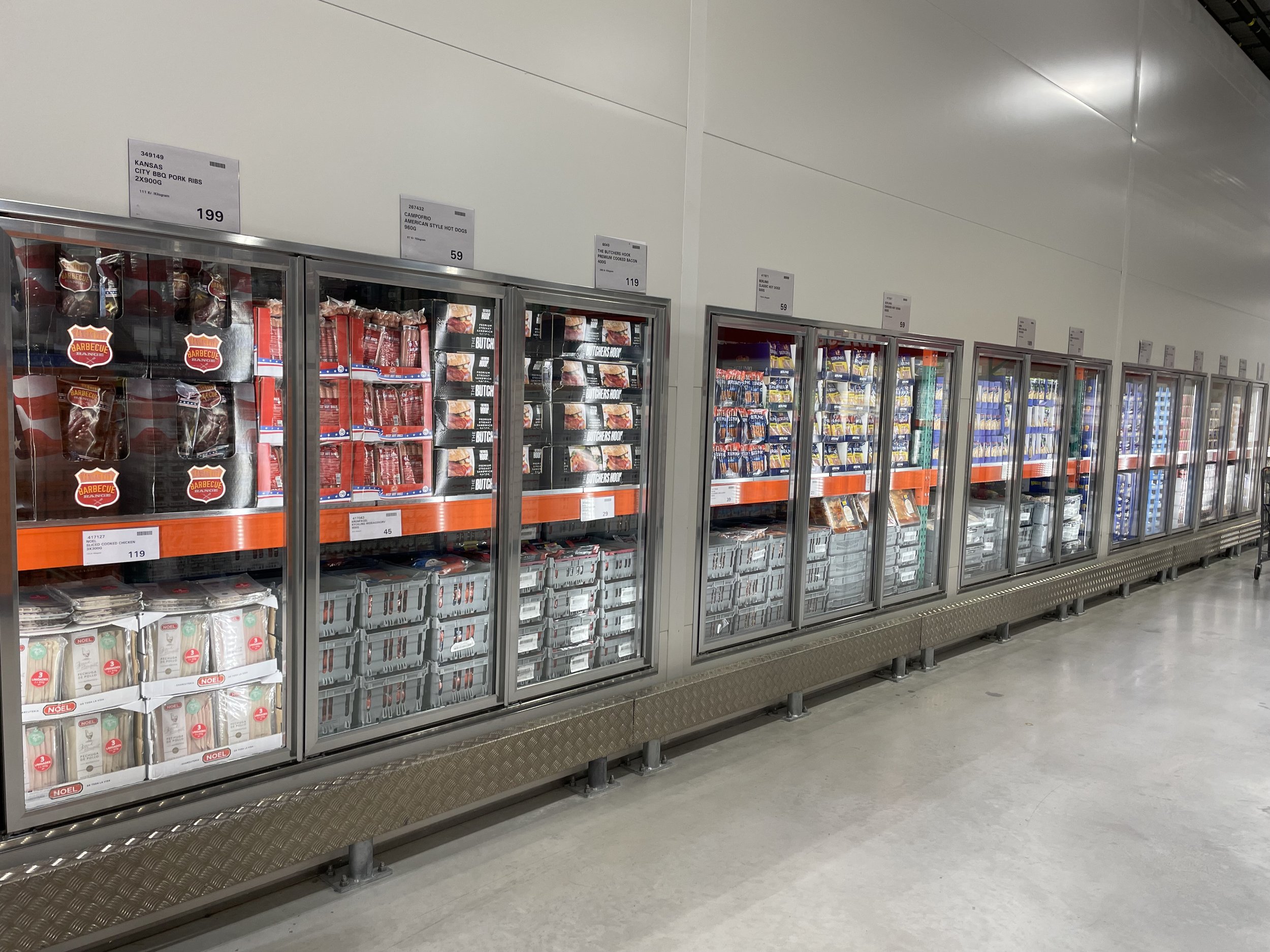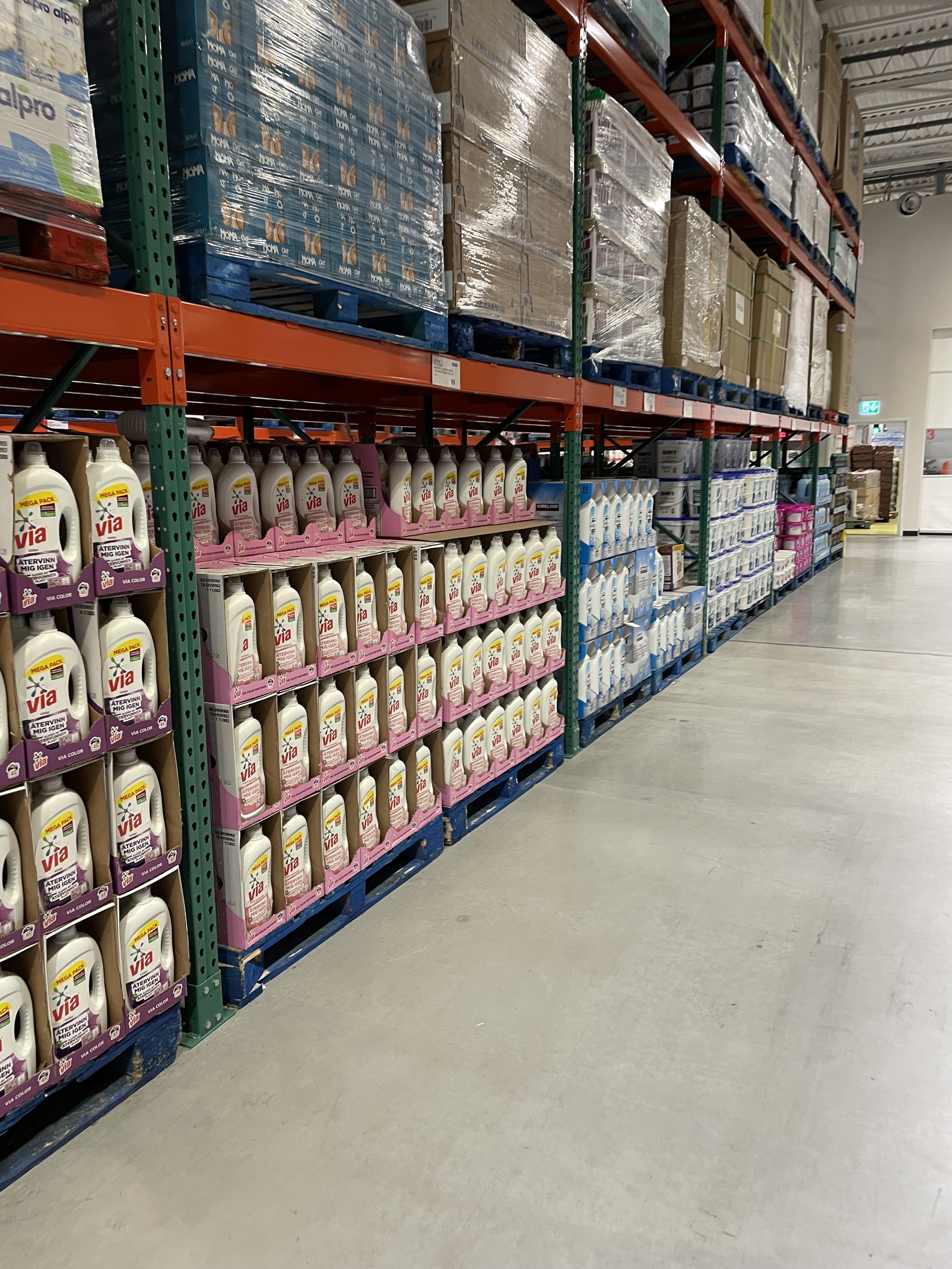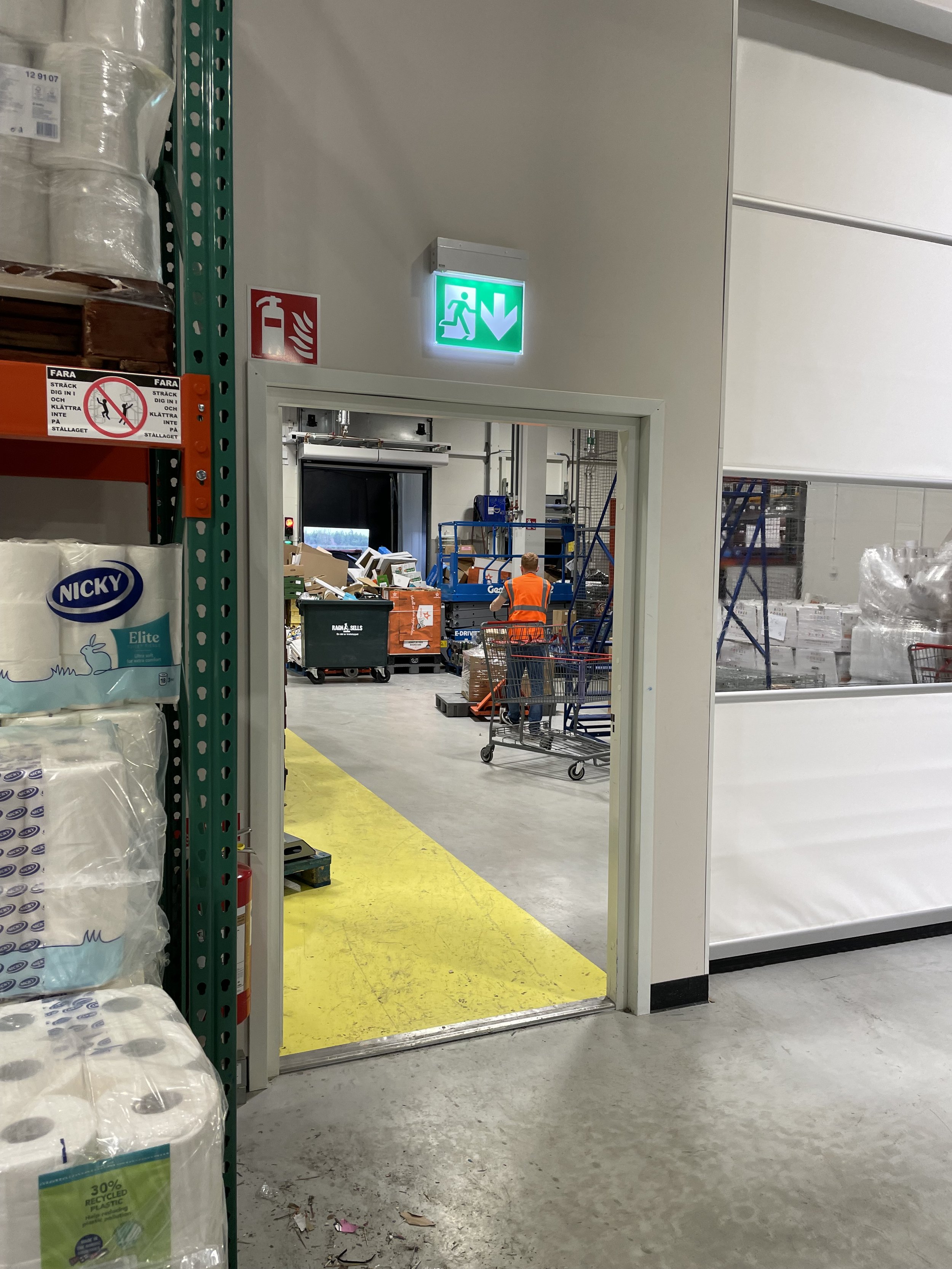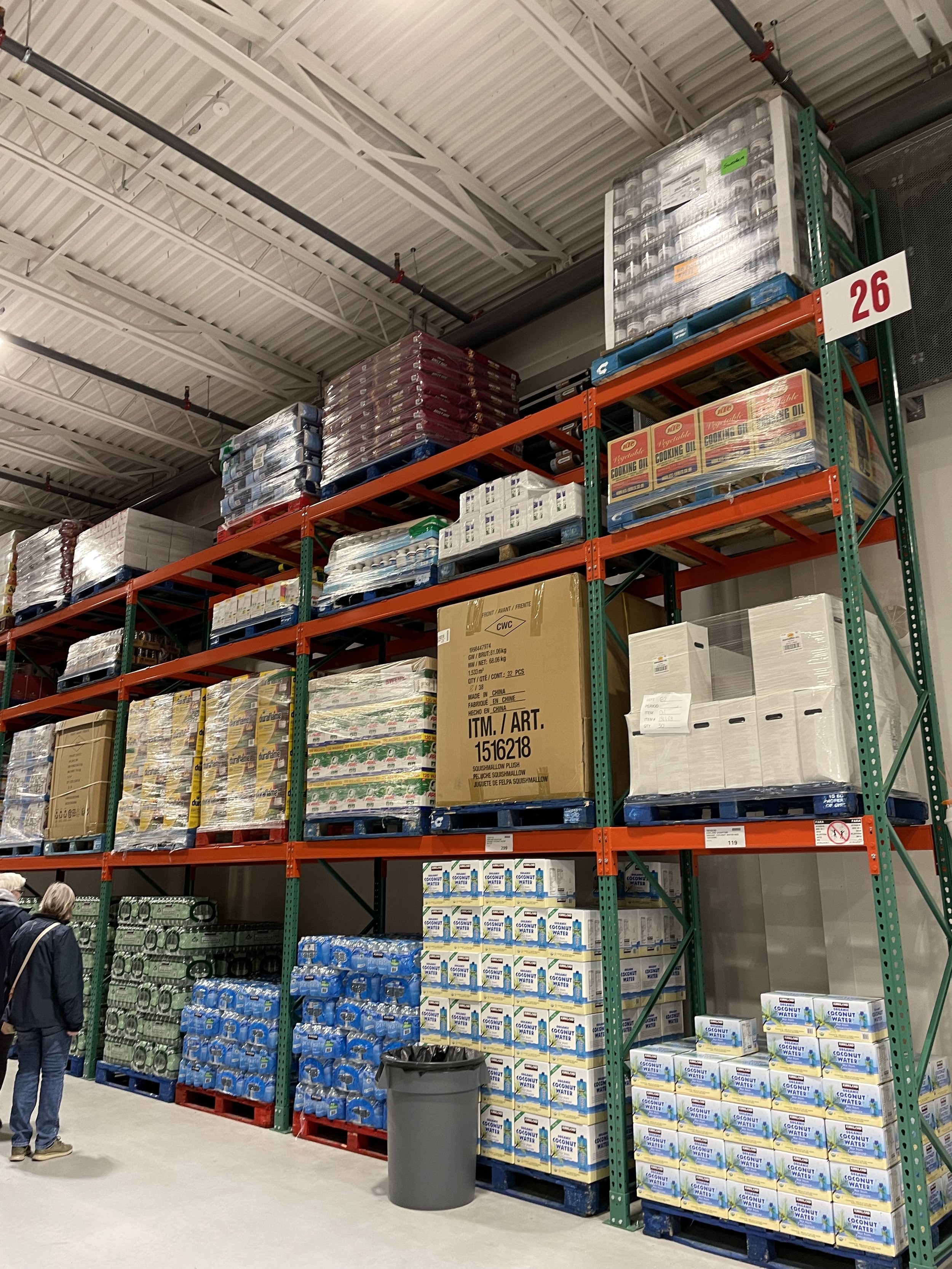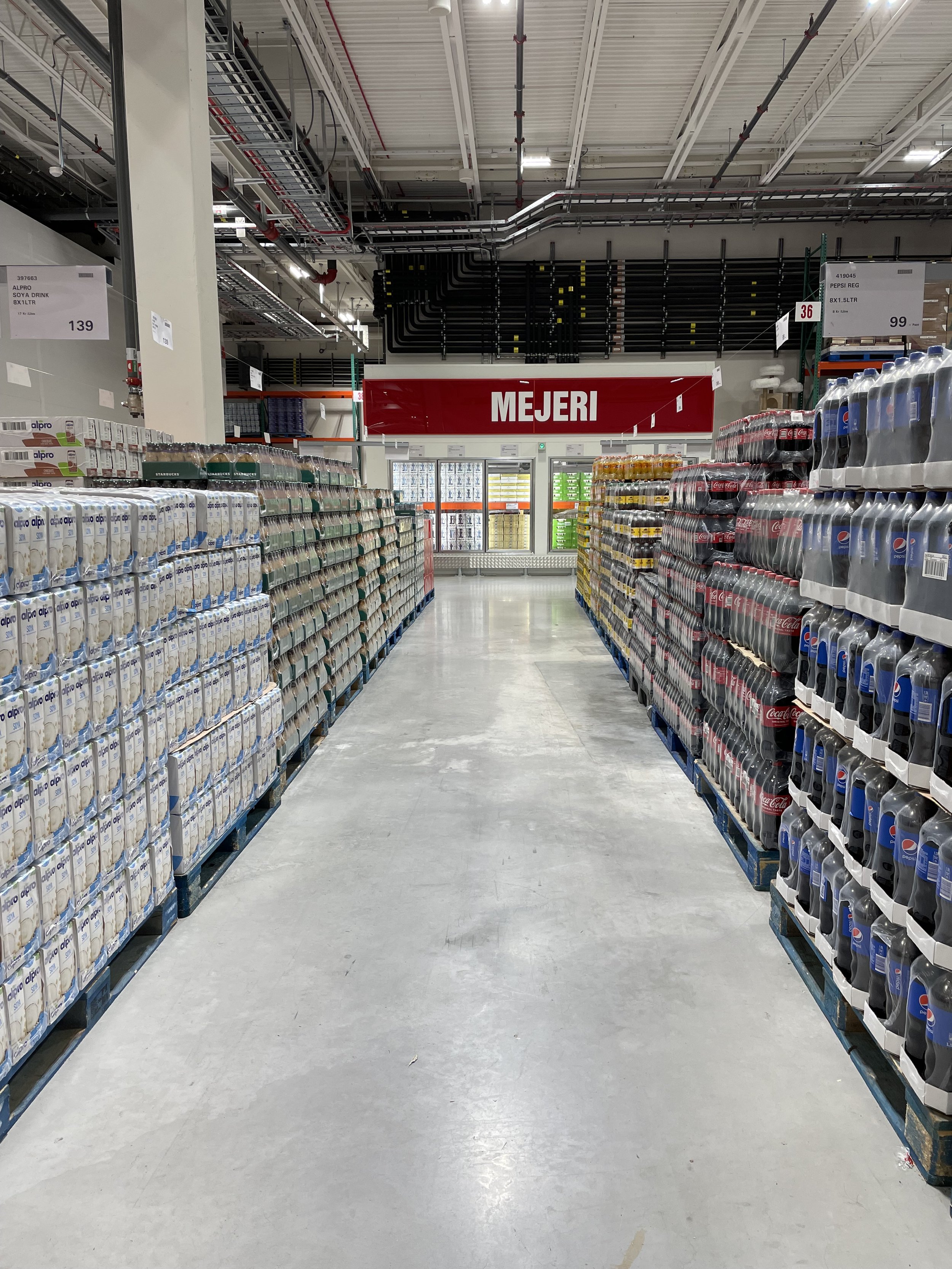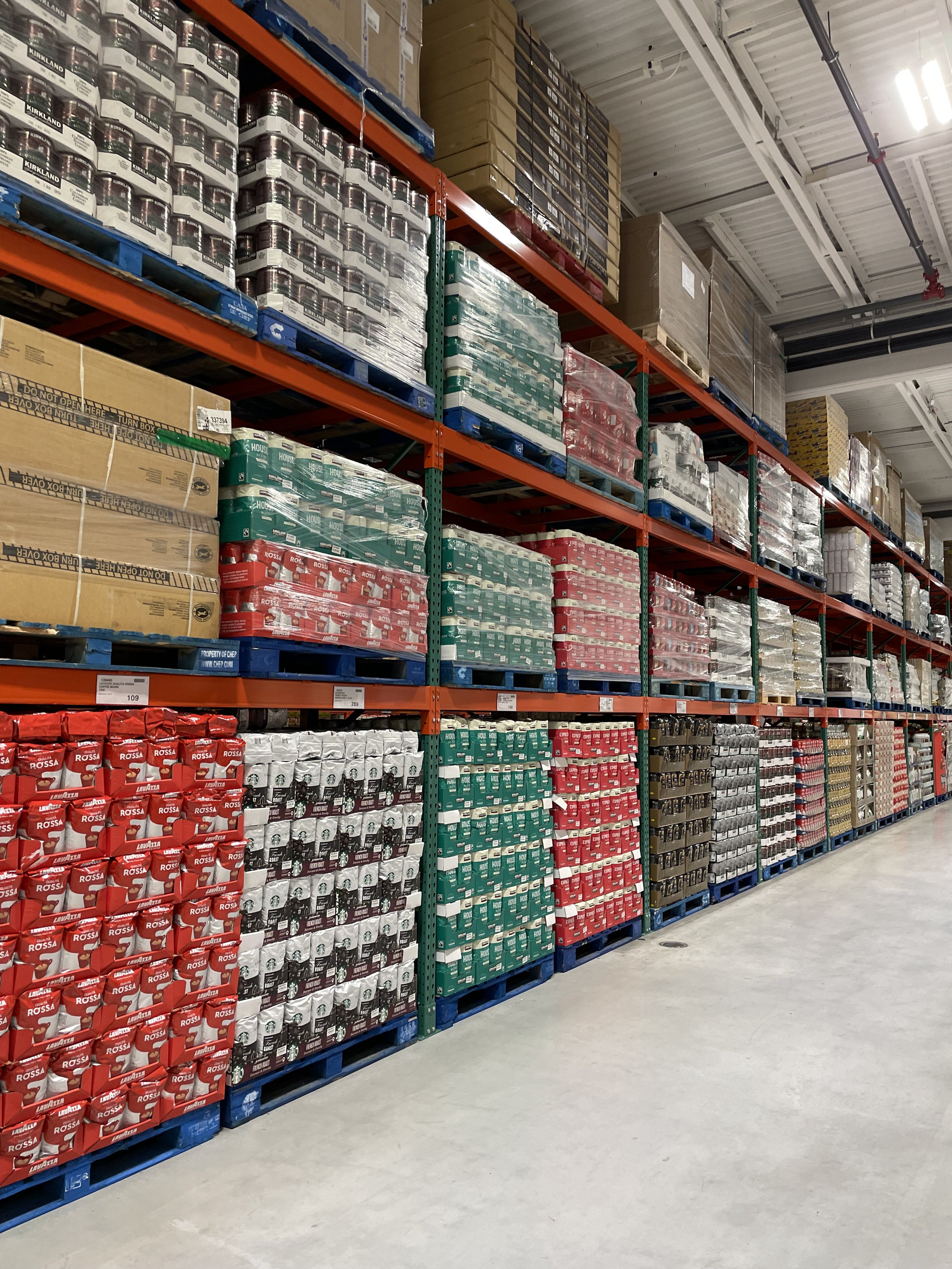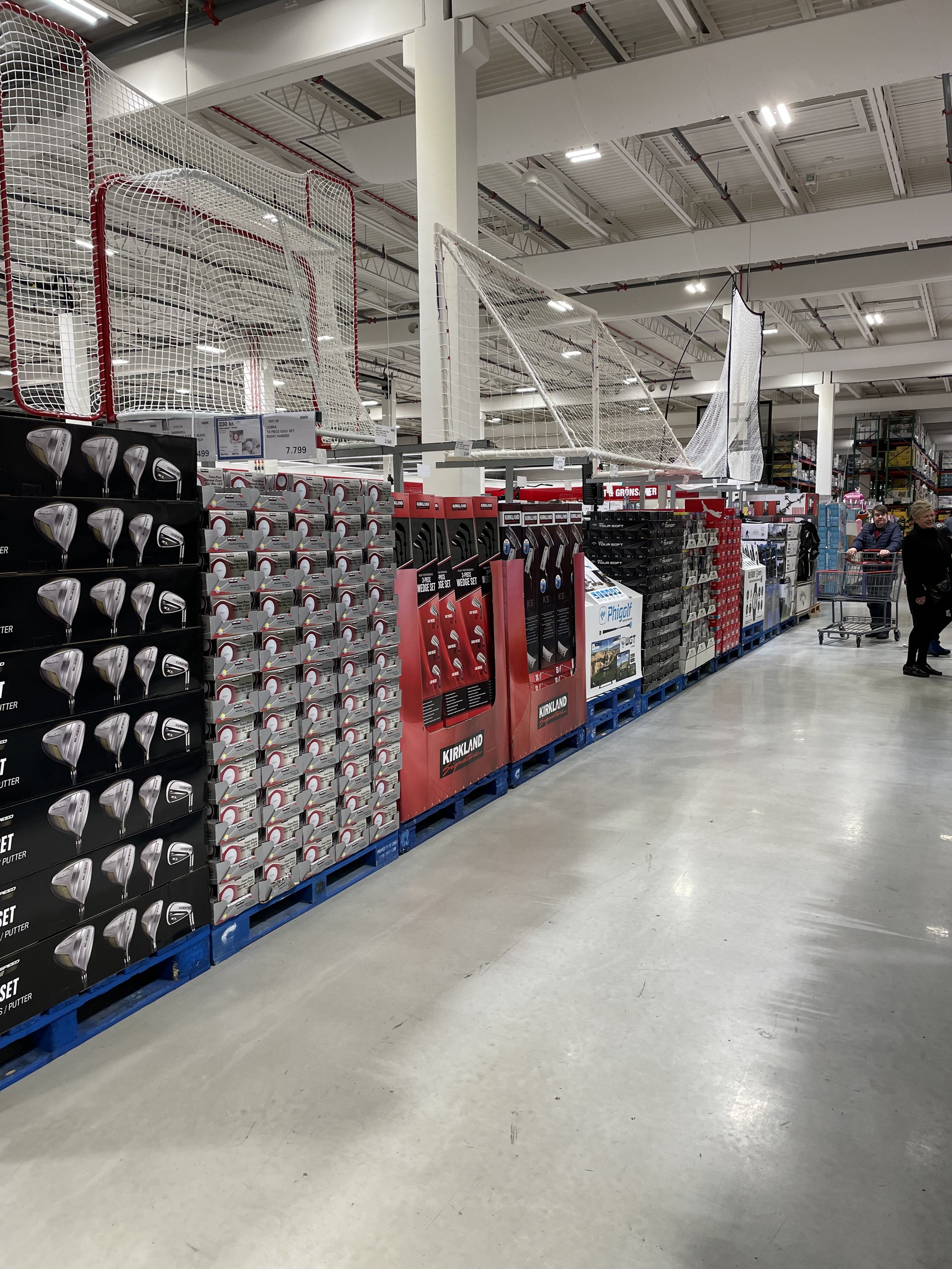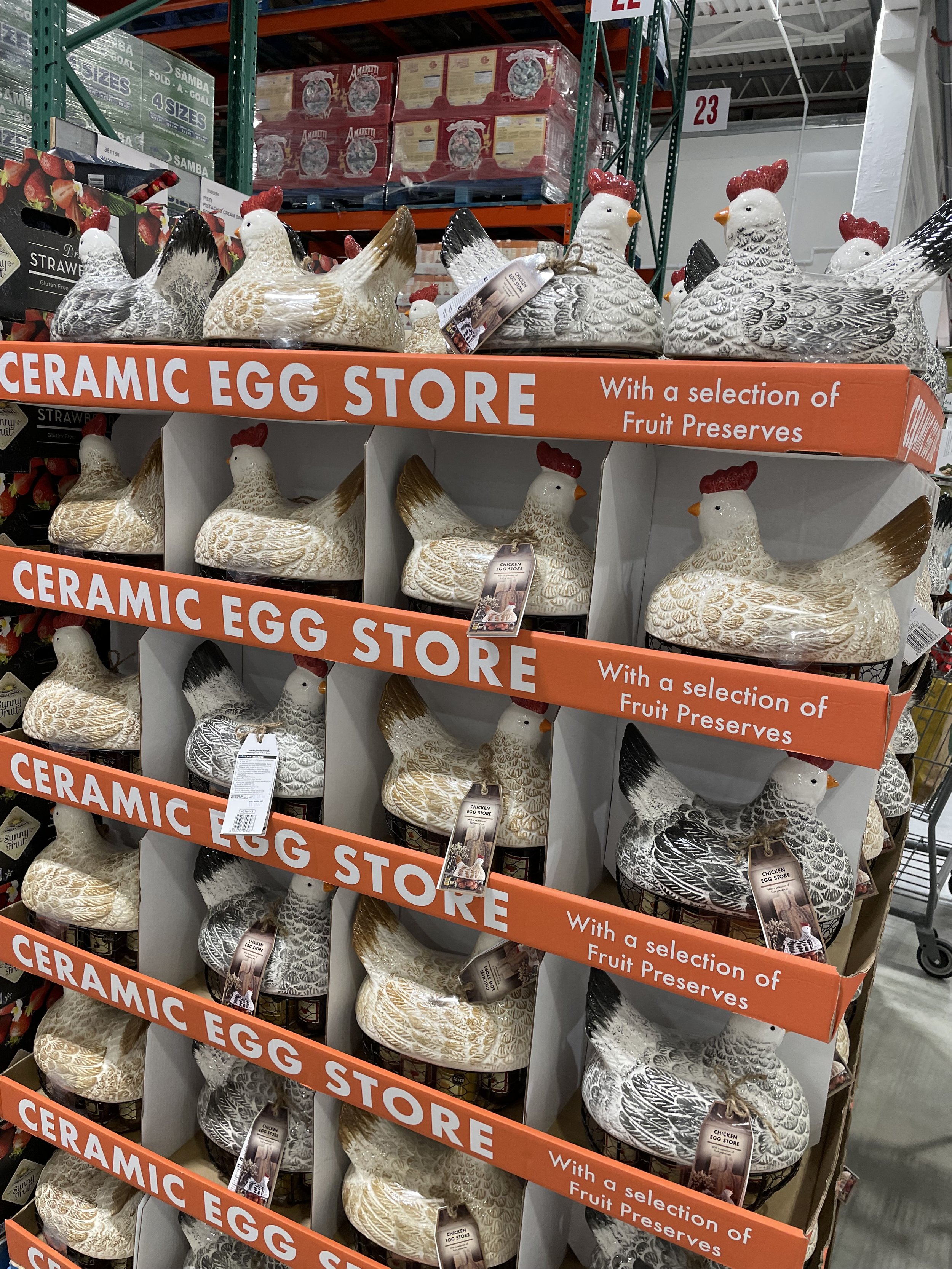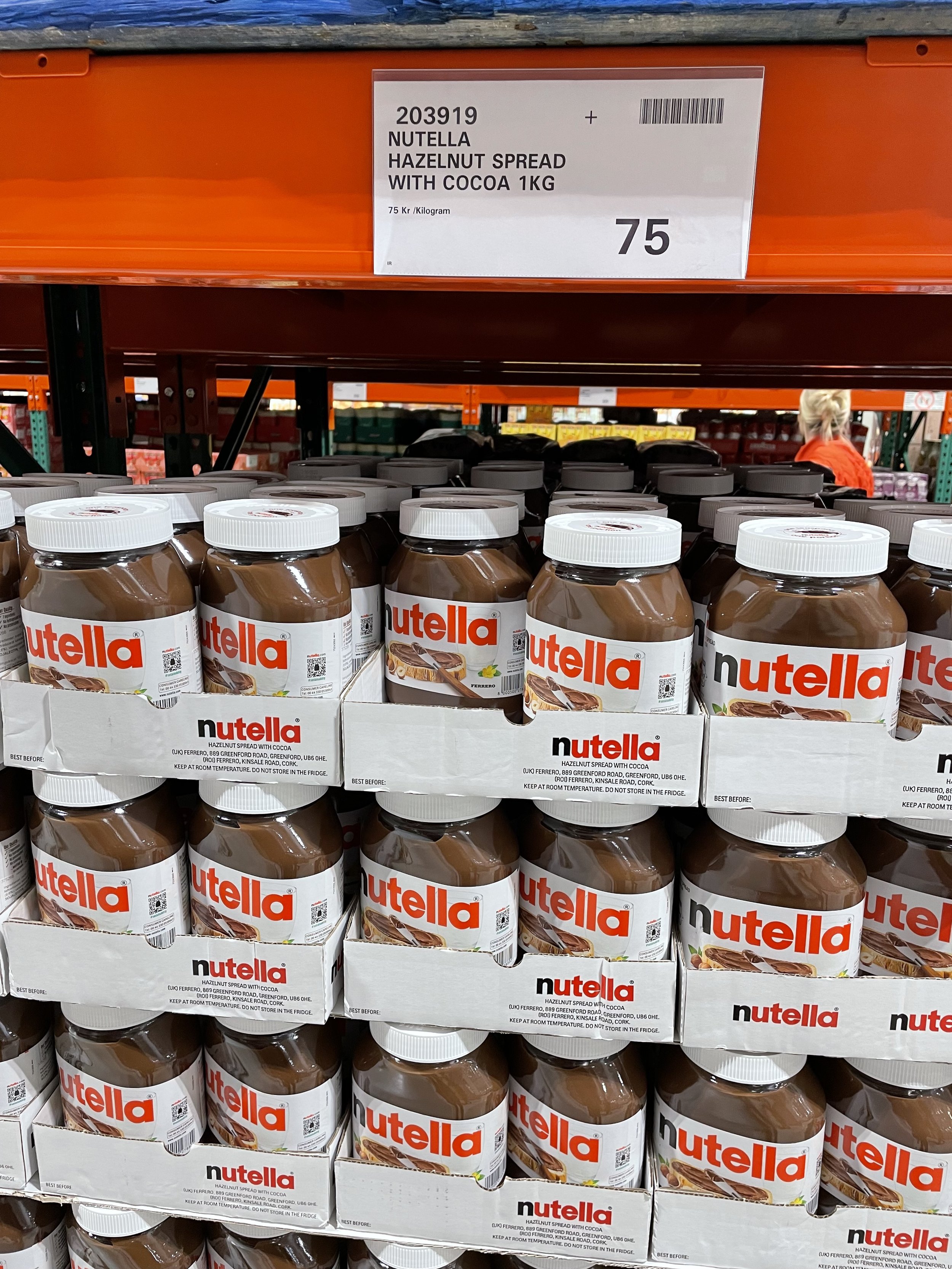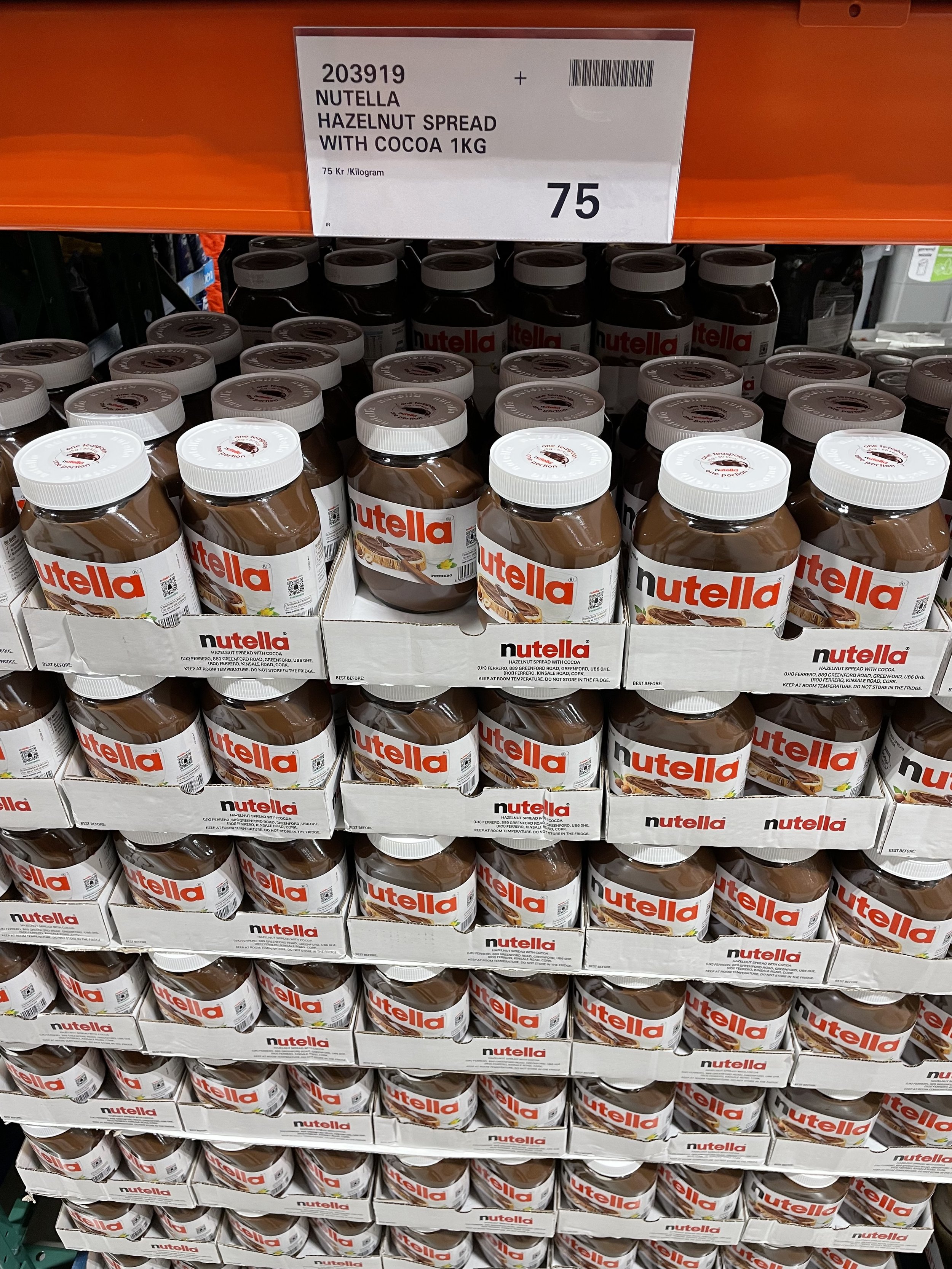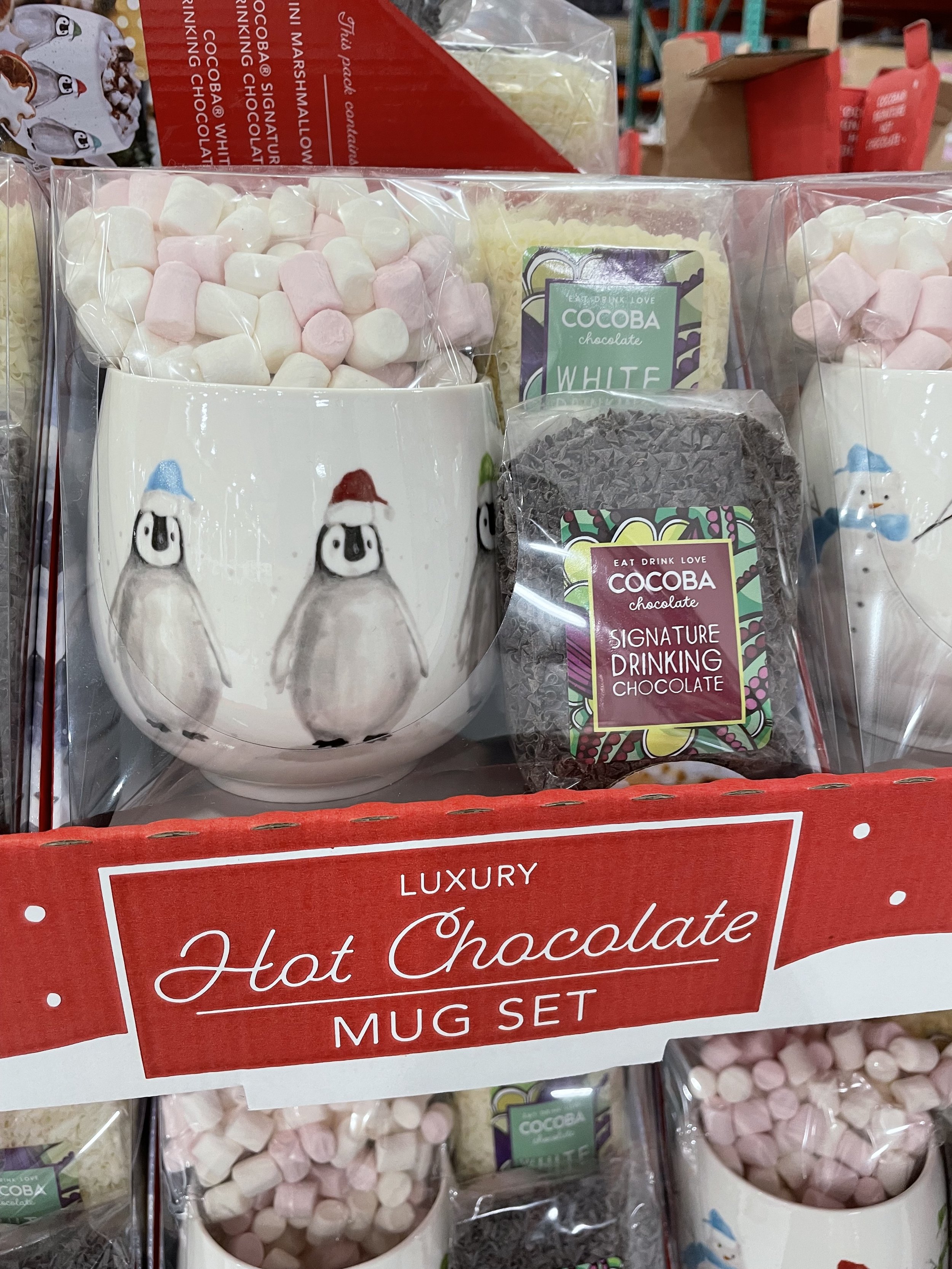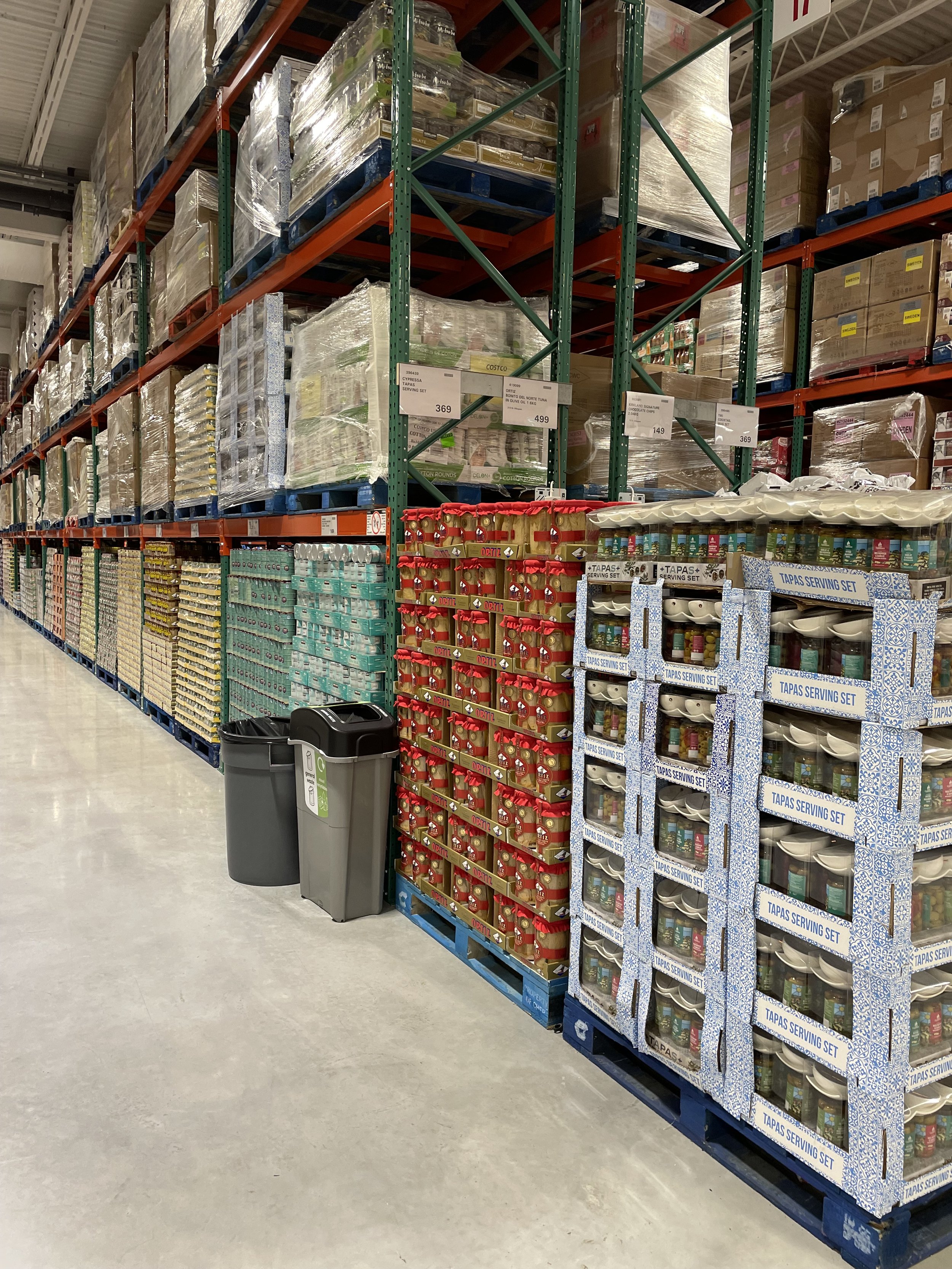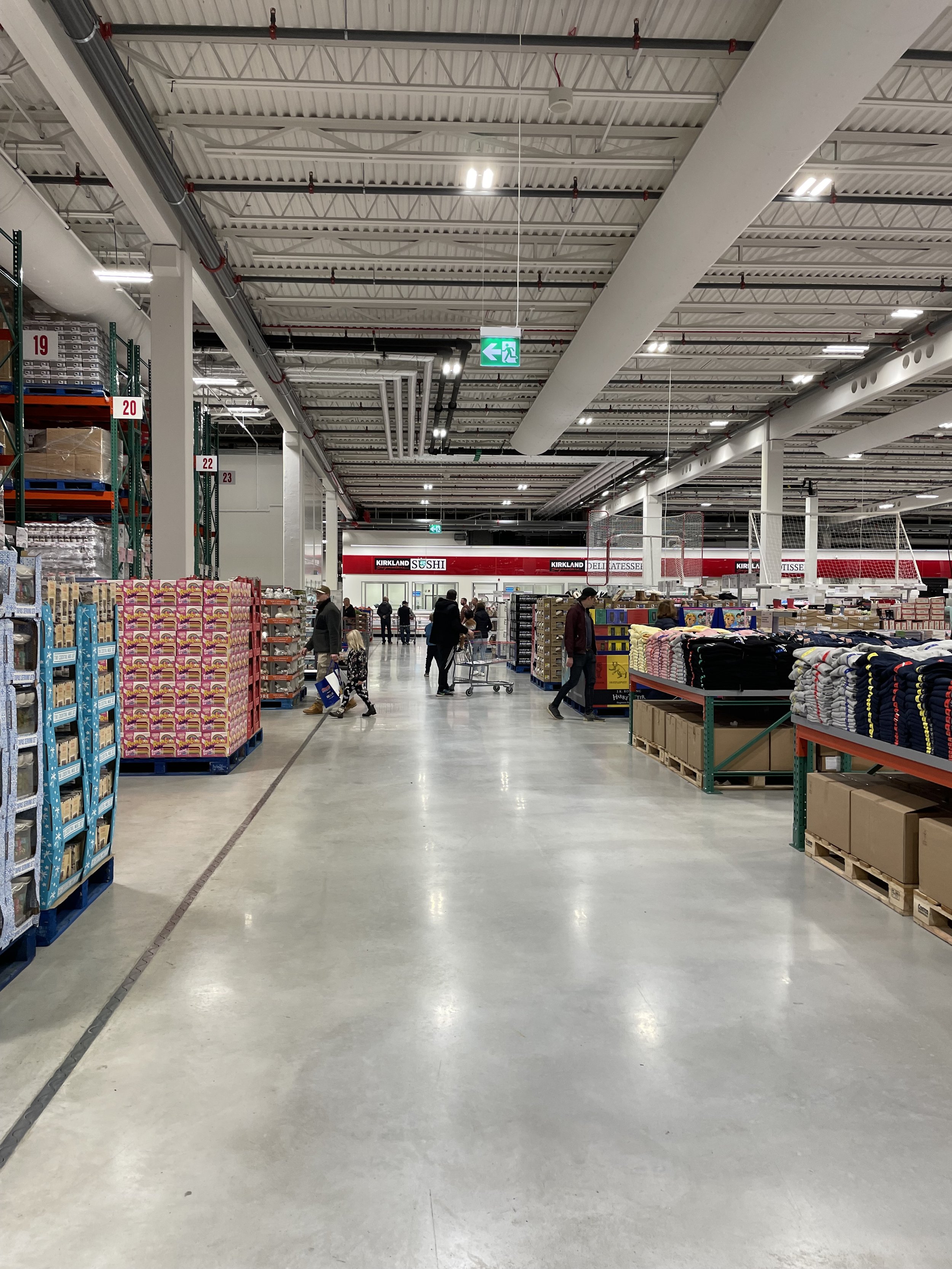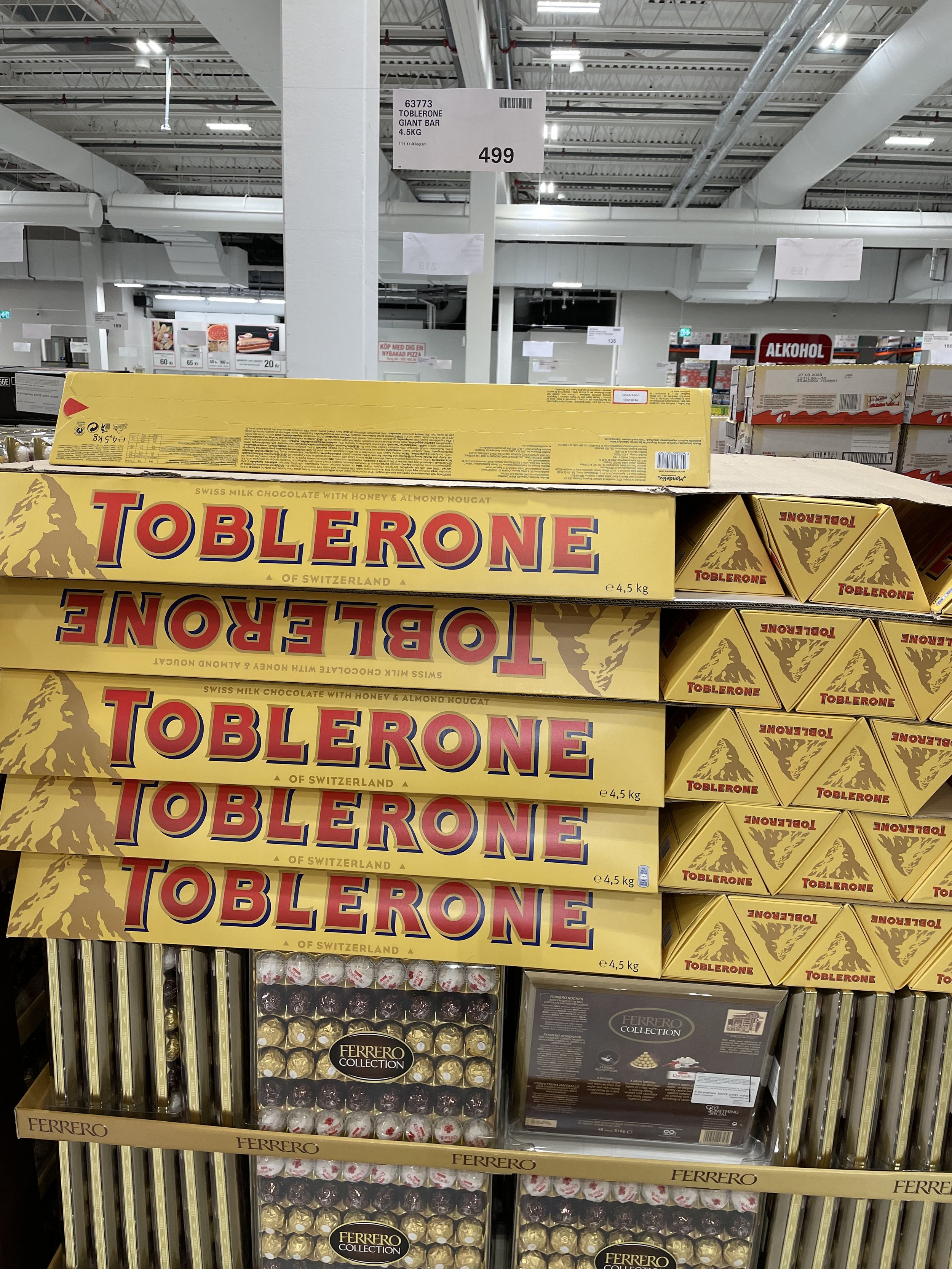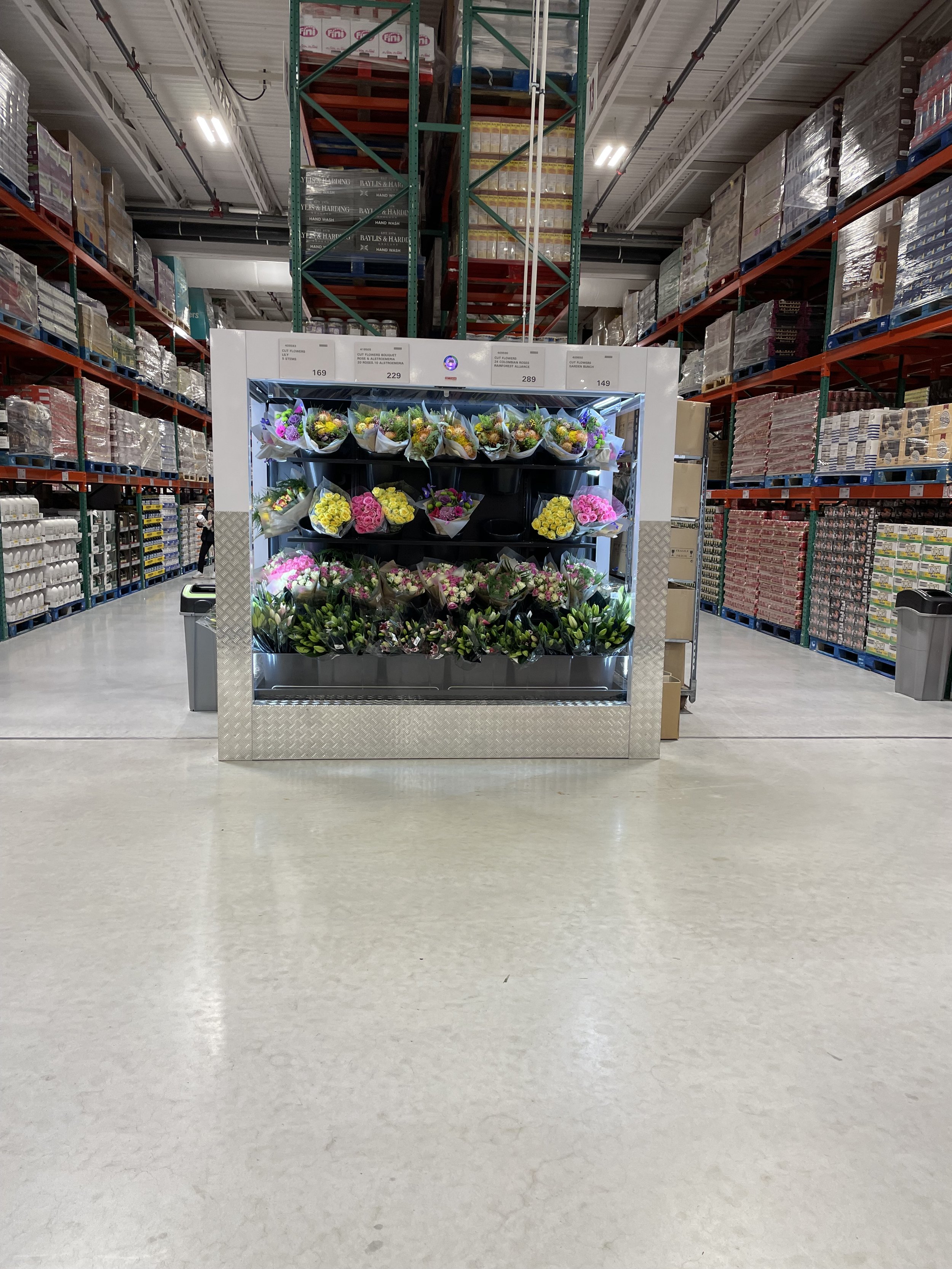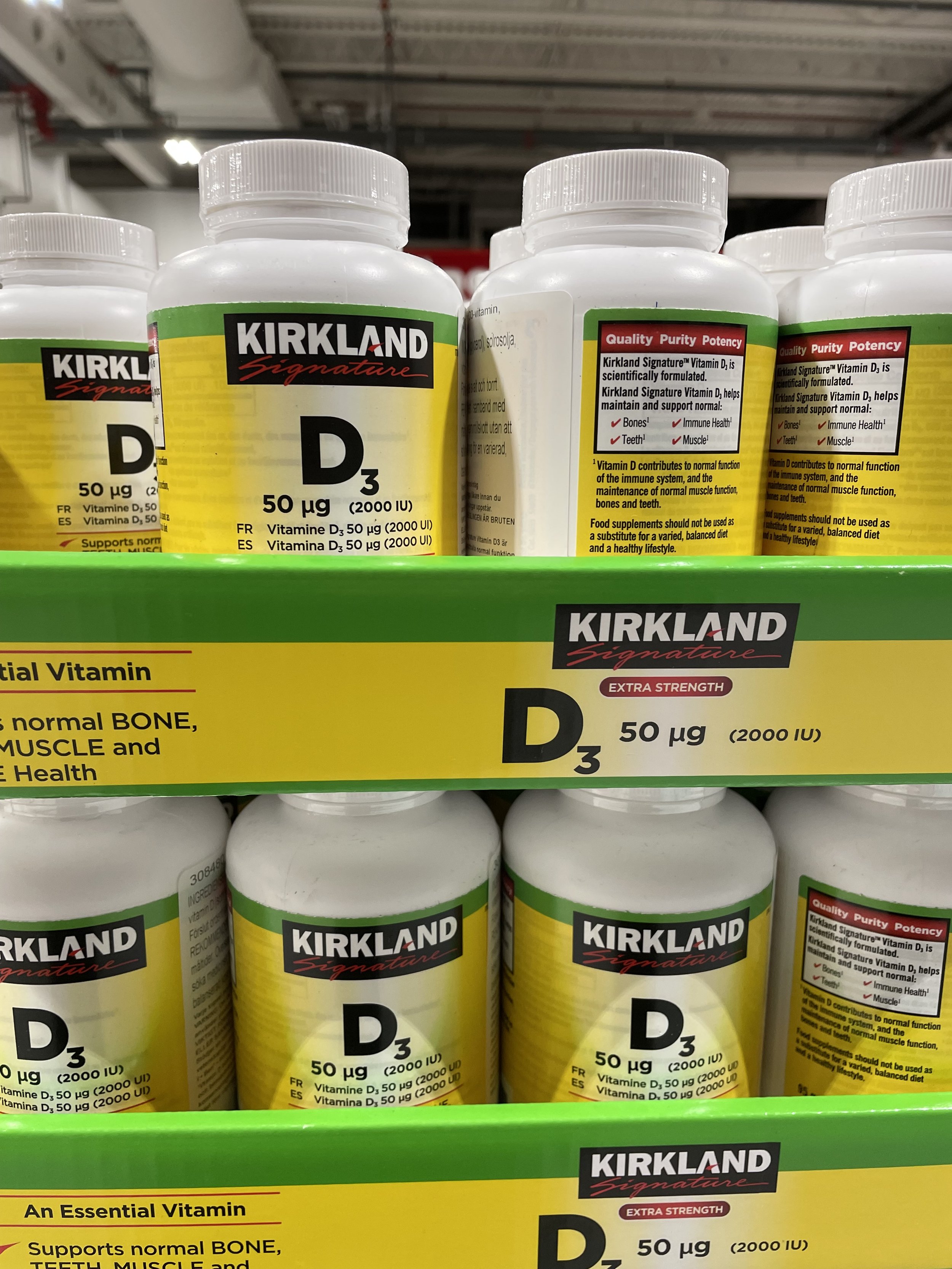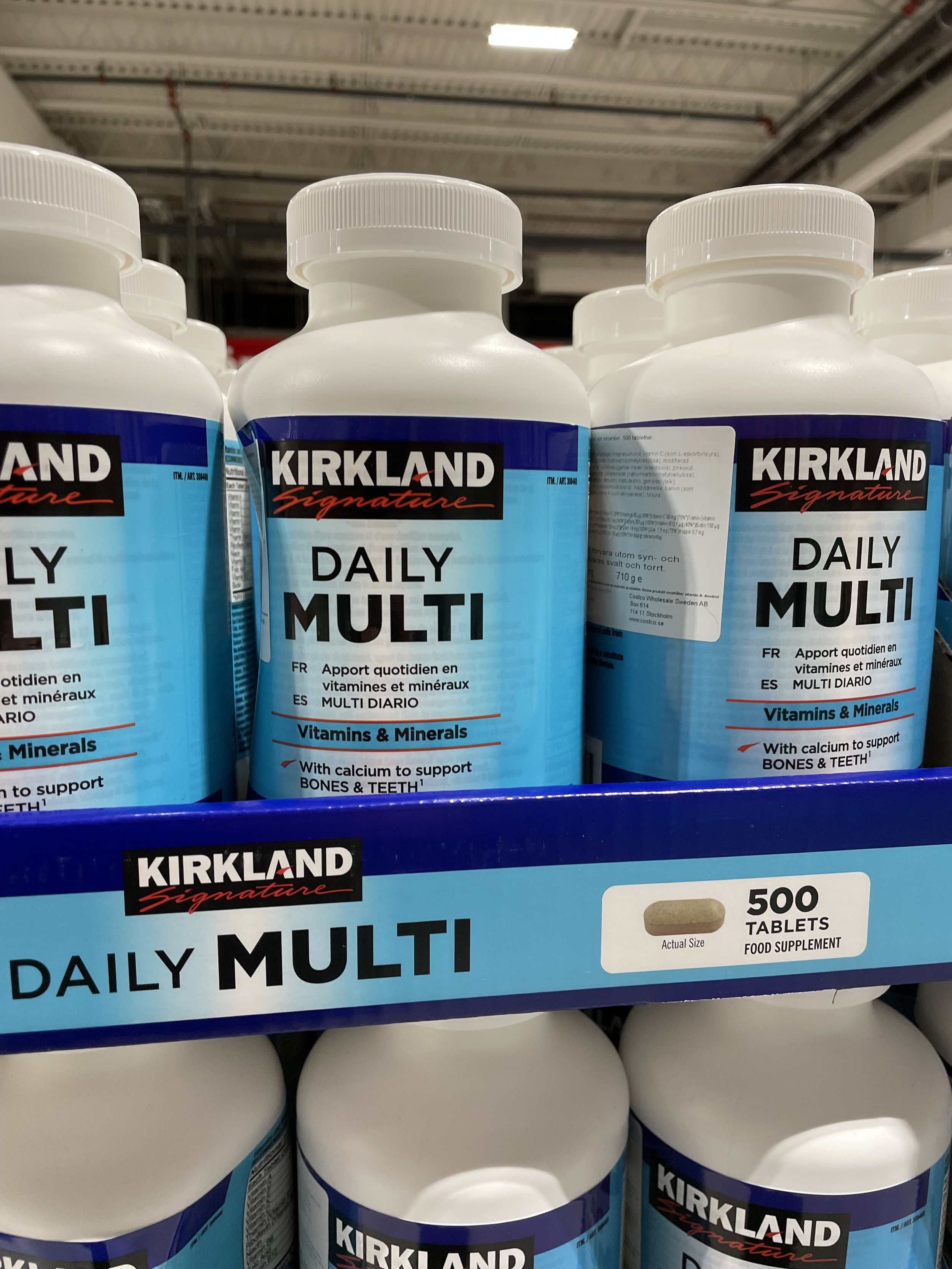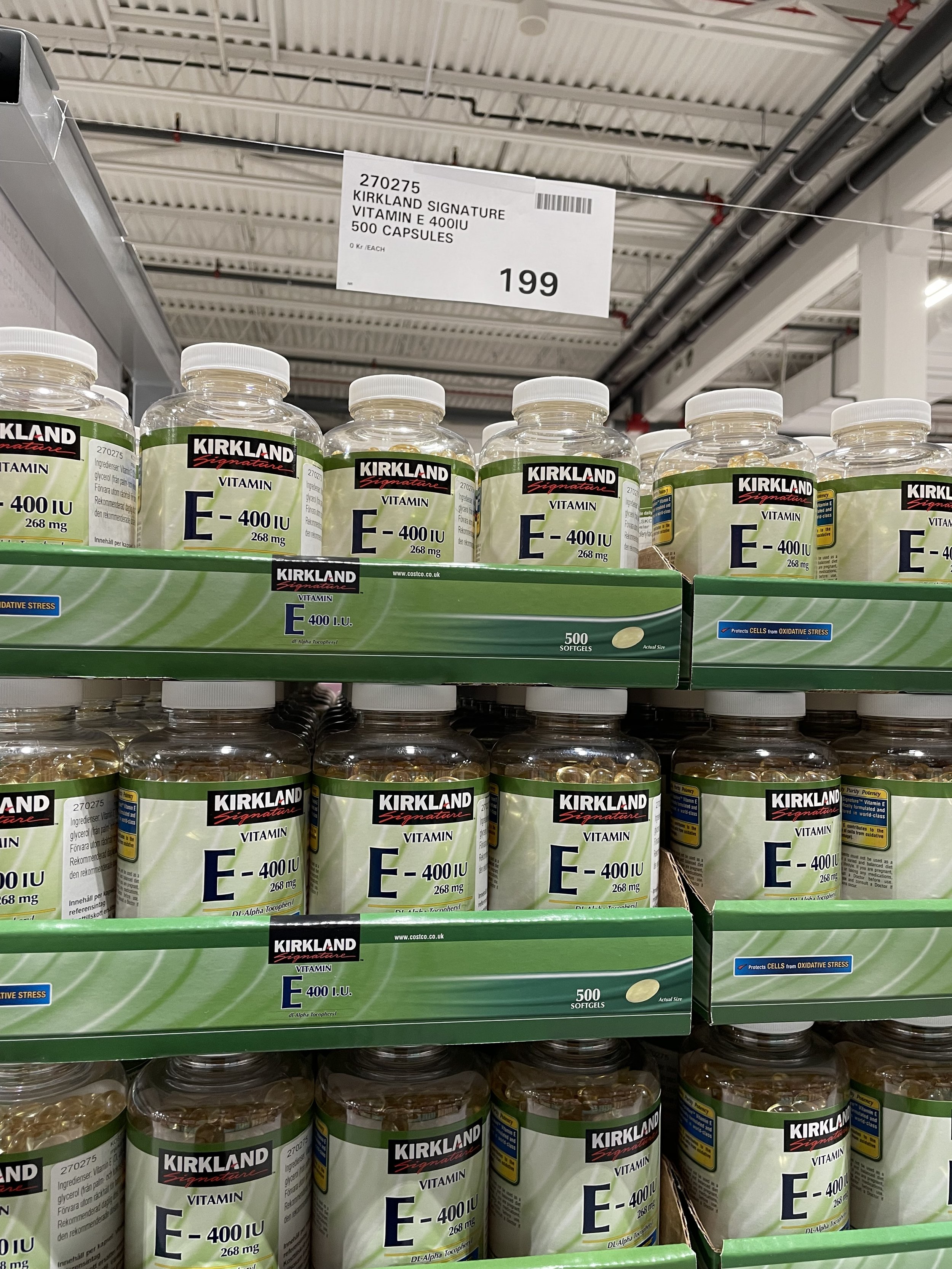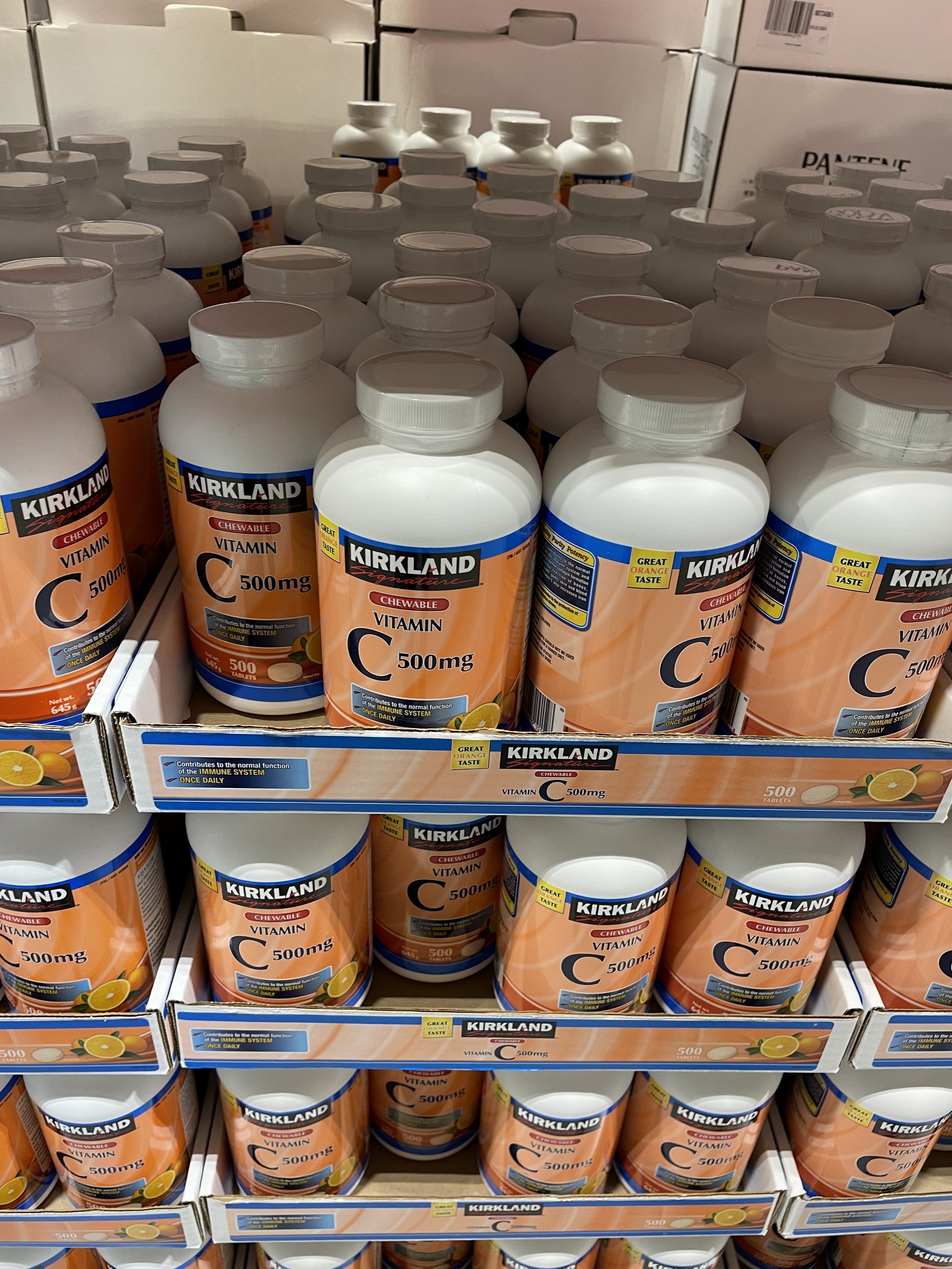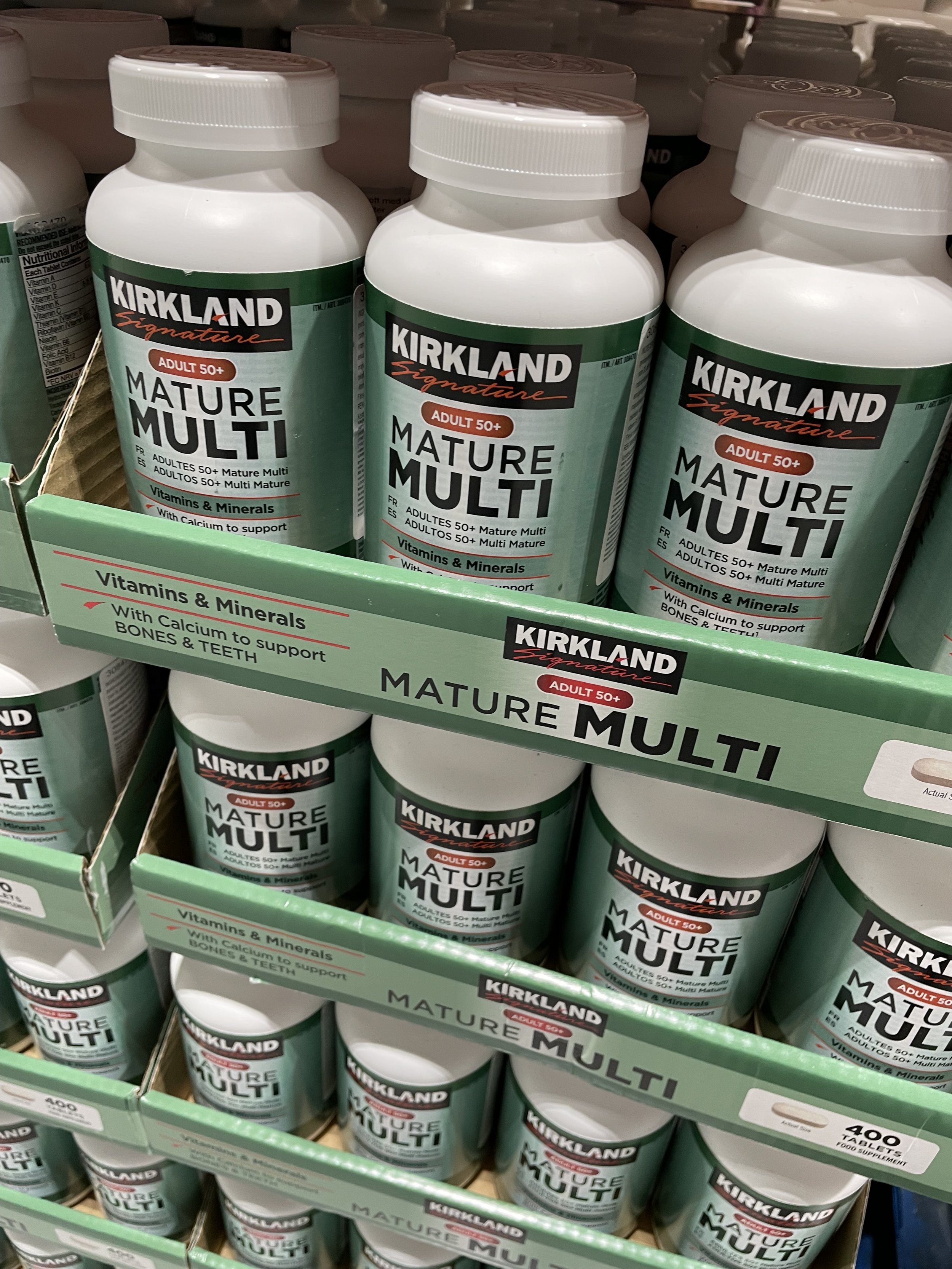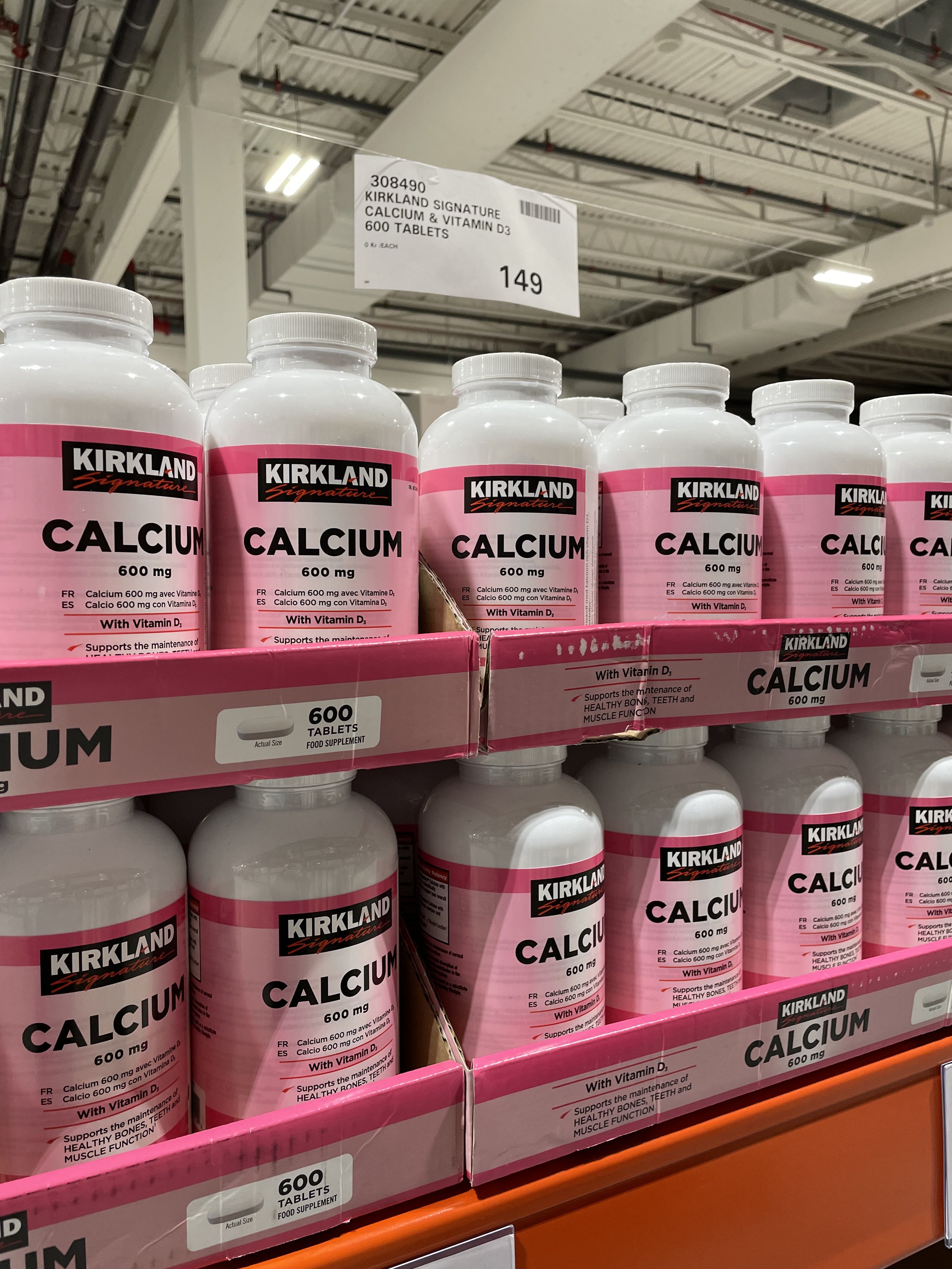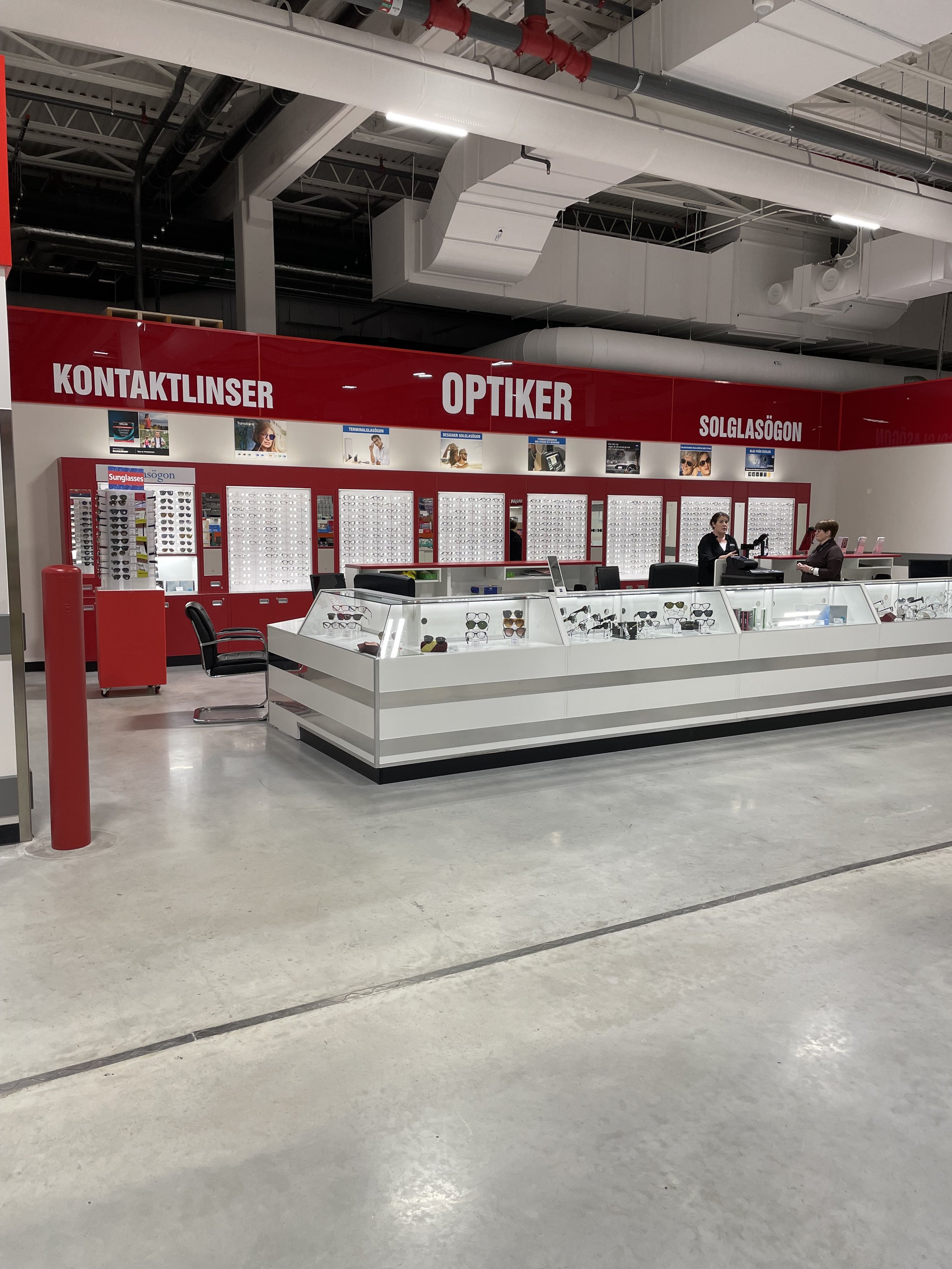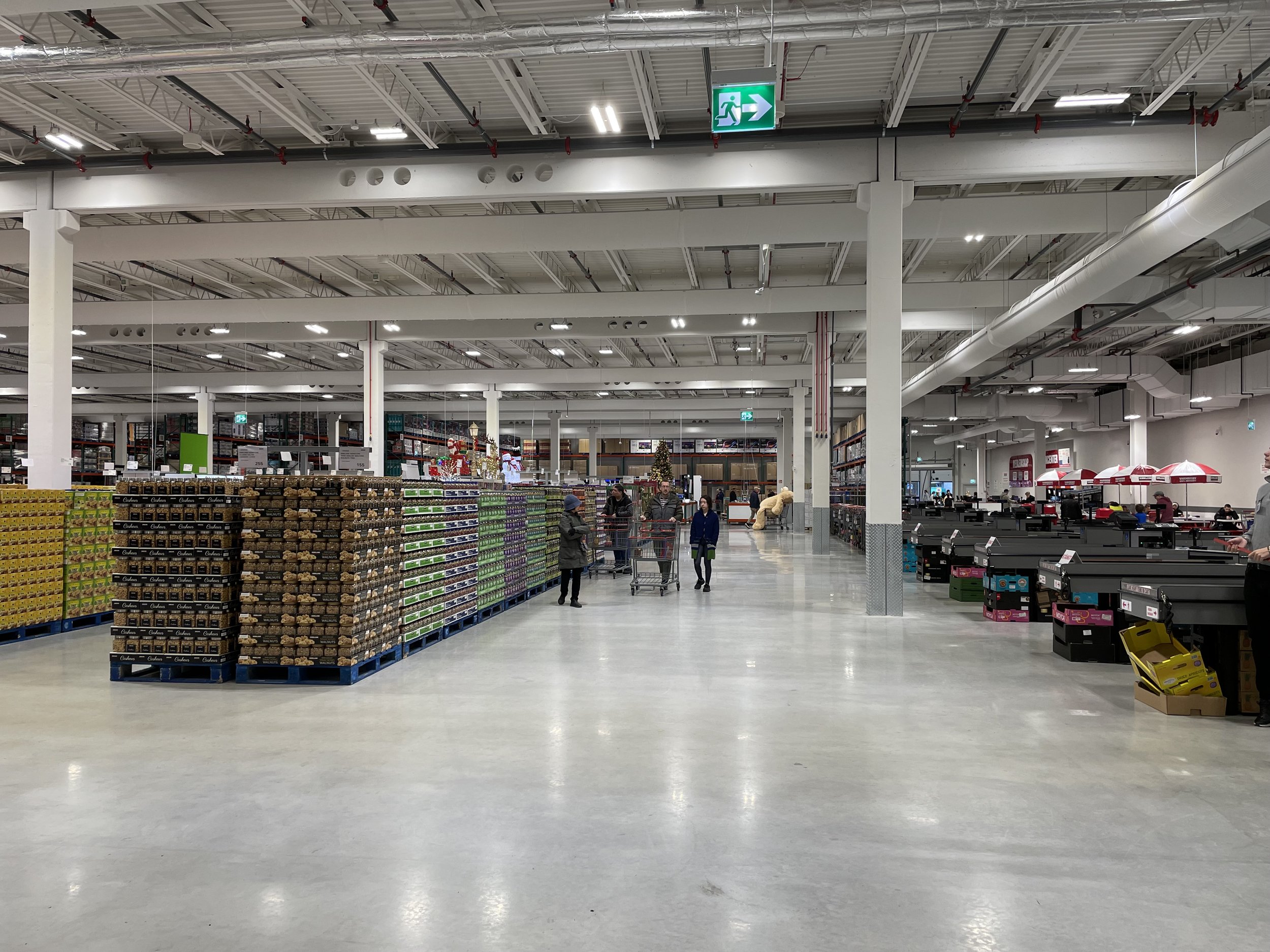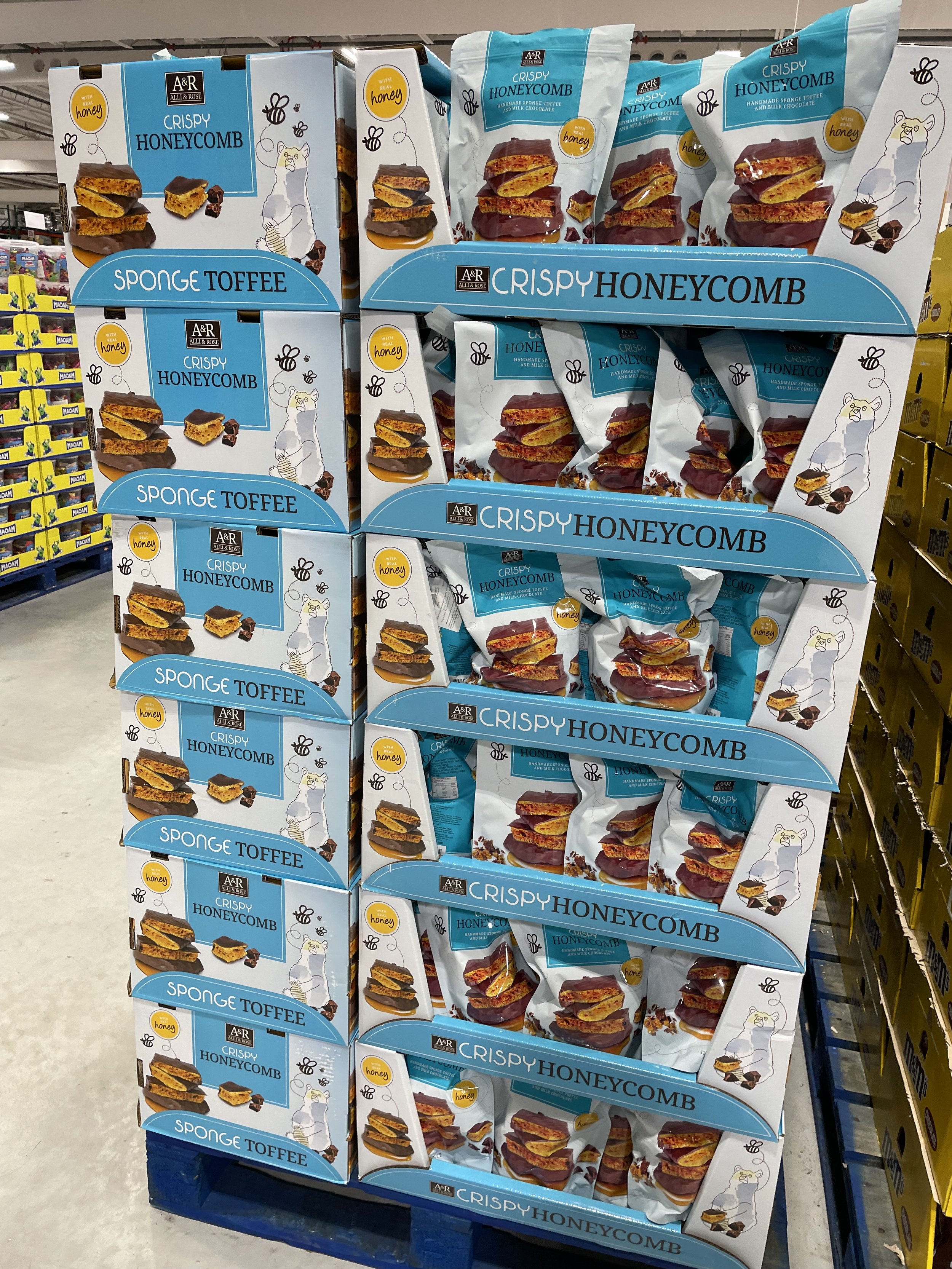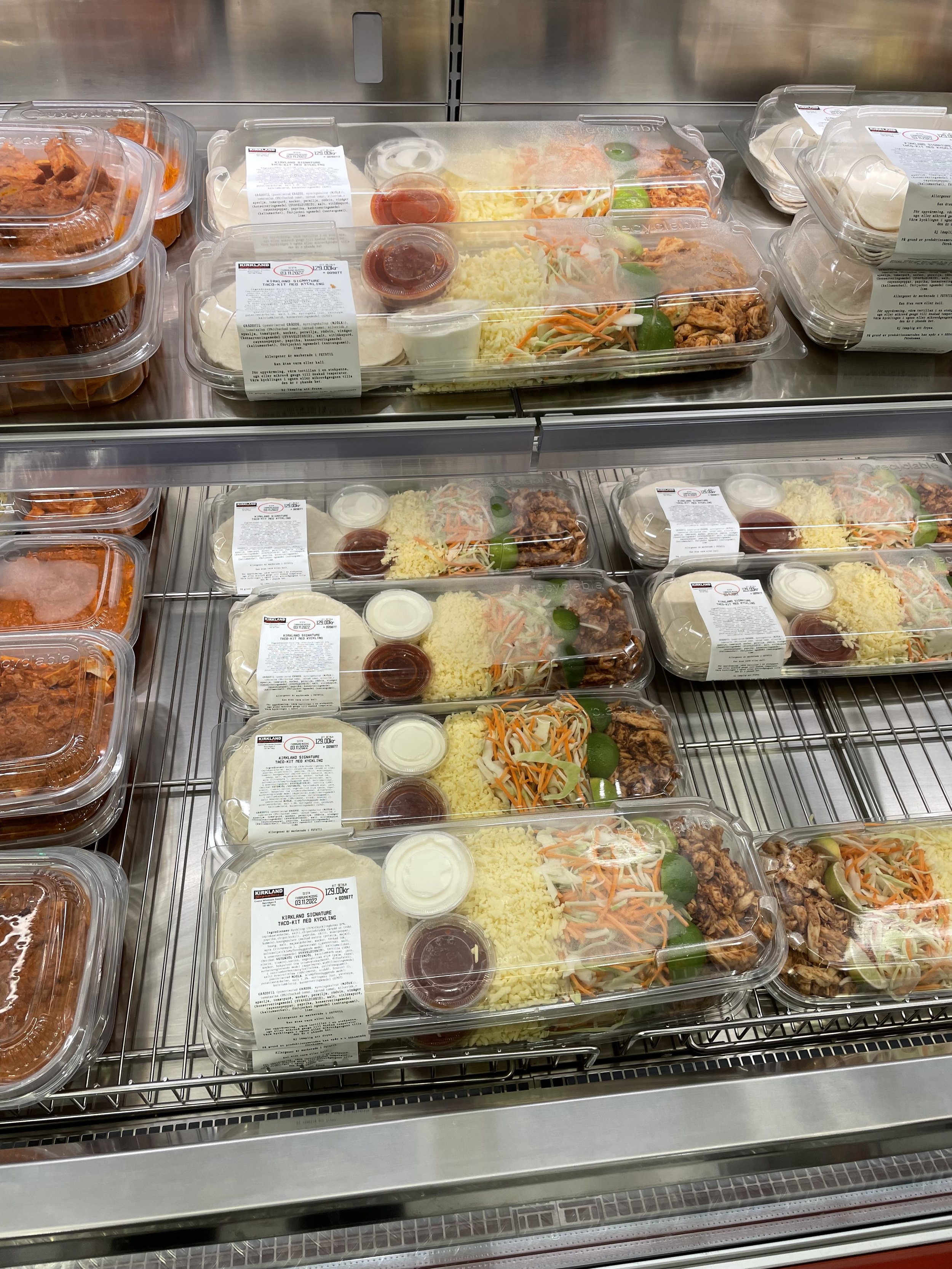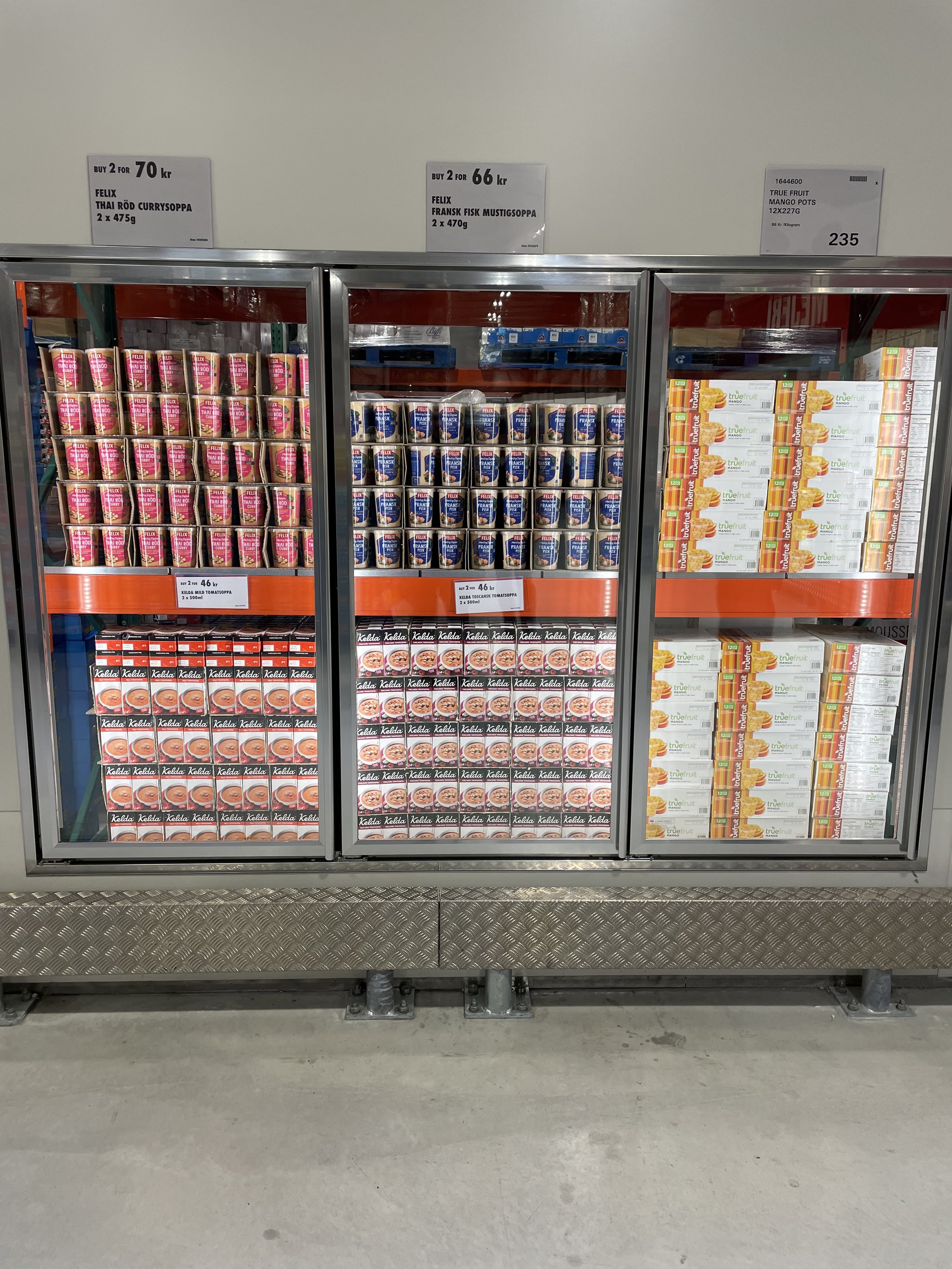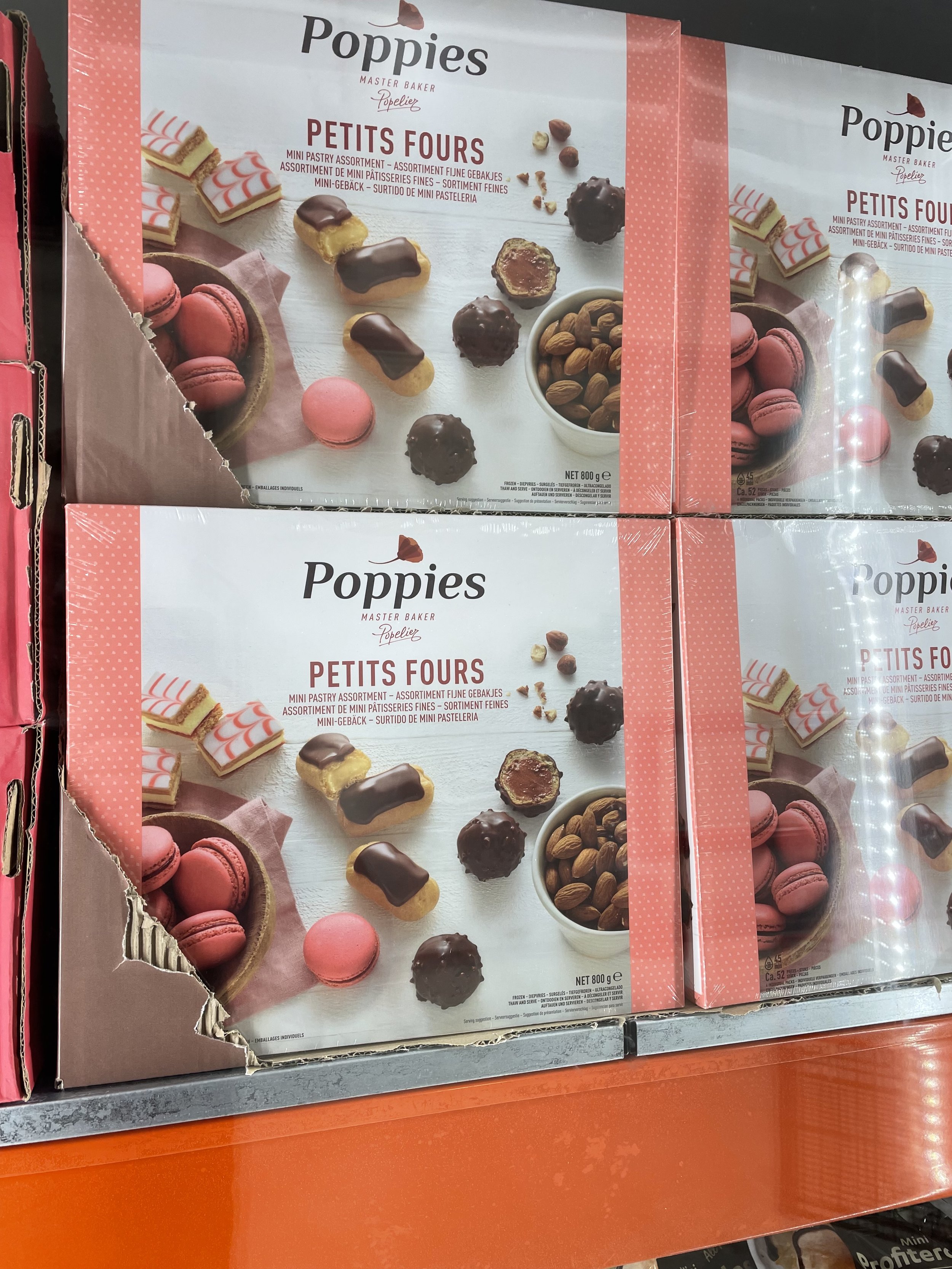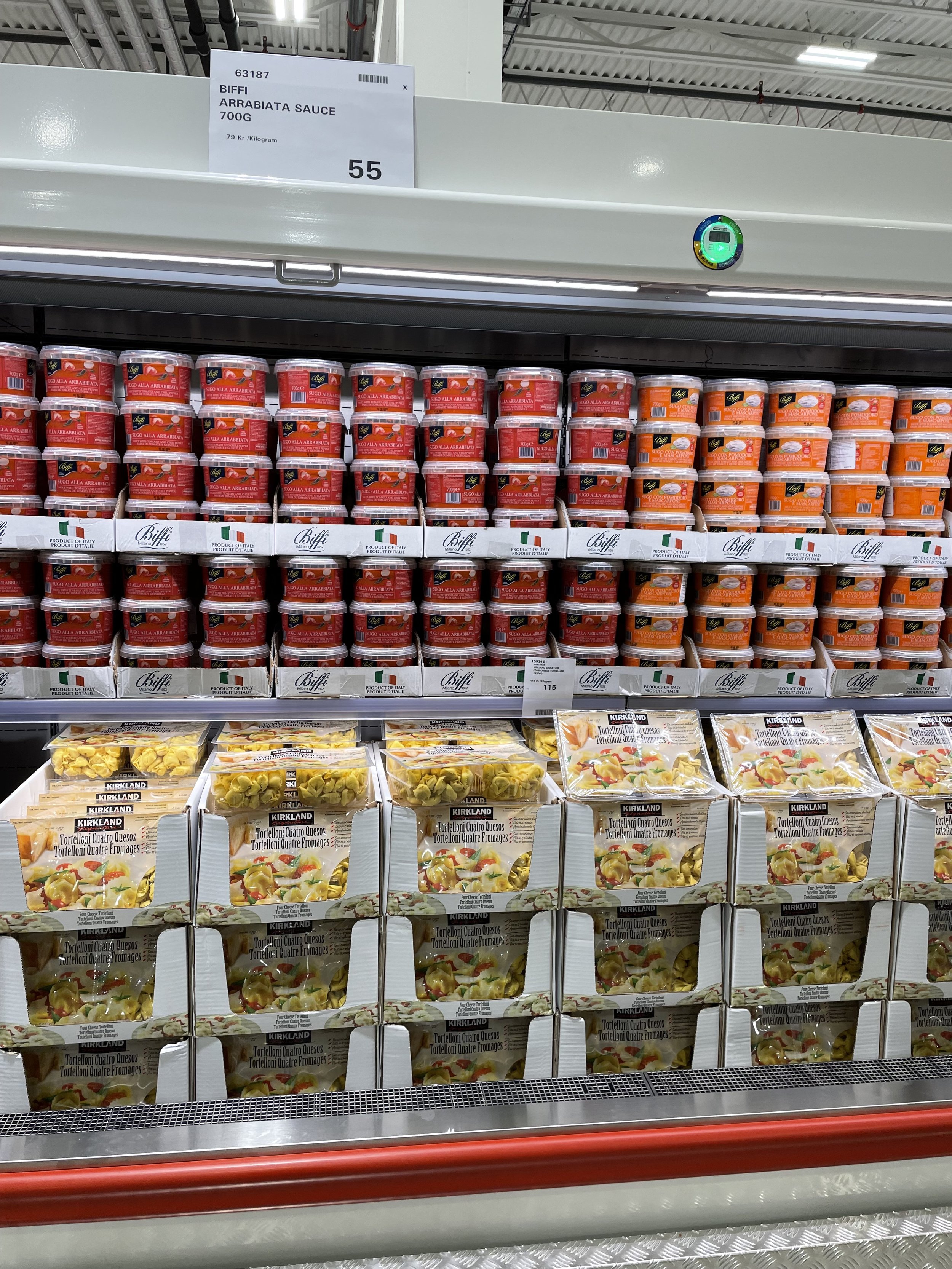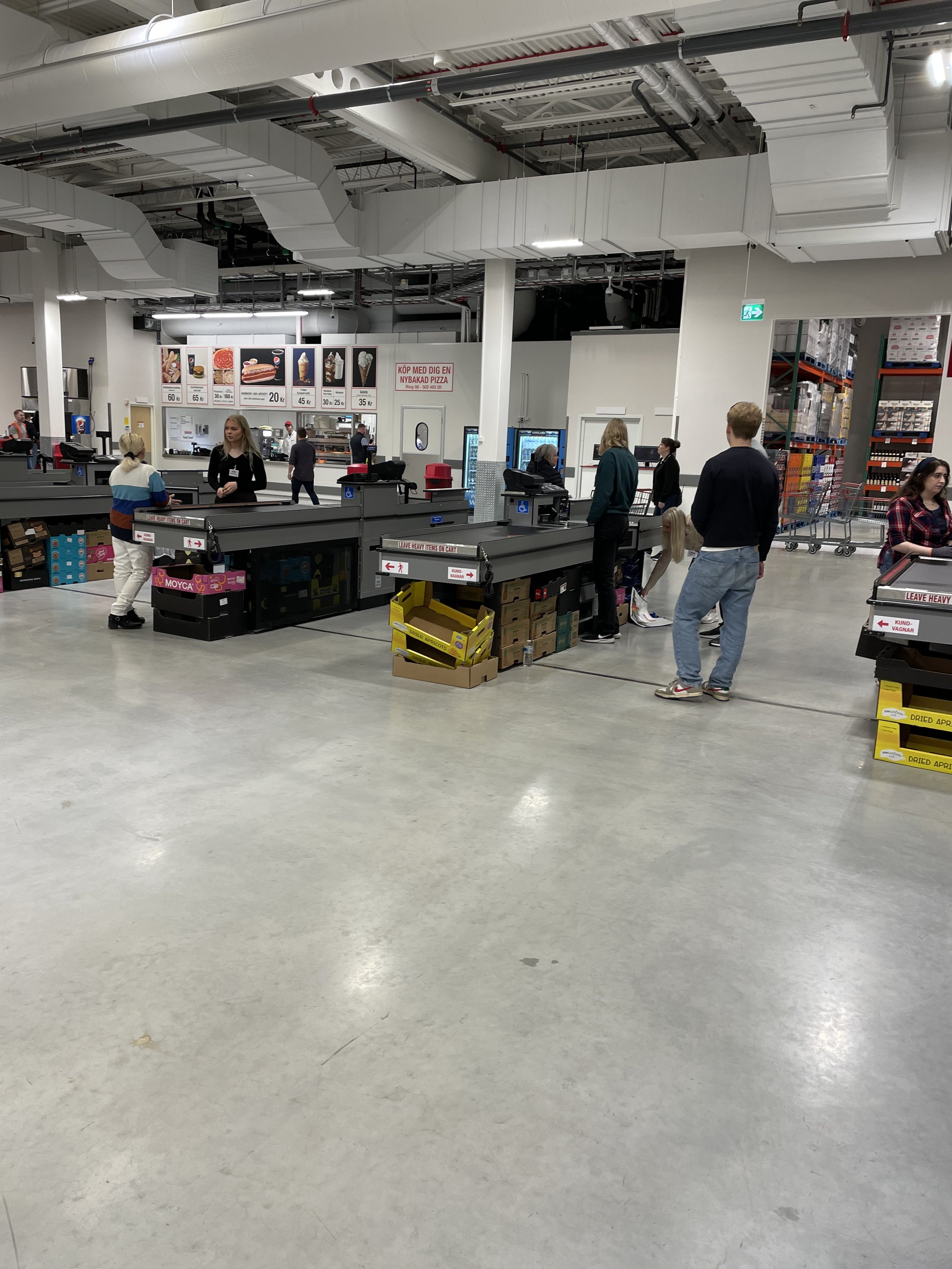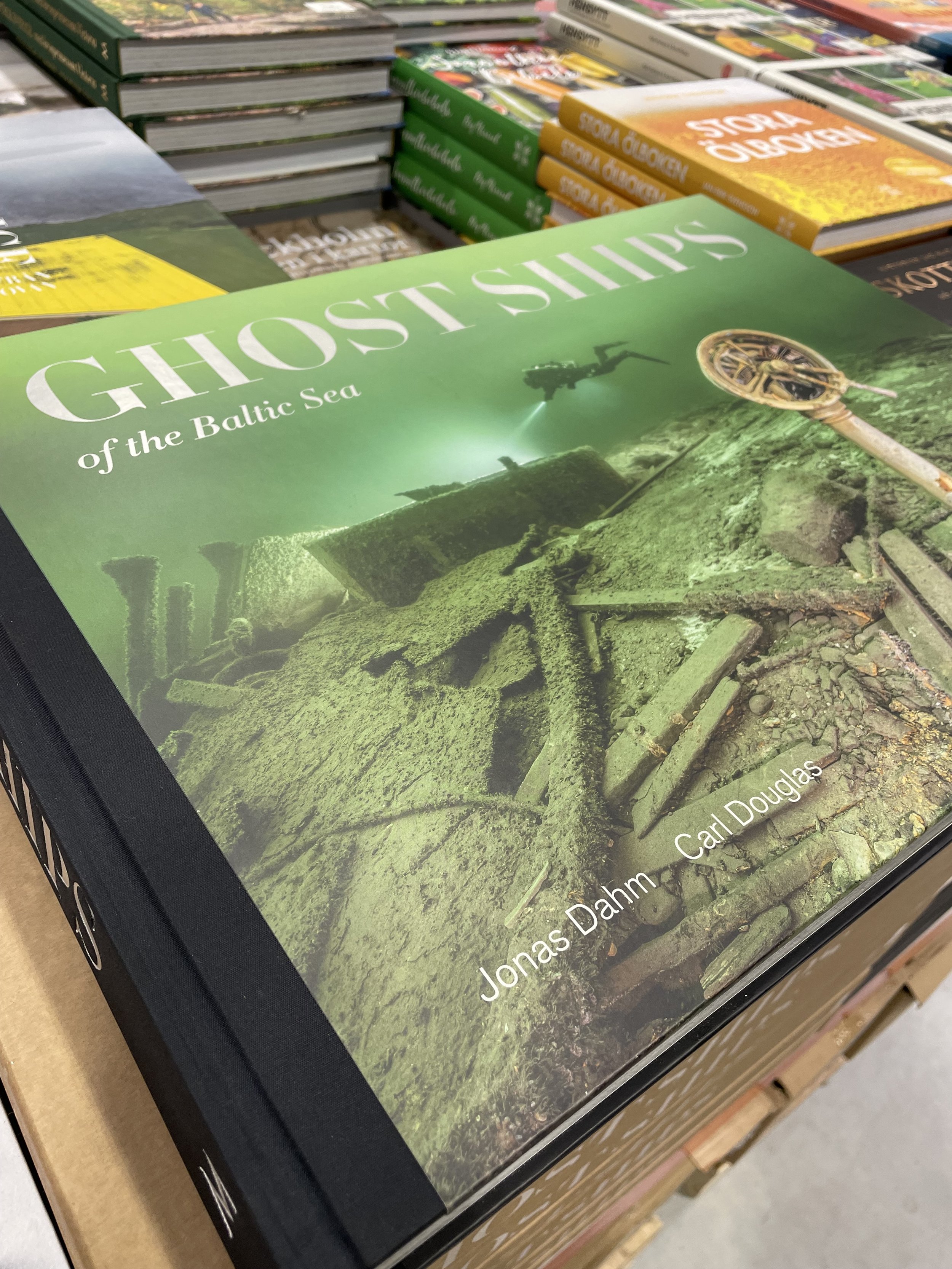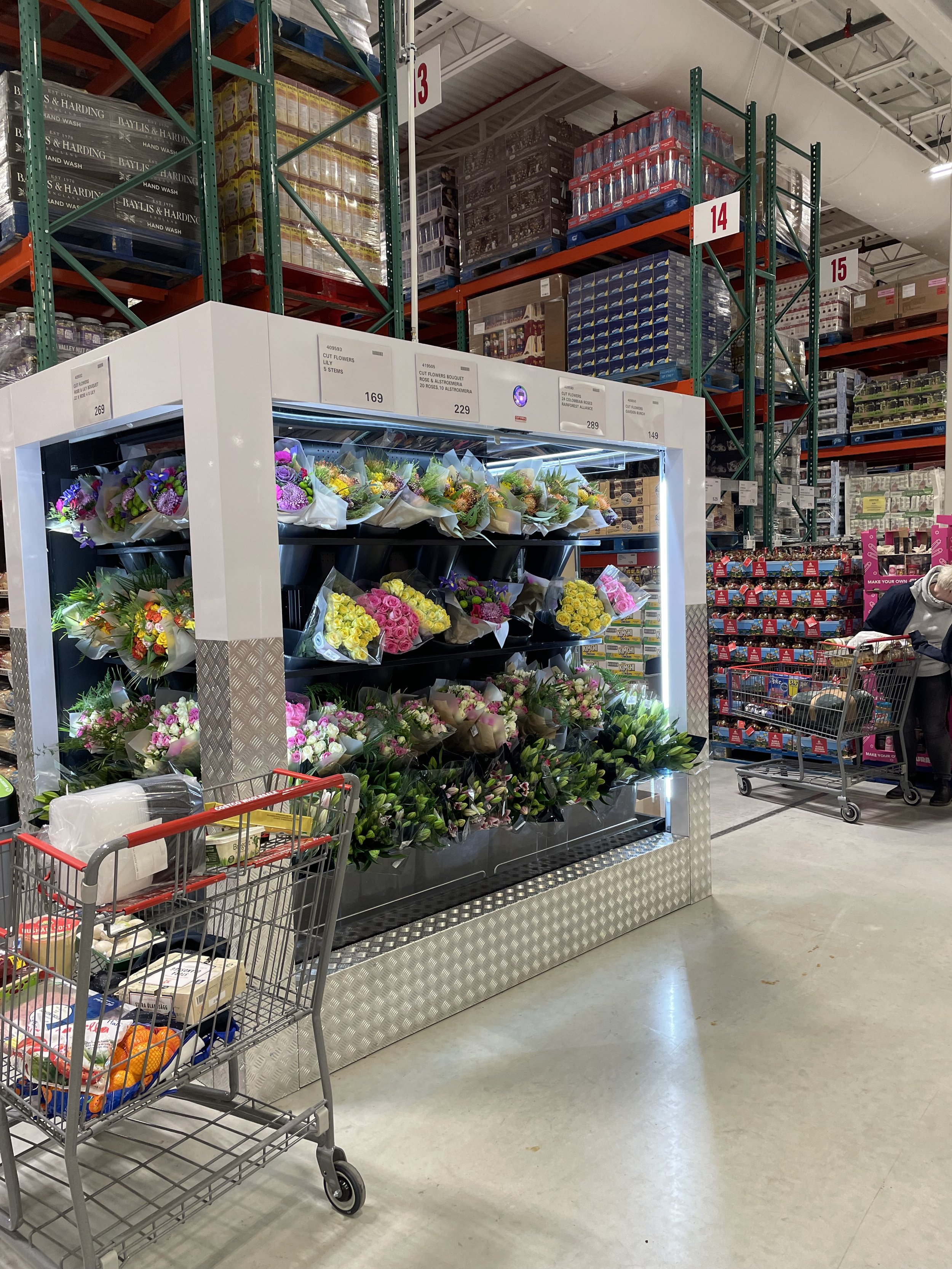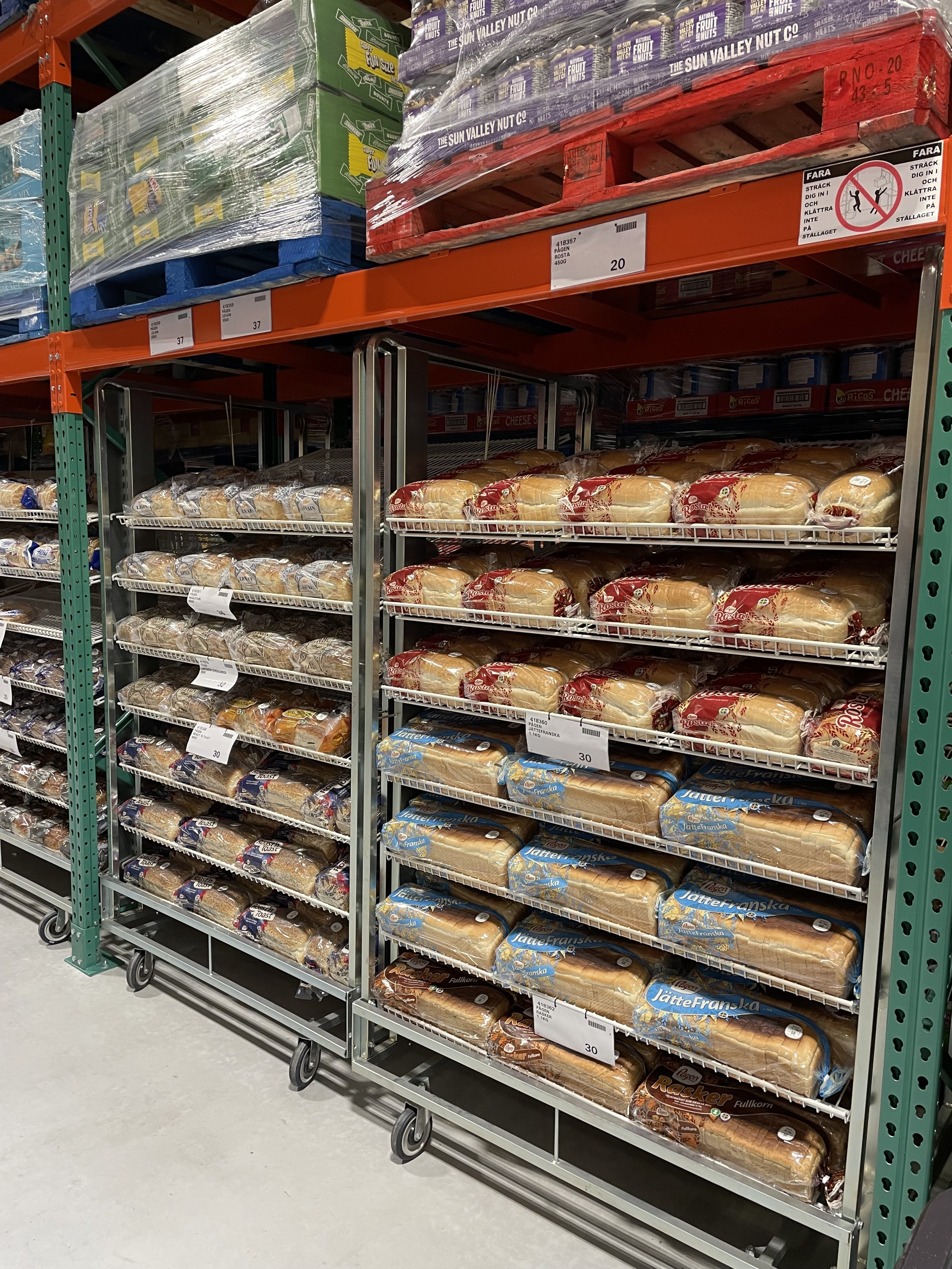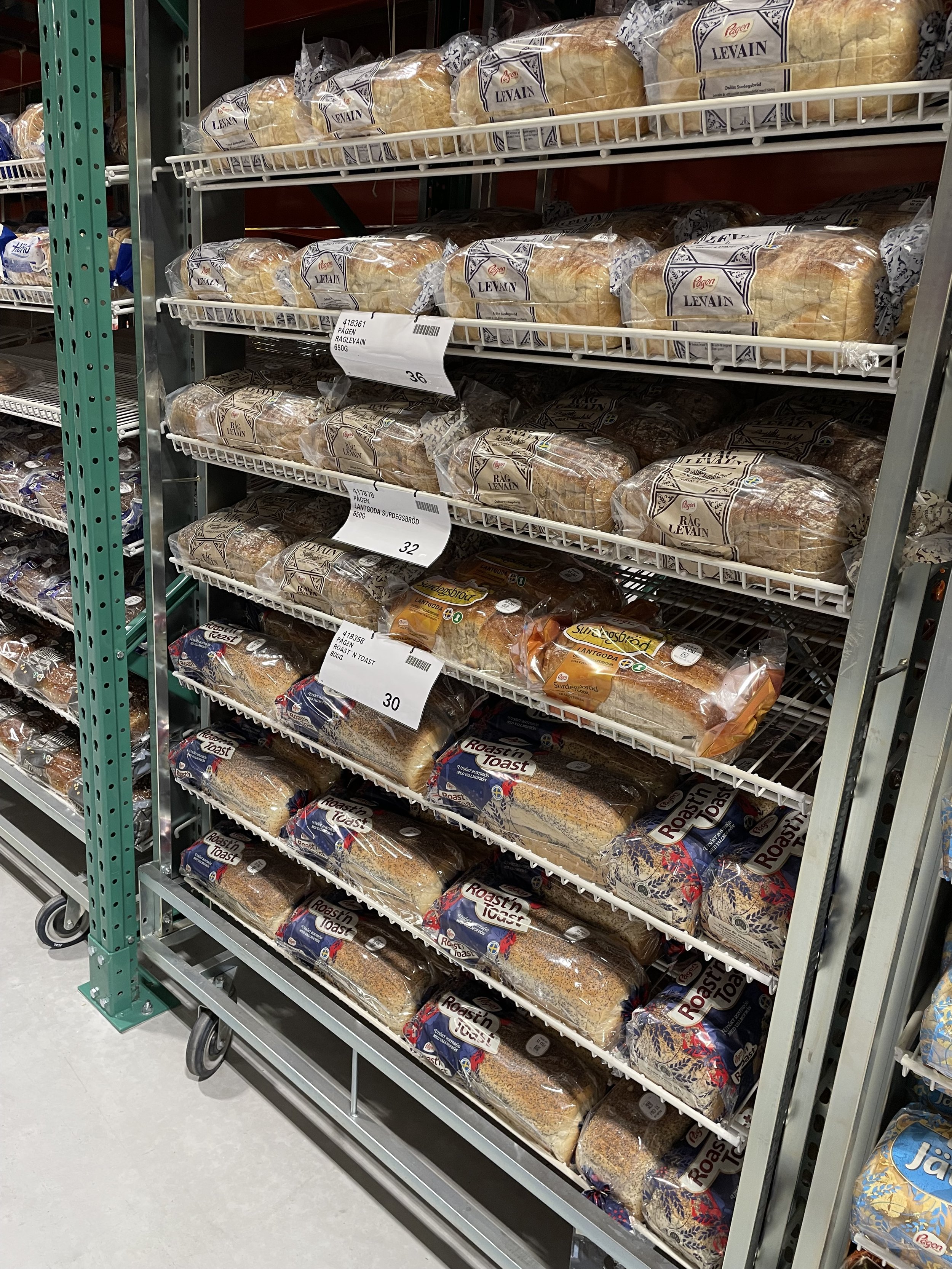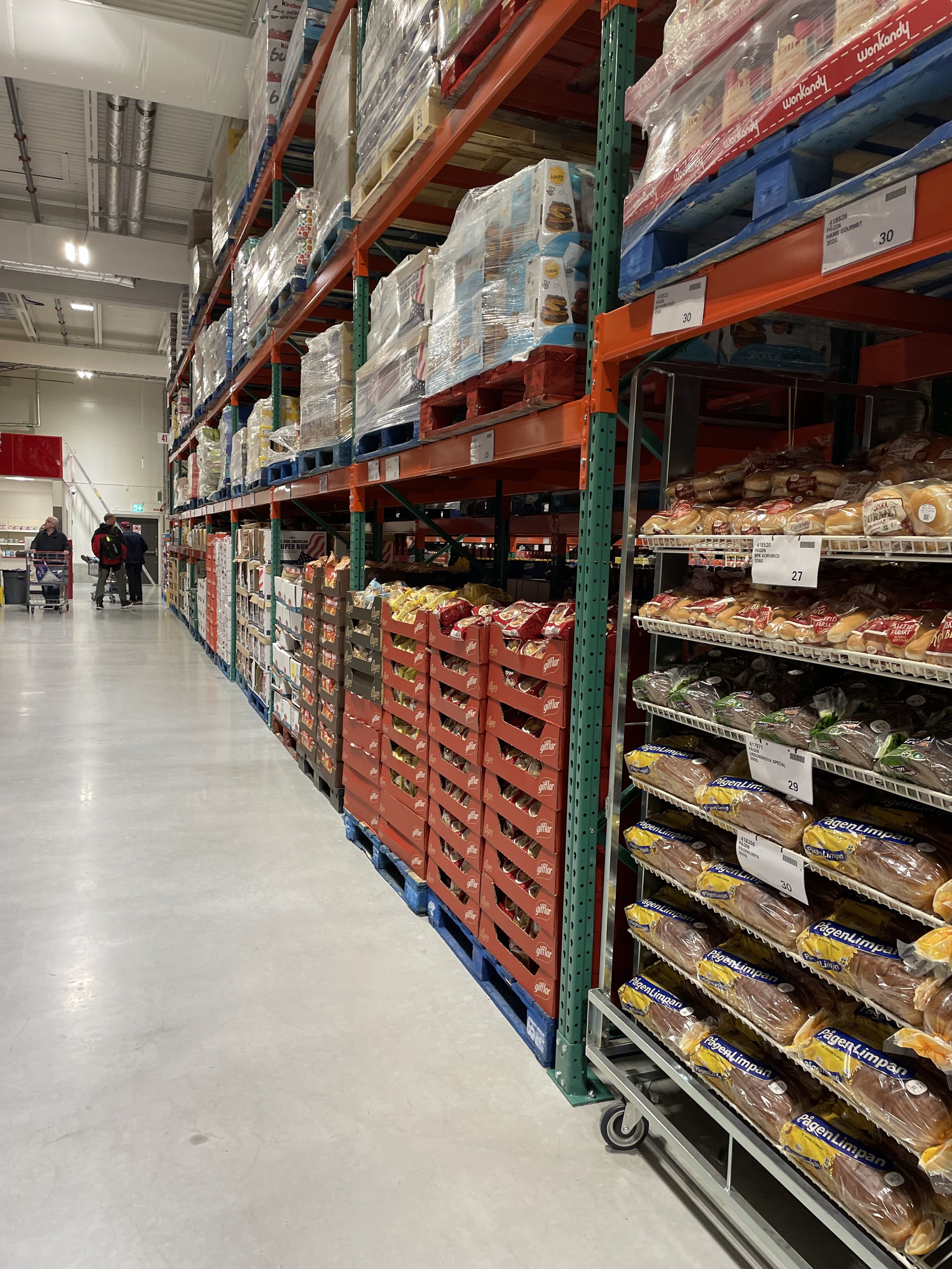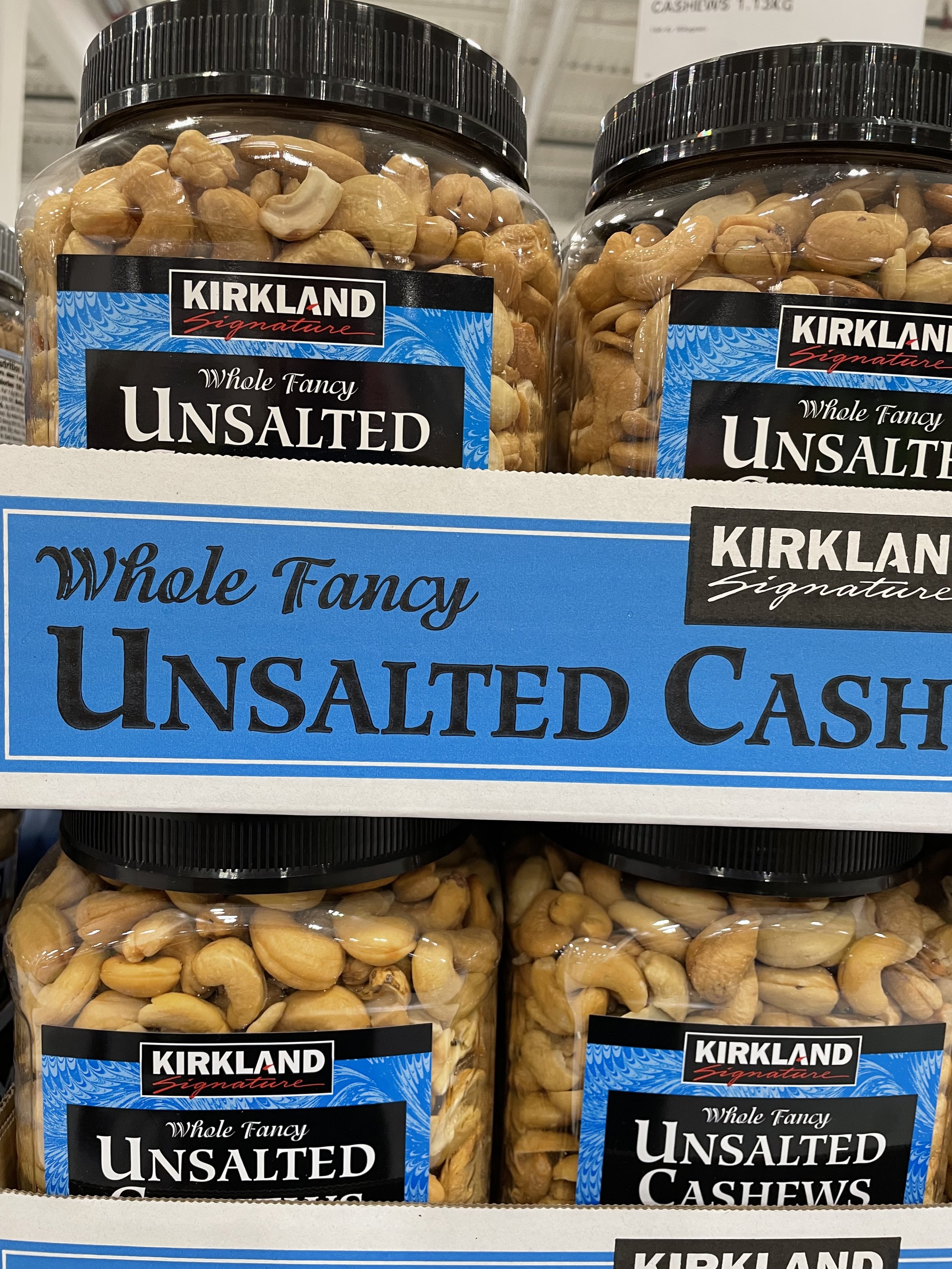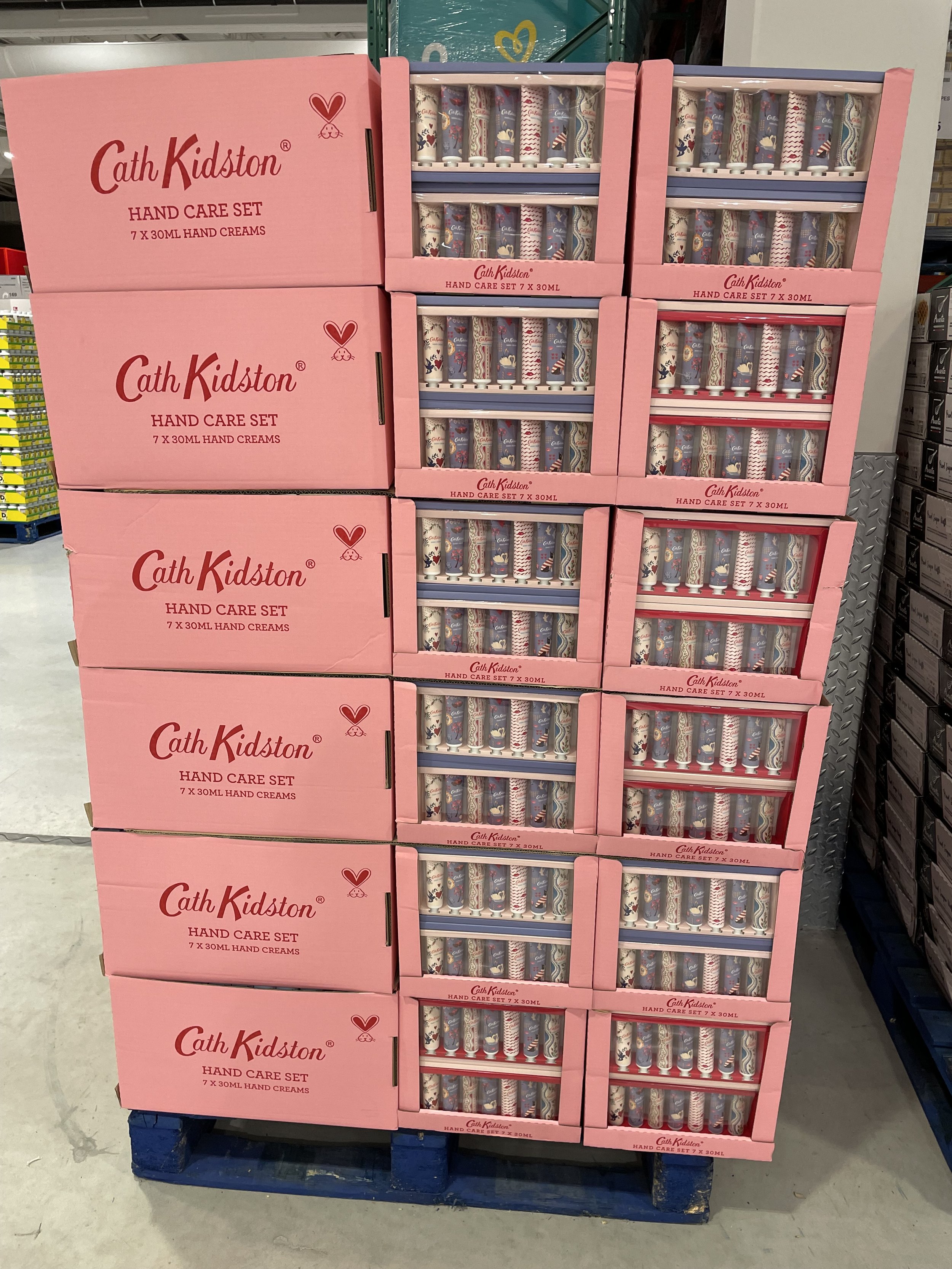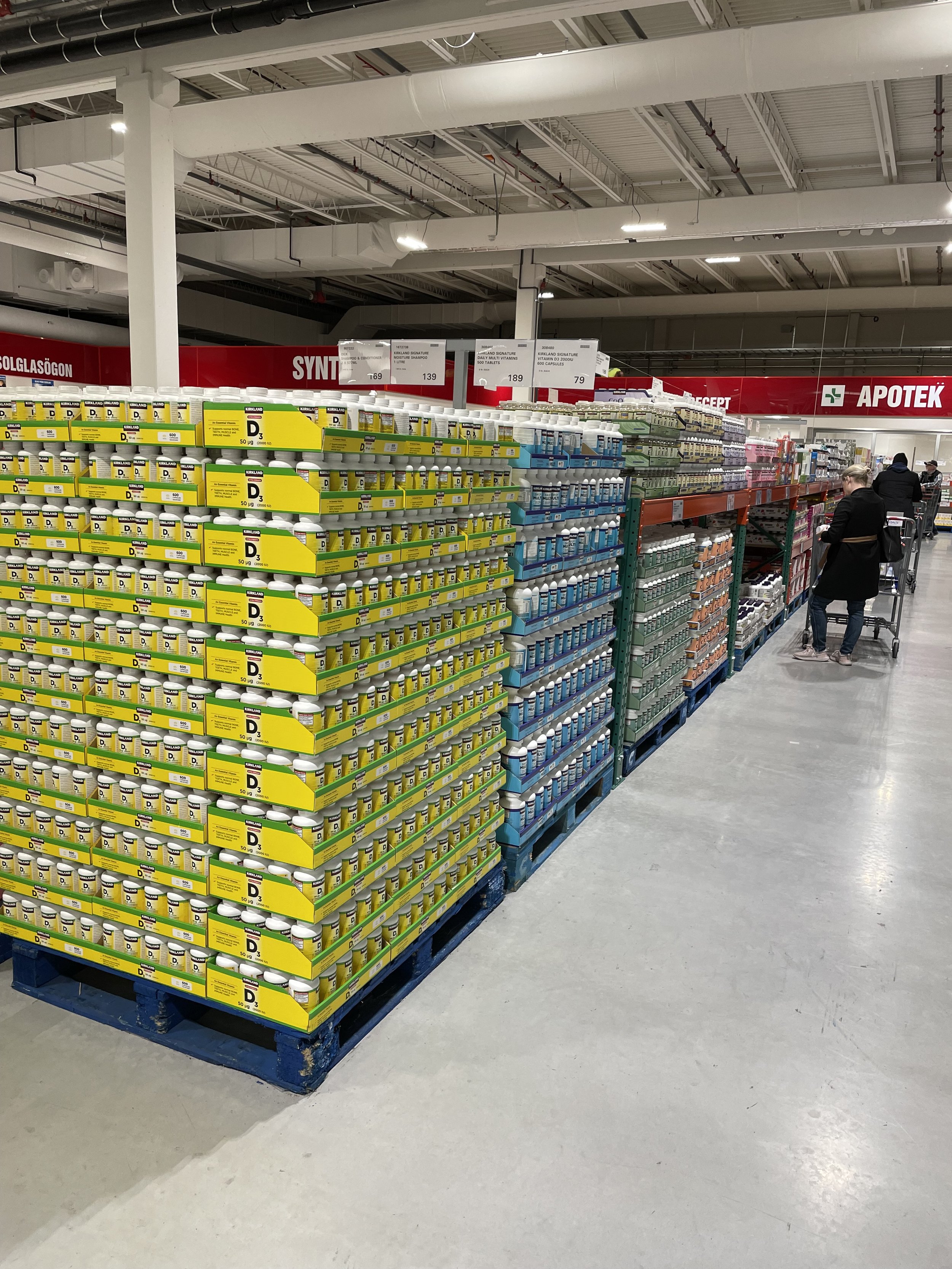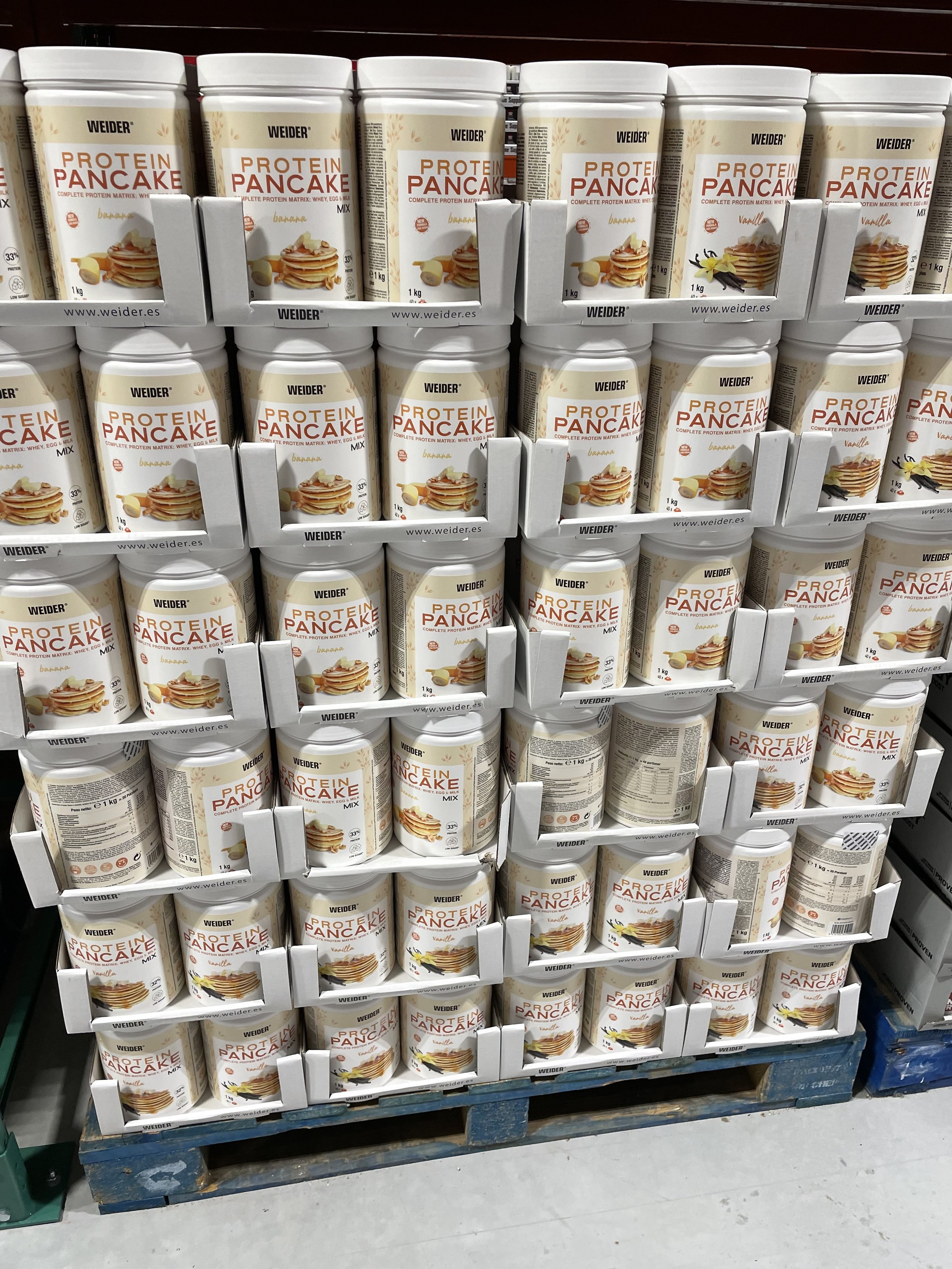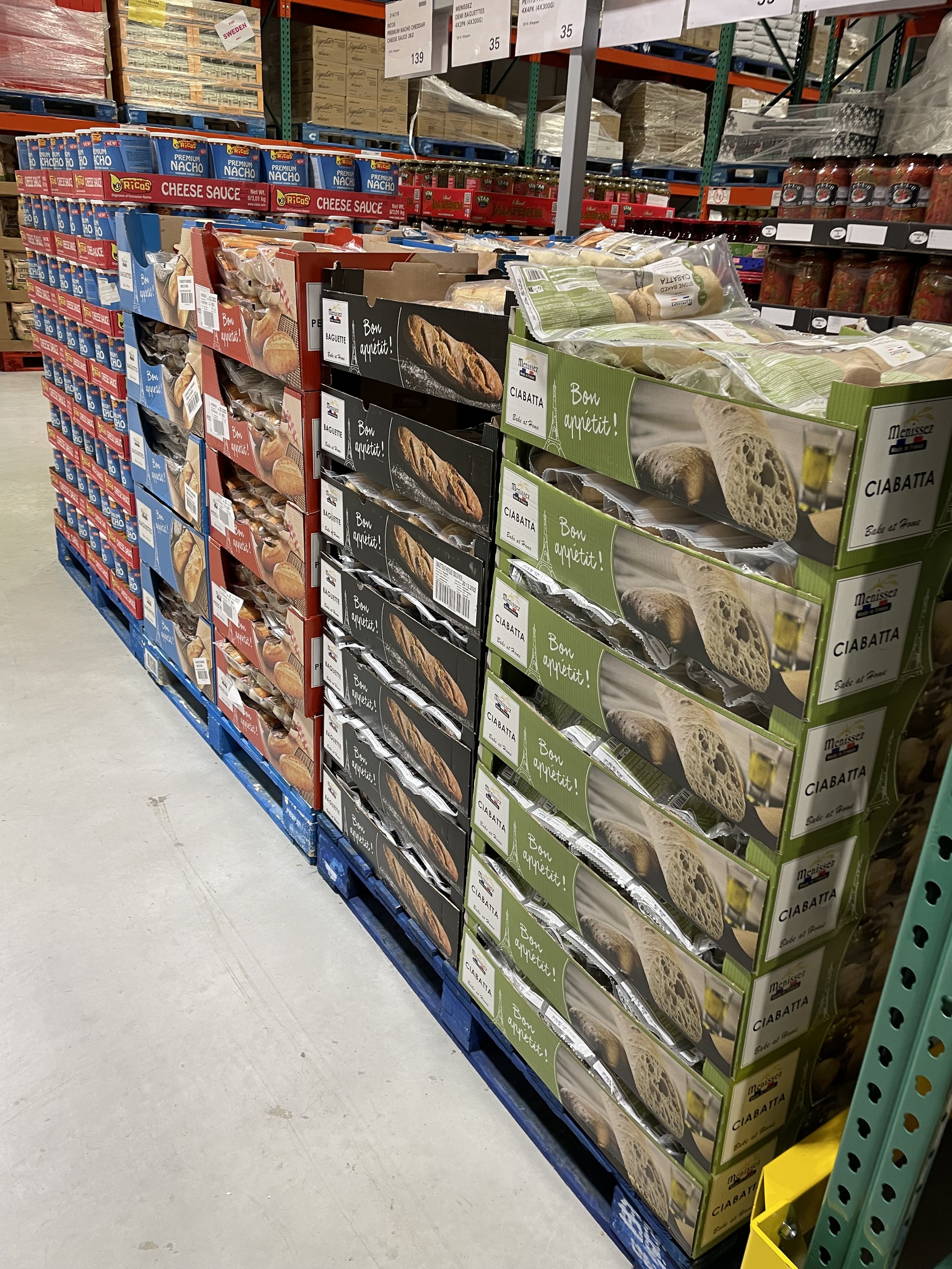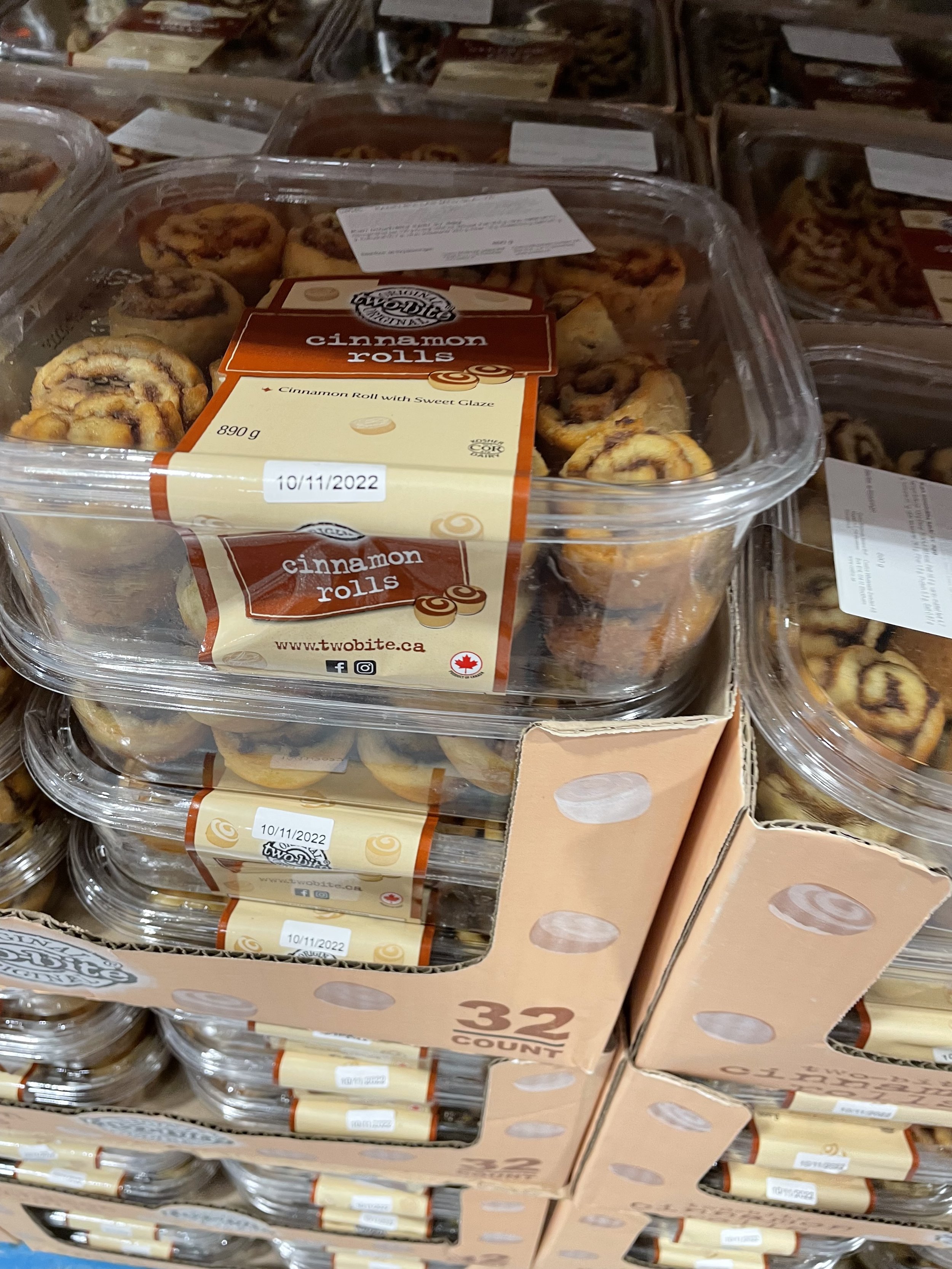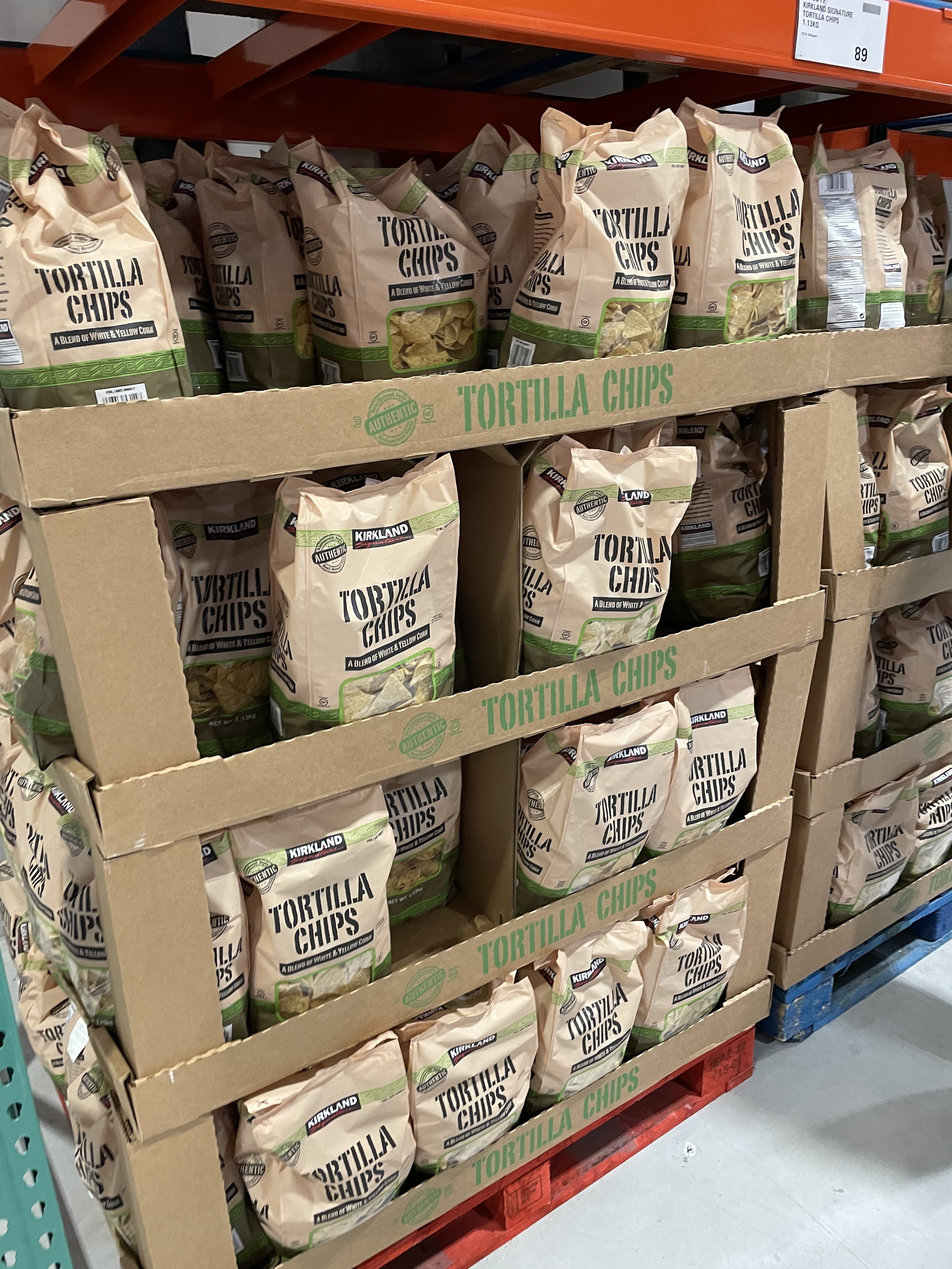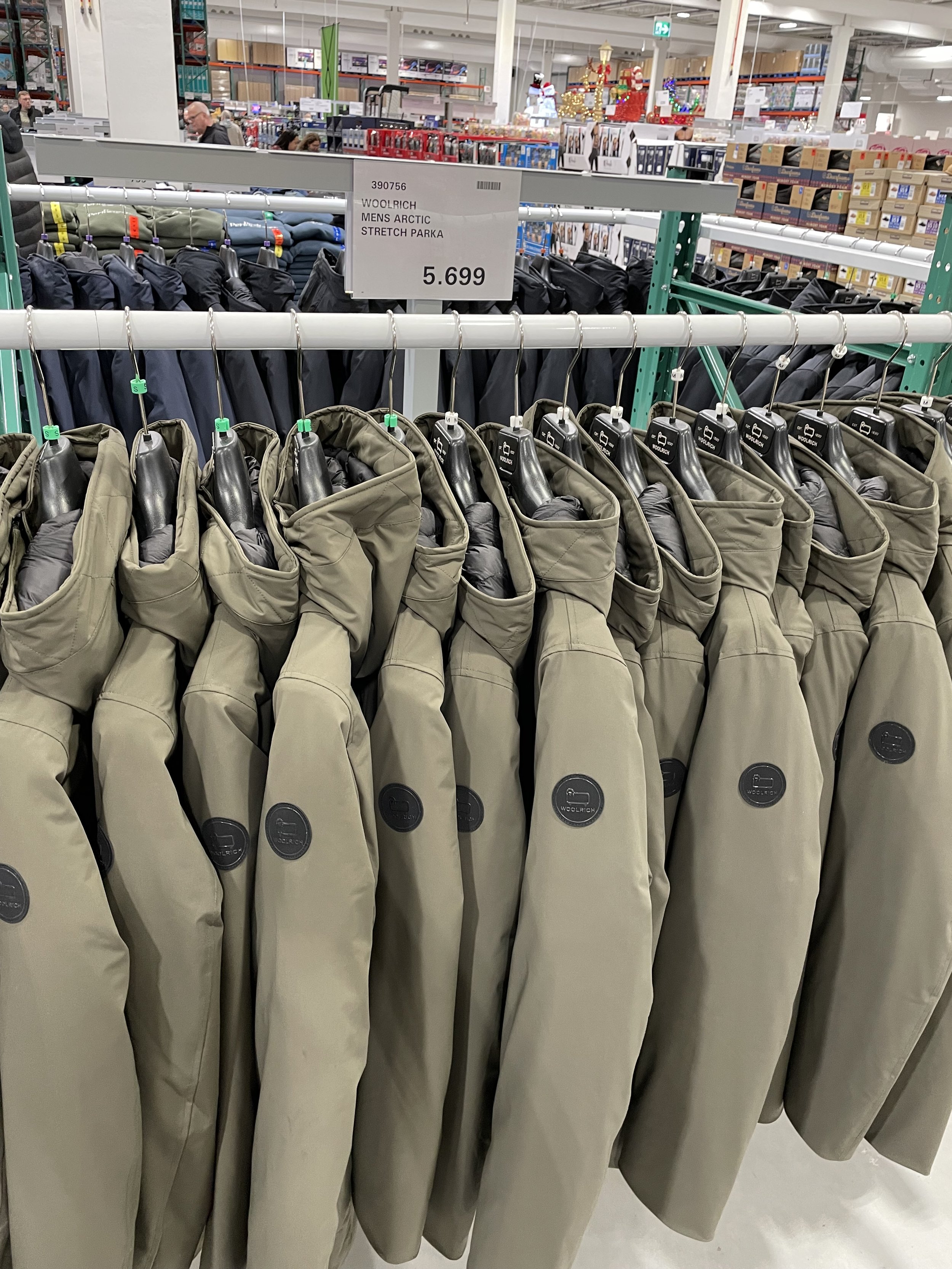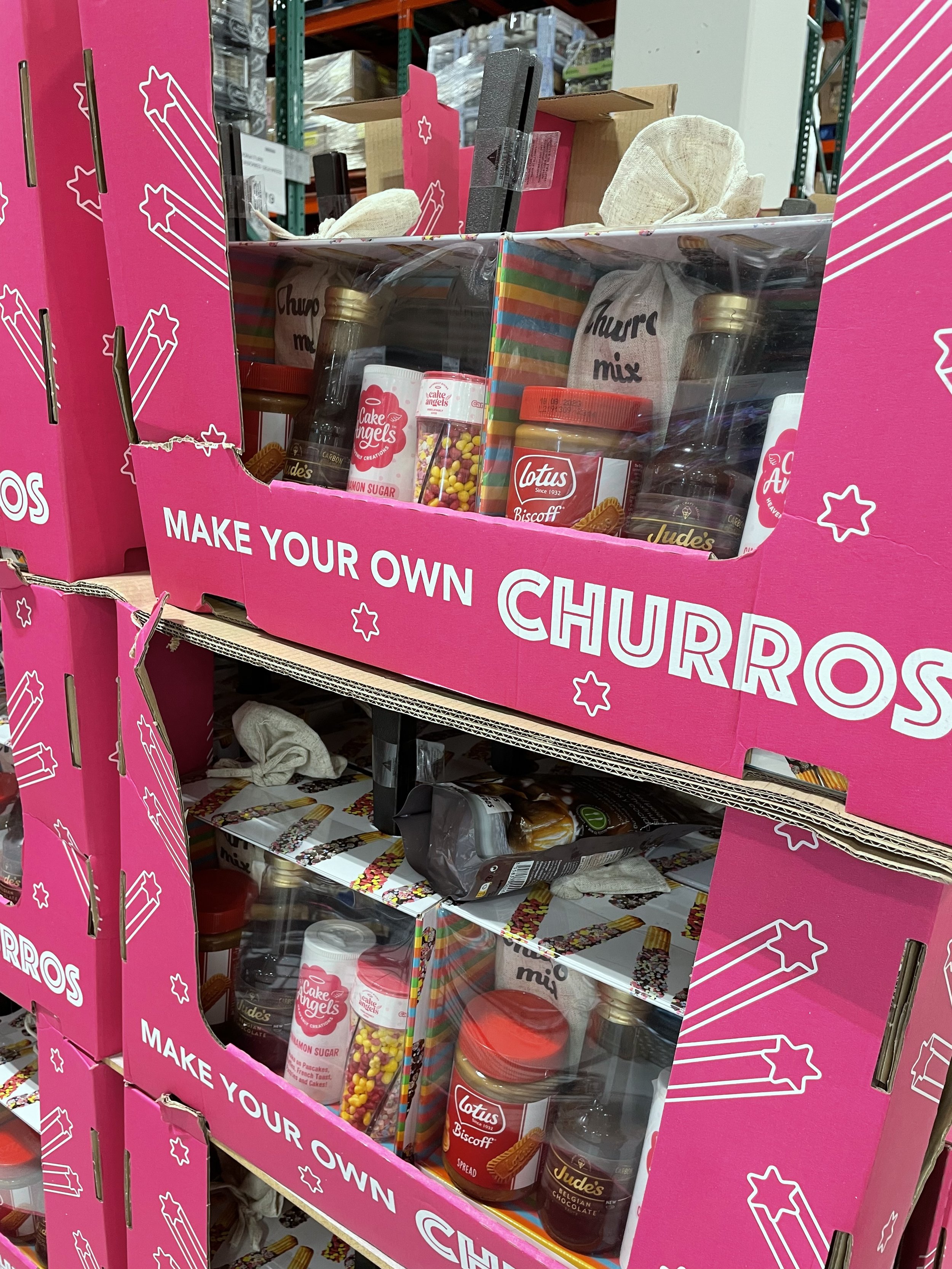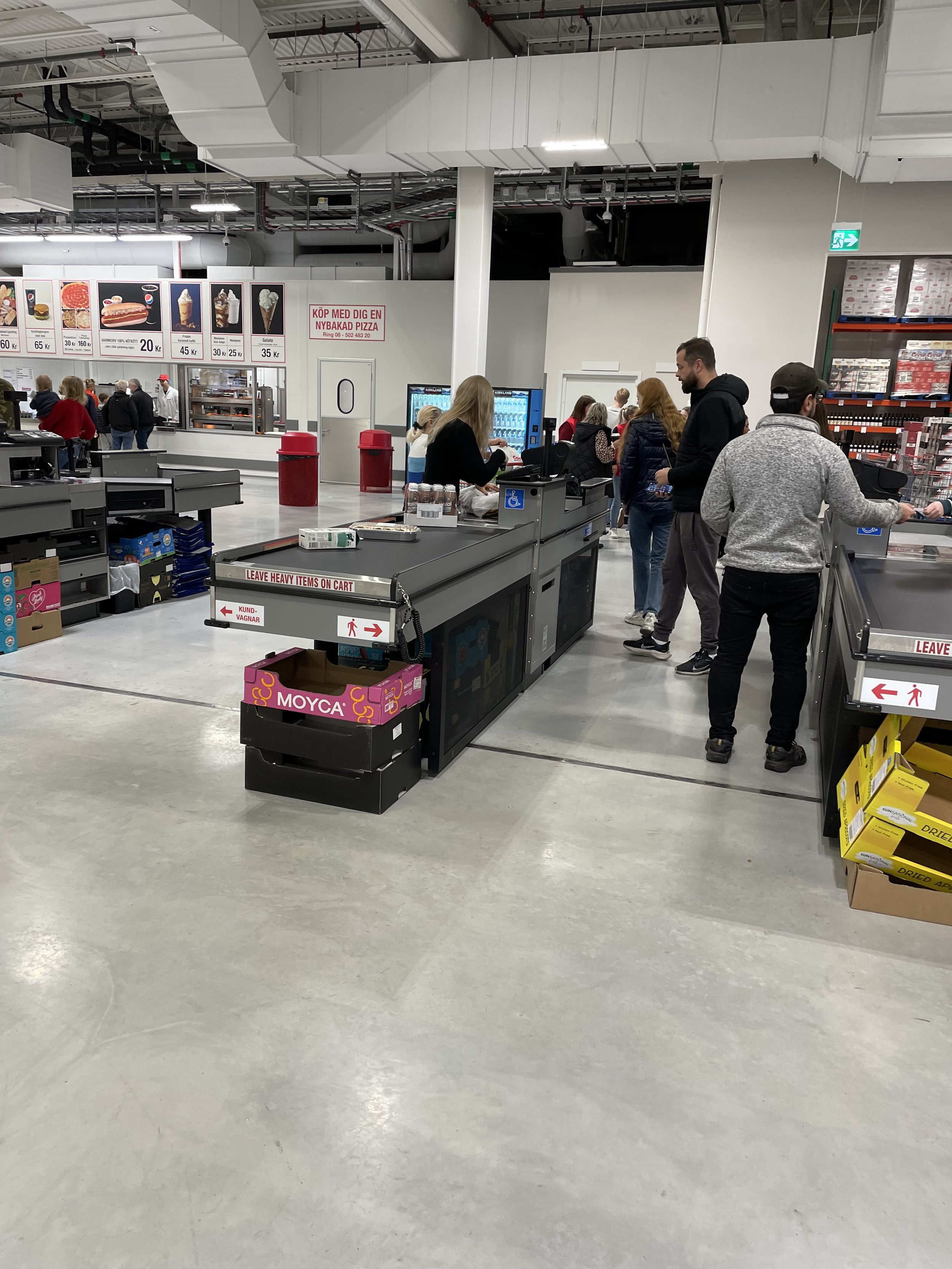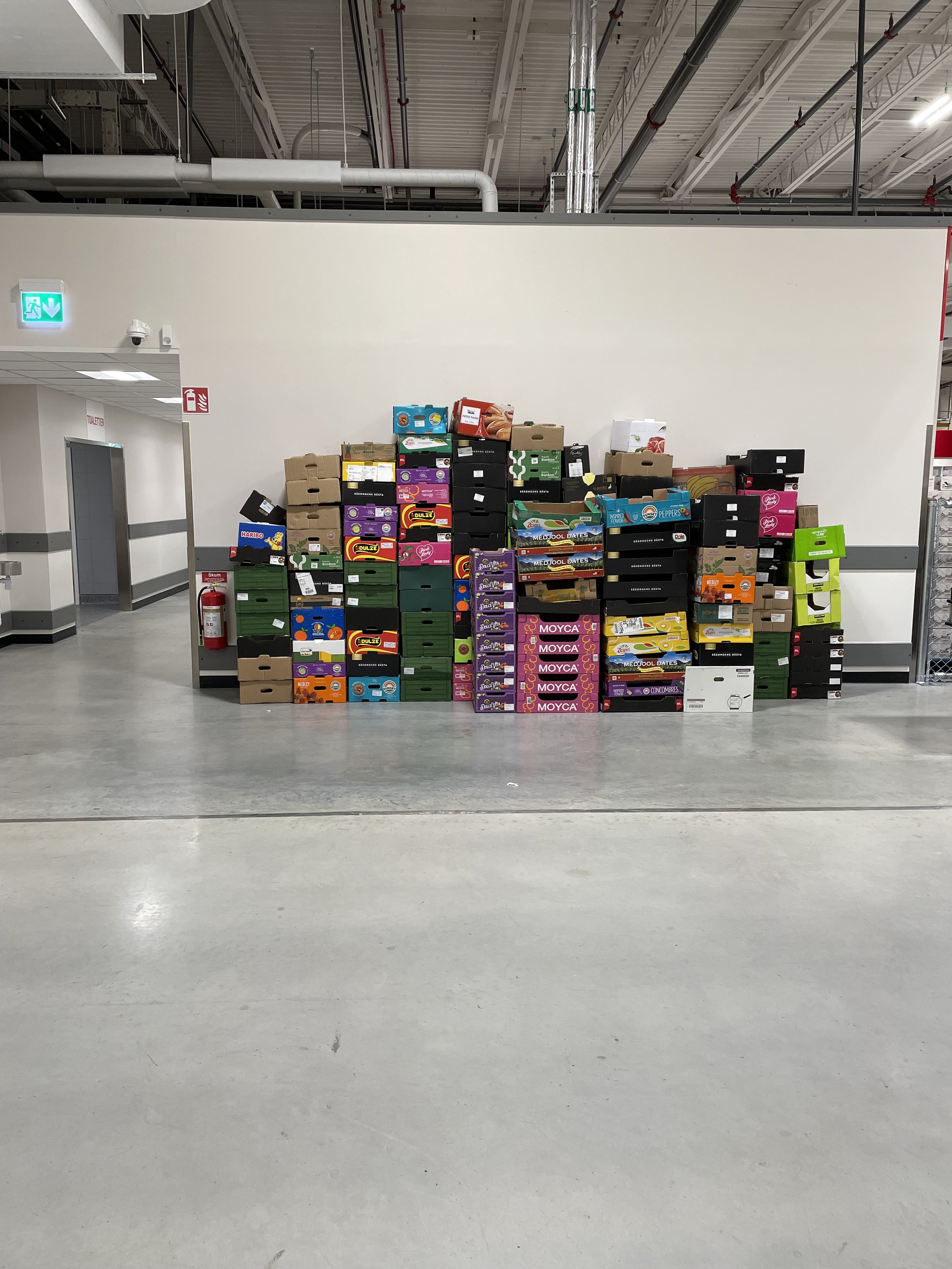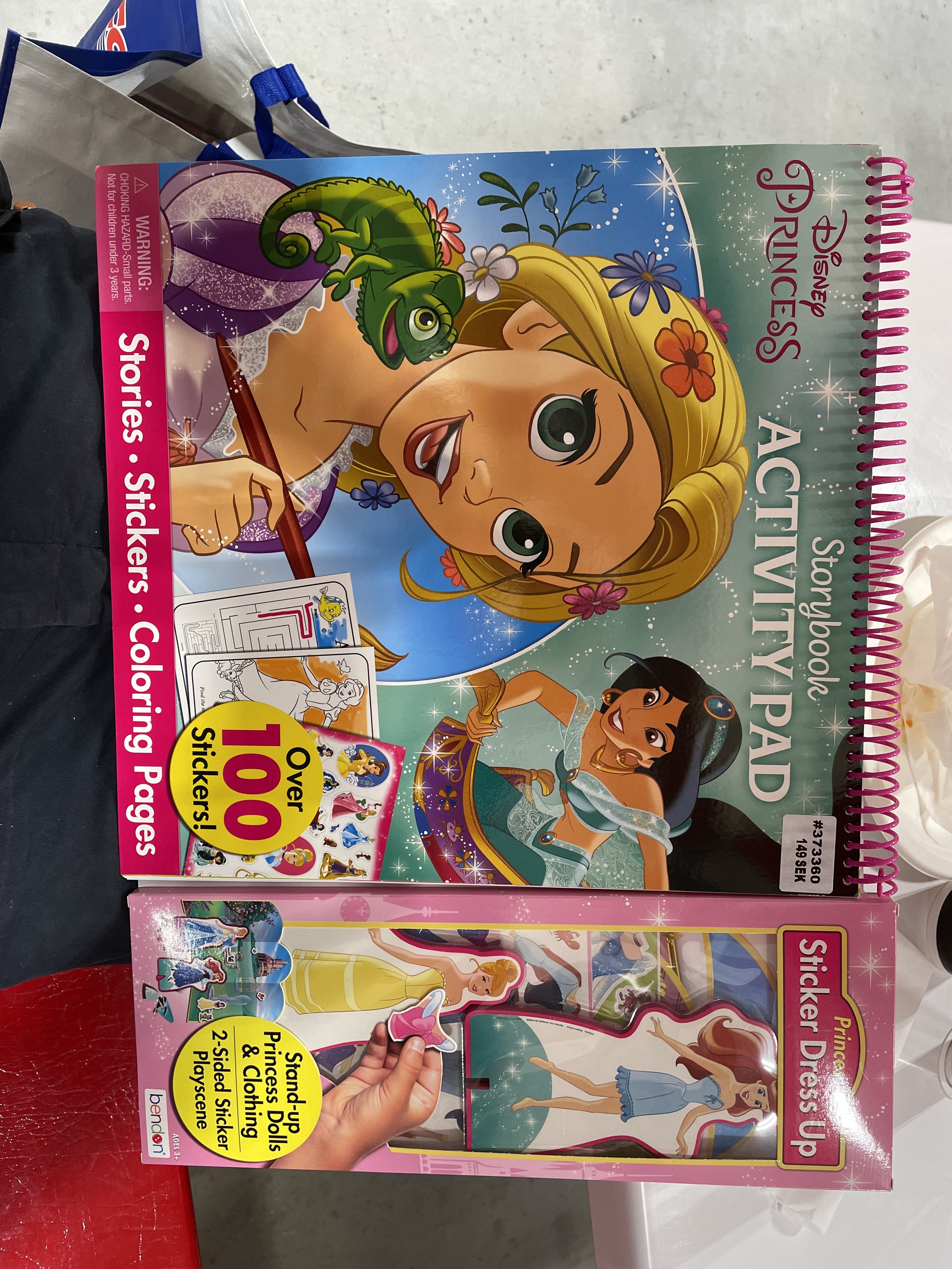This is America - Costo Arninge, Sweden
It’s 9.50 on a November Tuesday morning in foggy Arninge near Stockholm, Sweden. There is a long queue luring on the parking lot of a building which doesn’t seem special in any way. The building looks like a dull warehouse middle of nowhere.
Quite the opposite, this is the day we’ve been waiting for quite some time. We’ve come to see what Costco in the Nordics means.
The unique retailer
Costco is one of the few retailers in the world (alongside IKEA, Lidl, Aldi and maybe Inditex) with a unique business model that has often been imitated but never challenged successfully. Even the biggest of the big ones, Walmart, has yet to be able to challenge Costco in warehouse clubs.
The customer pays to become a Costco member for 500 SEK (about 50€). Only after paying the annual fee can one enter the store.
In Arninge, the doors opened at 10.00, and people rushed towards the counters that sold the memberships. After queuing for a short while, we got our membership cards. Finally, we were ready to go into the warehouse.
Staff checked our membership cards at the entrance, and we were good to go.
Huge store with a limited assortment
First impression of the store was its vast size. Costco Arninge is 13 000 m2 on one level. When the height of the store is added, one can see that the place is filled with products. Hundreds of pallets stockpiled neatly all over the store.
What is surprising is how Costco has such a wide assortment. Although the company operates with 4 000 SKUs, the assortment variety is enormous. One can find everything from freshly made sushi and Waguye burgers to human-sized Mickey Mouse and massive Christmas decorations to a pair of Levi’s 501. And this is just the tip of the iceberg.
The feeling of a “treasure hunt” is one of Costco’s strengths. People keep coming back because there is something new and exciting every time.
What makes Costco different, among other things, is the large number of people working at the store. Costco Arninge employs over 250 people. In the store, it is noticeable how much there is the staff. And the staff seems helpful and smiling despite being very busy during the opening. One staff member told us: “It’s been crazy, but the only thing we can do is not stress about it and keep smiling and helping a colleague out”.
One thing that surprised us was that the prices weren’t as low as we had expected. For example, a grilled chicken in Costco was around 10€, whereas, in local ICA, it was seven. In the US, the same chicken costs $4,99.
Costco makes price comparisons very hard. They have products one can’t find anywhere else, so how can you compare the prices? Products like hot chocolate kits with a mug or a quesadilla set make it very hard to compare prices.
A different margin structure
The price difference difference between Sweden and the US might be a result of the different margin structure Costco operates. Costco famously has rather fixed (and low) margin for the products. The margin is simply added on top of the sourcing costs. When Costco gets better sourcing terms through increasing volumes, margins are not increased. The company simply lowers the price of the products.
This creates a positive cycle of decreasing prices and increasing volumes. This subsequently tends push down the sourcing costs, which help in reducing prices and the cycle keeps on turning…
Is Costco crazy or genius?
After the visit, one can’t help but wonder whether Costco, with all its complexities and weird products, is crazy or a brilliant business concept. From the efficiency perspective, Costco is totally on a different level. Vast amounts of products piled on pallets make it efficient for the staff to move products around in the stores and other parts of the logistics chain.
The big piles of the same products also make it easy for the customer to perceive the store at a glance. Neat rows of the same products create an impression of a clean and uncluttered store. The clarity of the store makes shopping much more straightforward and, dare one say, more enjoyable.
The product assortment at the Costco store is an exciting mixture of consumer products and products designed more for restaurant clients (for example, a 10kg bag of rice). Costco truly is a store full of contradictions. From cheap Kirkland jeans or in-store baked buns to huge Transformer figures (costing 20 000 €) or World War II-themed electric bikes. Costco sells products from all categories but only has one or two varieties.
The contradictions are baffling to an outsider. Alongside gigantic piles of one-kilo jars of cashew nuts (Costco is the world’s biggest seller of cashew nuts) and eight pack of 1,5 litres of Coca-Cola are beautiful bouquets of flowers or books with photographs from all Chanel Catwalk shows.
Also, the low-priced store with the famously fixed-priced hotdog & cola bundle (20 SEK) has multiple services. The services include Optician, Pharmacy, In-store bakery (customers can order a personalised cake) and tyre installation service.
Costco is proudly a store for both consumers and business-to-business customers. Costco knows where it is excellent and efficient, and they are unwilling to compromise to serve something extra. With this kind of mindset, Costco has been able to hone its business model to truly differentiate and become a strange but significant force in the world of retailing



